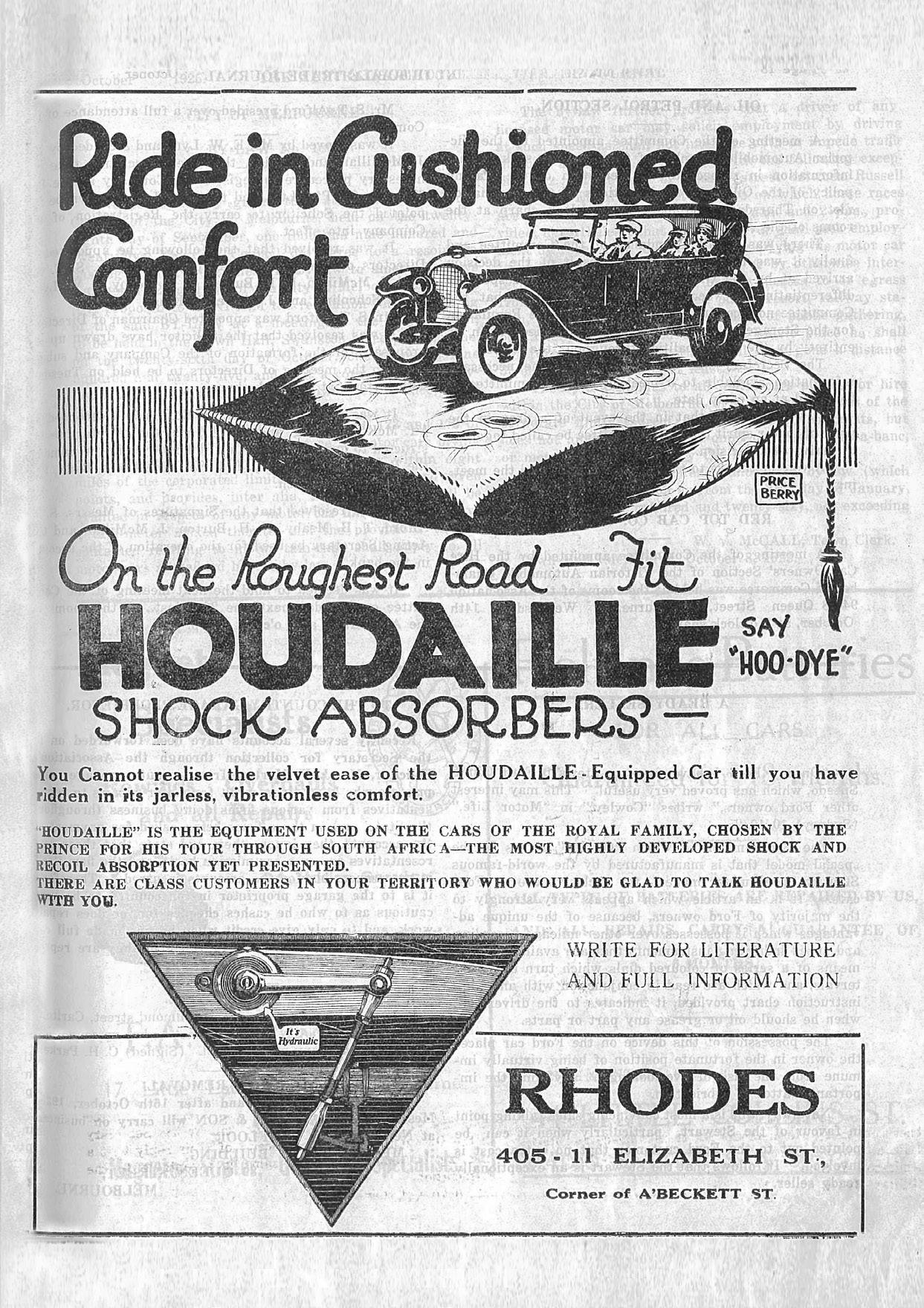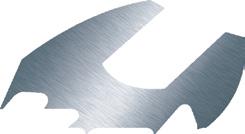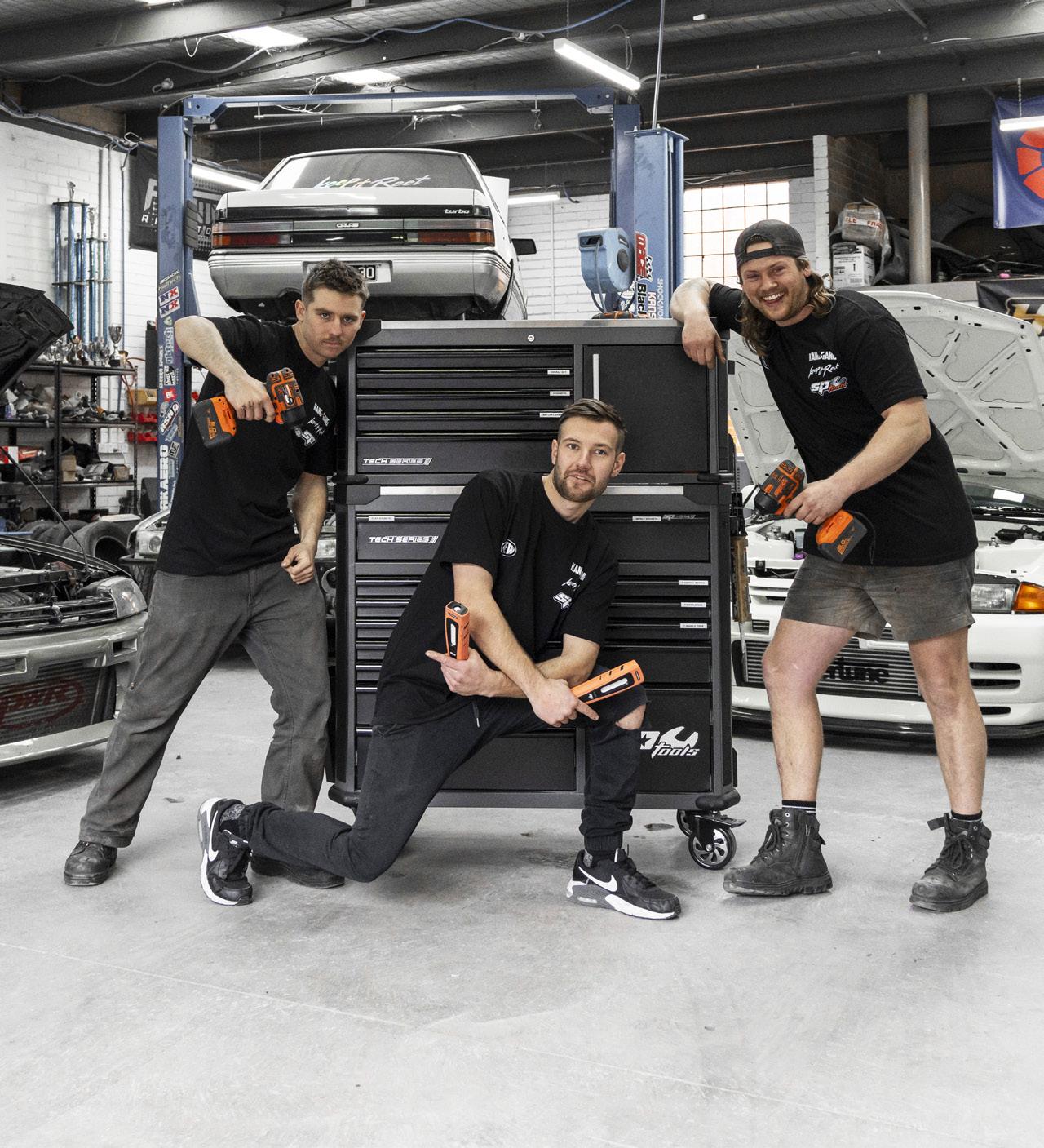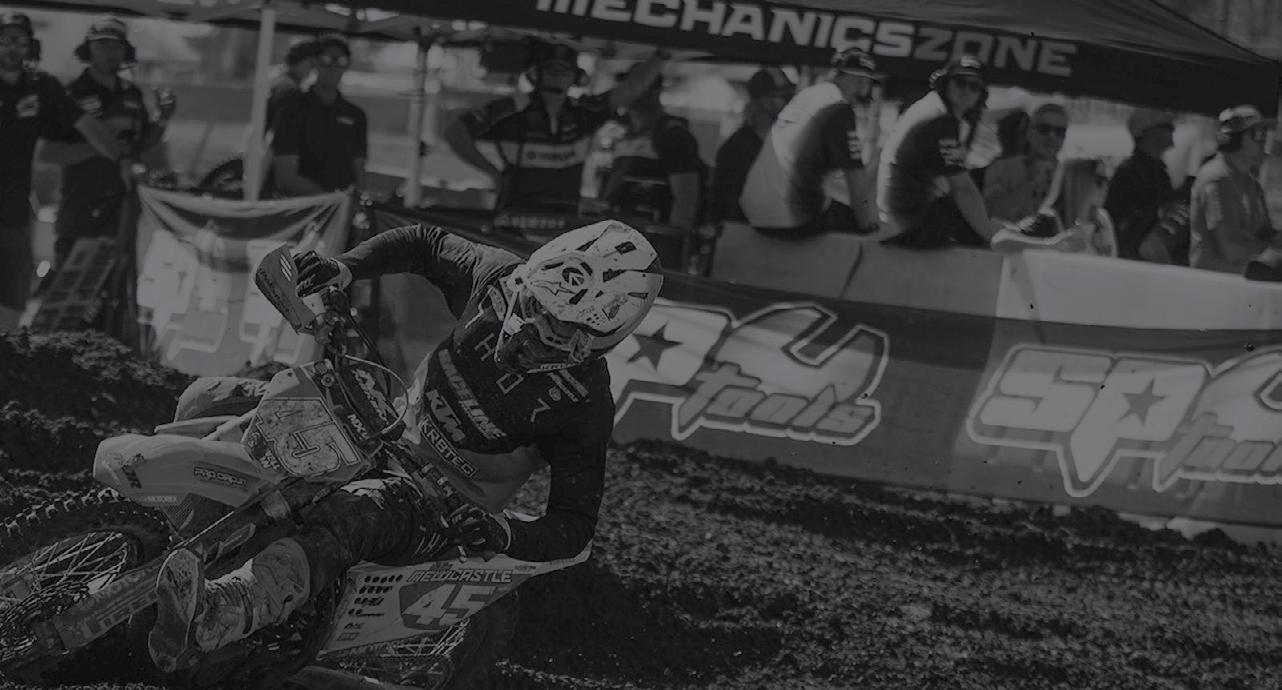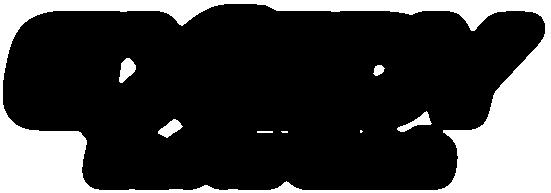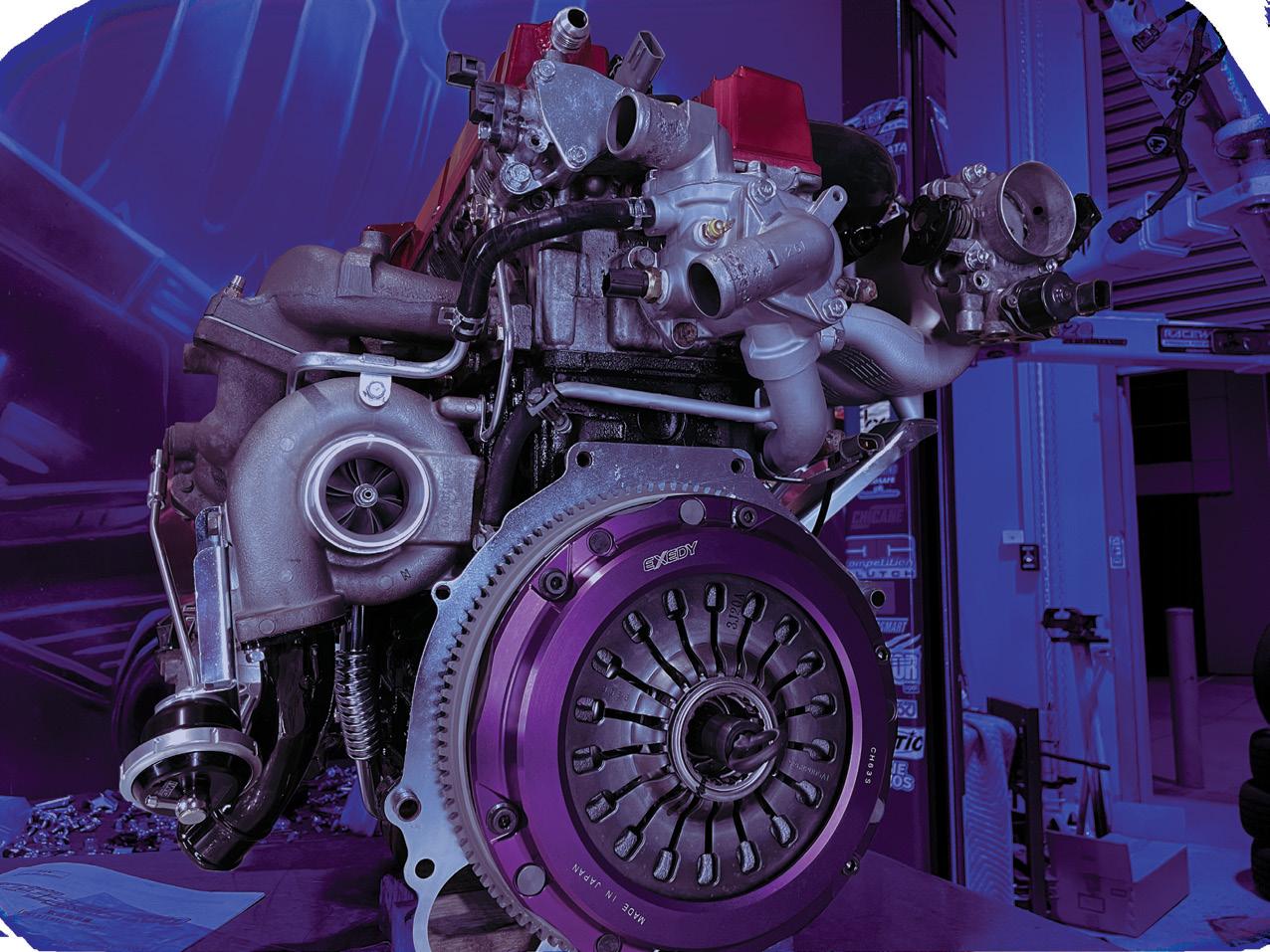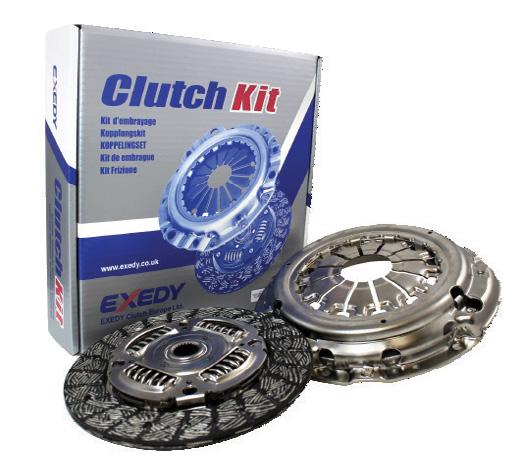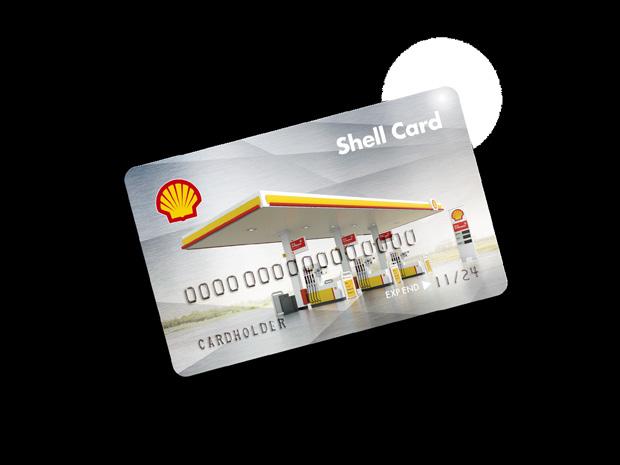
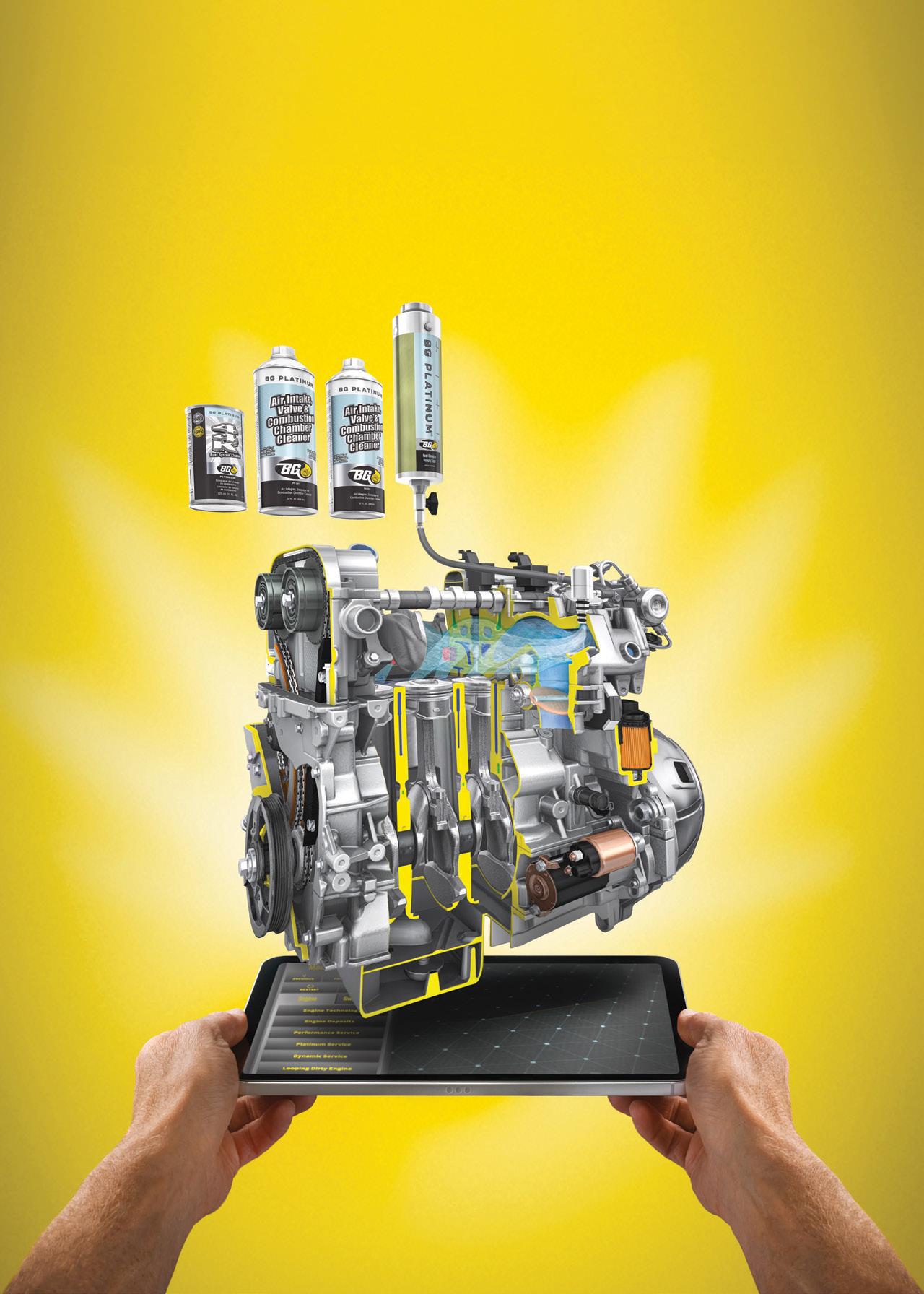




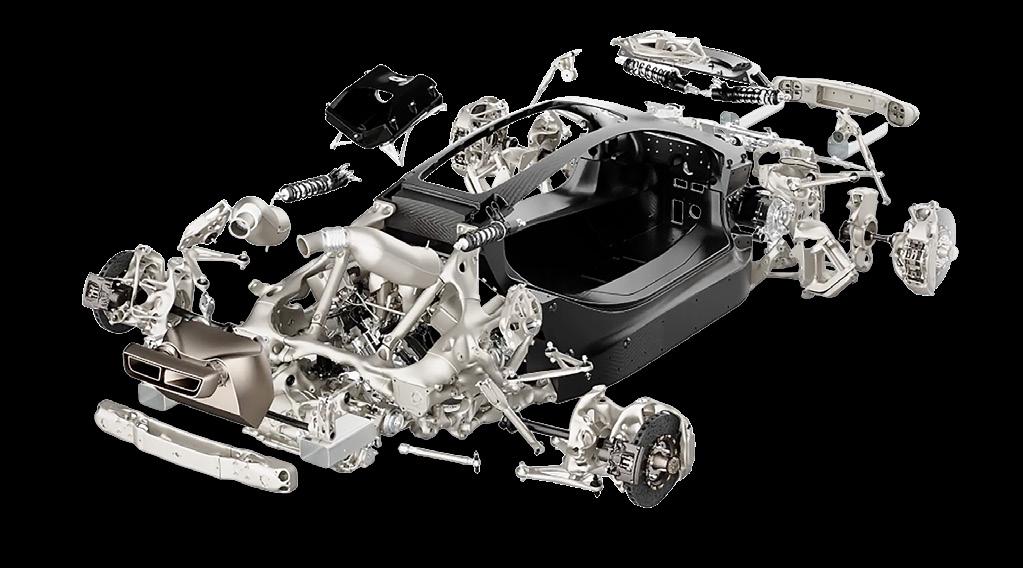
The Aussie workshop printing their way to a new tomorrow
Tullamarine Collision Repair
Inside Tullamarine Collision Repair, where old-school craftsmanship lives on
The winner of the Barbara Cox Award is announced.
From car parts to tomatoes DENSO translates their skills into making plants grow optimally.
National Bush Summit
The 2025 National Bush Summit, a turning point for regional and rural businesses
We celebrate 50 year member Junction Tyre & Auto Services
How OTA updates are changing everything under the hood.
Under Cover
Donate your car to Kids Under Cover
Tasmania’s Automotive Training gets a major boost
How technology is transforming Australia’s independent workshops
How VACC’s 40,000-volume library solves problems others can’t.
VACC MotorTech
VACC MotorTech looks at the patterns we see in dual cab ute repairs
MANAGING EDITOR
Karla Leach | 03 9829 1247 vaccautomotive@vacc.com.au
SUB-EDITOR
Andrew Molloy
DESIGNERS Faith Perrett | Gavin van Langenberg creativeservices@vacc.com.au
CONTRIBUTORS
John Caine, Andrew Molloy, Rod Lofts, Bruce McIntosh, Daniel Hodges, Nigel Muller
CORPORATE PARTNERSHIPS
John Eaton | 0407 344 433
jeaton@ourauto.com.au
PRESIDENT Craig Beruldsen
CHIEF EXECUTIVE OFFICER
Peter A. Jones
Official publication of the Victorian and Tasmanian
478 209
Connect
"For the VACC, this valuable information forms the foundation of our policy agenda and gives authenticity to our advocacy work."
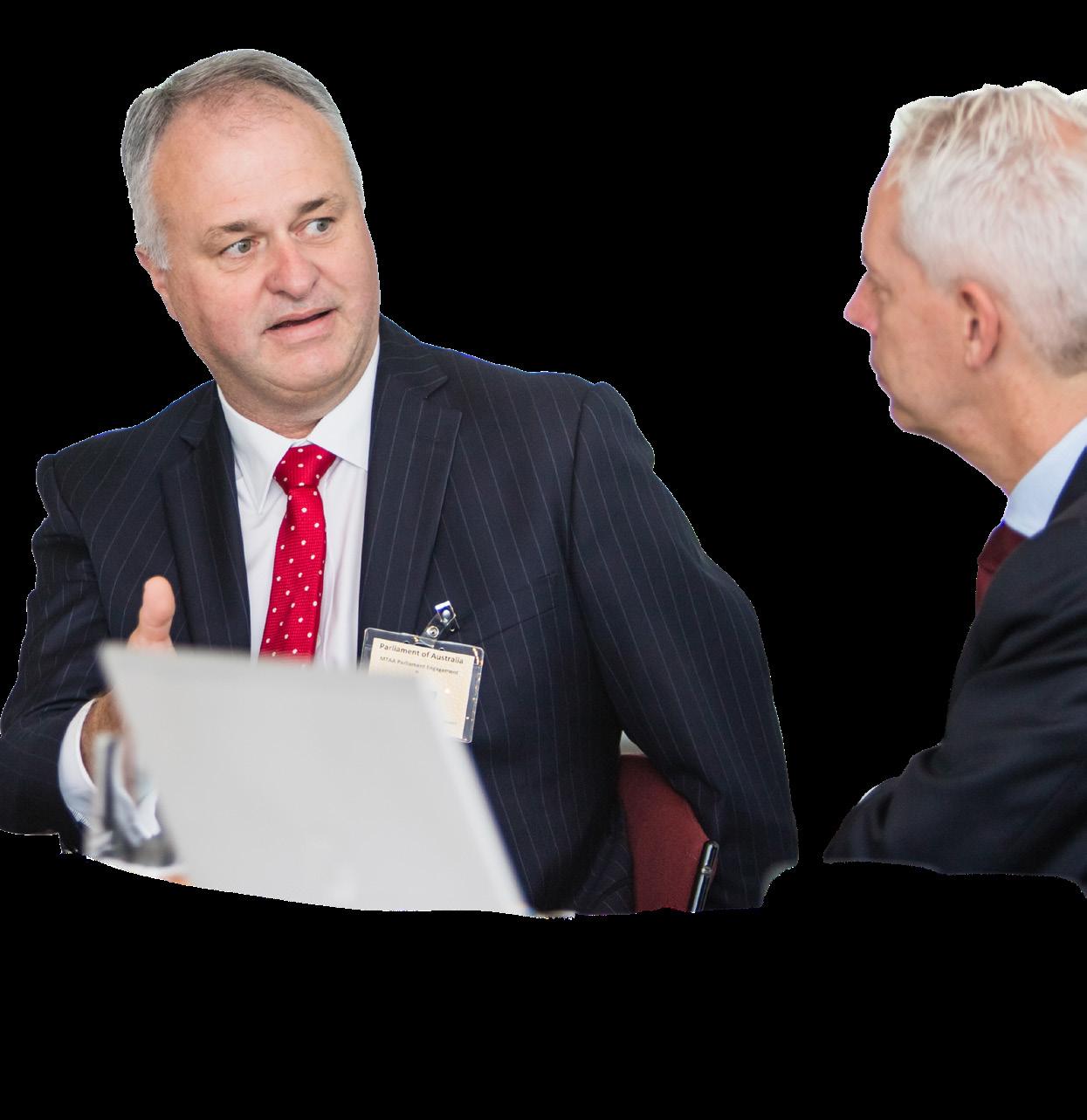
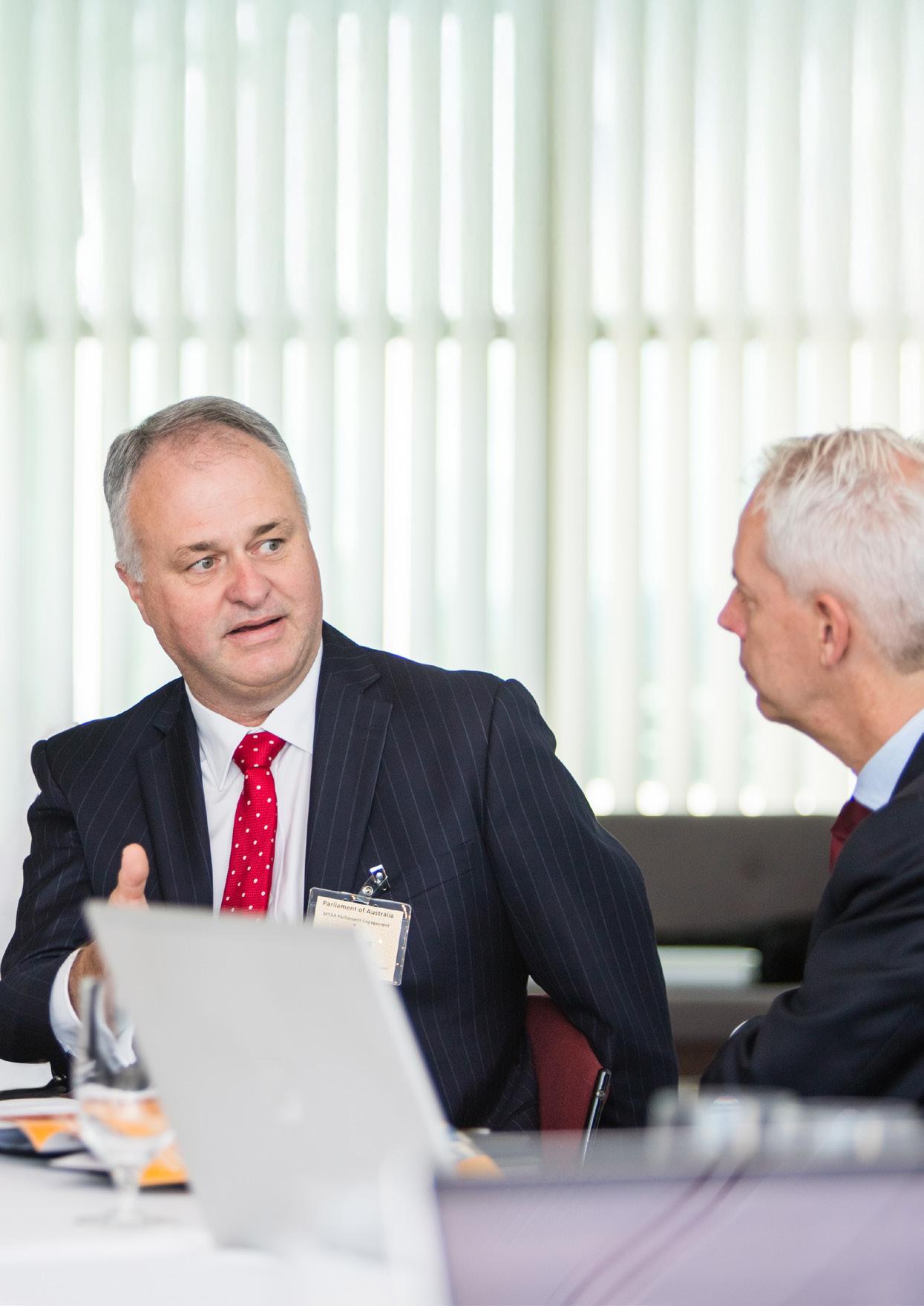


Peter A. Jones Chief Executive Officer
I am constantly reminded that one of our greatest strengths is the voices of our members. Every day, businesses across Victoria and Tasmania share their experiences, frustrations, and ideas with us. This feedback is the engine that drives our advocacy, shaping the policies we pursue and the outcomes we deliver on behalf of the industry.
Member feedback provides us with the realworld experiences that no government report or consultancy paper can replicate. It captures the challenges faced on the workshop floor, the showroom, the parts counter, or the body shop. It reflects what matters most to employers, apprentices, and staff who keep our industry moving. For the VACC, this valuable information forms the foundation of our policy agenda and gives authenticity to our advocacy work.
The results of this approach are clear. In recent months, we have secured meetings with politicians and senior officials across multiple government departments to ensure that the concerns of our members are heard at the highest levels. These meetings are scheduled with clear purpose; they are direct responses to the issues our members raise.
Member input has been instrumental in our campaign on the Luxury Car Tax (LCT). For years, members have told us that the LCT is outdated, unfair, and penalises both businesses and consumers. By amplifying those voices through media engagement and policy submissions, VACC has kept pressure on government to reform this tax, ensuring that decision-makers cannot ignore the impact on the ground.
Another example is e-bike regulation. Rising concerns from members about safety, compliance, and inconsistent standards prompted us to
engage publicly and politically on this issue. By highlighting members lived experiences, such as unsafe modifications and the risks they pose to road users, we have influenced public debate and generated strong media coverage that puts pressure on regulators to act.
Our role in reviews of various codes of conduct also stems directly from member feedback. When members report that certain rules are not practical, fair, or reflective of modern business operations, we elevate these concerns into review processes. This ensures that the industry’s regulatory framework is informed by the businesses it affects. The common thread across all these examples is that member voices carry weight. They give legitimacy to our advocacy and credibility in media debates. Policymakers are more willing to listen when we can show that our positions are backed by thousands of businesses employing tens of thousands of people. The media amplifies our message because it reflects genuine industry concerns, not abstract theory.
In short, our advocacy is only as strong as the feedback we receive. That is why we encourage members to continue sharing their experiences with us, whether it’s a frustration about tax policy, an idea to improve regulation, or a concern about industry standards. Every piece of feedback, no matter how small, plays a role in shaping the bigger picture.
At the VACC, we believe that advocacy is not only about speaking for members, but also about speaking with them. Your insights ensure that we remain grounded, relevant, and effective. Together, we can influence policy, shape public debate, and deliver real outcomes that strengthen both your business and our industry.

The Victorian Government’s recent announcement—legislating a mandatory right to work from home for at least two days per week—reads like a solution in search of a problem. Certainly, no evidentiary basis was given to provide any justification.
Worse still, it’s a solution that fundamentally misunderstands how private sector businesses operate, particularly in sectors like automotive, where the rubber quite literally meets the road.
Premier Jacinta Allan’s proposal, unveiled at the Labor Party’s state conference, promises employees the legal right to work from home if an employee can reasonably do their job from home. On the surface, this might sound progressive.
Dig deeper, however, and you’ll find a policy that is divisive, threatens to impose more red tape and likely exceeds the state’s constitutional authority.
Facilitating business flexibility at home or legitimising ‘backyarders’?
Let’s start with the obvious: most automotive work simply cannot be done from home. Try diagnosing a faulty transmission via Zoom or conducting a wheel alignment from your kitchen table. The industry relies on physical interaction with vehicles, specialised equipment, and calls for face-to-face customer service. Facilitating the performance of automotive work at home might also legitimise unlawful ‘backyarders’, whom the legitimate retail automotive industry has been fighting against for decades. Does the Victorian Government know better than Victorian employers how to best operate their business?
The vast majority of private sector businesses are run by small business operators, many of whom simply do not have the resources to effectively
facilitate the safe performance of work from home – including in circumstances where it might otherwise be reasonable for a larger business.
Yet this legislation would treat a small private sector business the same as a large government department. Perhaps more importantly, it presupposes that employers should not have the right to determine the location at which work is performed by their employees in the best interests of the business.
The proposed legislation will also introduce division within workplaces between employees that can (and want to) work from home and those that do not. Further unnecessary disputation will also inevitably arise between employers and employees over whether a role can reasonably be performed at home.
Putting aside the validity of the Victorian Government’s unjustified claims that working from home improves productivity and is good for business, the move to mandate also echoes the same heavy-handed approach we saw from the Victorian Government

"Rather than creating new regulatory barriers, Victoria should focus on removing existing obstacles that prevent genuine workplace flexibility."
in the COVID-era lockdowns that severely impacted the ongoing viability of many small businesses.
The VACC has rightly called out this one-size-fits-all, Government knows best, mentality. Our opposition isn’t born from stubbornness—it’s rooted in operational reality and experience. When your business model depends on having skilled technicians and sales staff physically present to service and sell vehicles, mandatory remote work provisions become not just impractical, but an unreasonable risk to service quality and workplace safety. The jurisdictional questions are equally troubling. Victoria handed its industrial relations powers to the Commonwealth in 1996, yet we watch the state government attempt to regulate workplace arrangements already covered under federal Fair Work legislation. Past unsuccessful regulatory attempts
Many businesses will recall the
Victorian Wage Inspectorate’s pursuit of 94 criminal charges against a small business operator under the Victorian Wage Theft Act for alleged underpayments that occurred amidst COVID-19 lockdowns, before withdrawing all charges in the face of a High Court challenge in 2023. That expensive lesson should serve as a warning about the perils of legislative adventurism – and the appropriateness of such regulators making decisions as to ‘reasonableness’.
The timing of this announcement reveals the real motivation. With Victorian public servants stubbornly refusing to return to offices three days a week and productivity concerns mounting, the government appears to be deflecting from its own management failures by imposing restrictions on private enterprise.
Daniel Hodges Workplace Relations
As noted above, the federal Fair Work Act already provide employees the right to request flexible working arrangements in a range of circumstances, with employers able to refuse on reasonable business grounds. This approach balances the circumstances of the employee with the operational requirements of the business. Introducing additional overlapping rights under a different regulatory framework is a recipe for confusion and unnecessary conflict in the workplace.
The incoming Victorian psychological health regulations add another layer of complexity. Employers will soon face heightened obligations to identify and manage workplace risks—including those in employees’ homes. Mandating remote work whilst simultaneously increasing liability for off-site safety creates an impossible situation for conscientious employers.
The automotive industry doesn’t oppose flexibility where it makes sense. Administrative roles, some customer service positions and technical support functions can – and are –performed remotely where it works for both employer and employee. The keyword is “can”—not “must”. Forcing artificial quotas ignores the nuanced reality of business operations.
Rather than creating new regulatory barriers, Victoria should focus on removing existing obstacles that prevent genuine workplace flexibility. Strip away restrictive award provisions that hamper negotiated arrangements between employers and employees. Create space for innovation, not mandates.
The automotive sector employs thousands of Victorians and contributes billions to the state economy. These businesses deserve policies crafted with understanding, not ideology. We need governments that grasp the difference between a spreadsheet and a socket wrench.
Member feedback to VACC’s recent survey on this contentious issue was clear: The Victorian Government should lead by example: fix conditions within the public sector and leave private businesses to manage theirs.
Contact ir@vacc.com.au for more information.


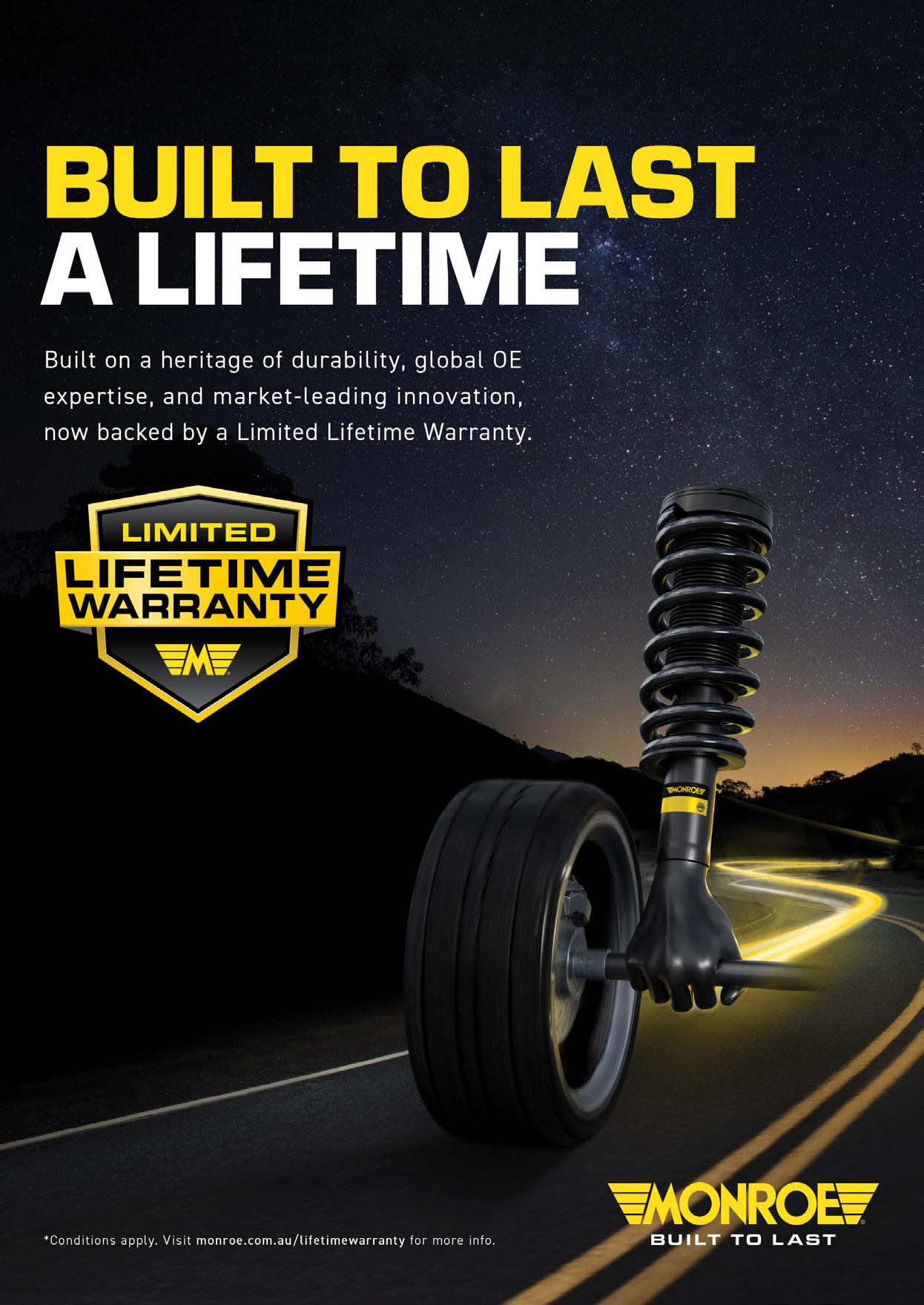
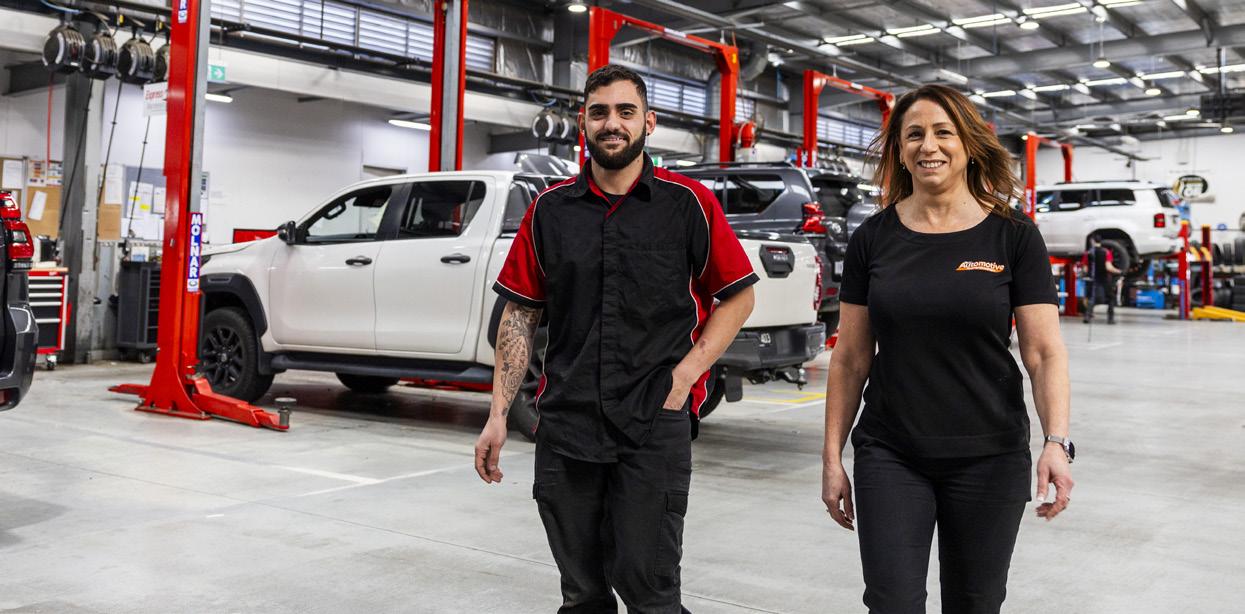
Let’s be honest – we’re facing a skills crisis in the automotive industry. Every workshop owner we speak to tells the same story: qualified technicians are harder to find than hen’s teeth, and when you do find them, they command premium wages. But here’s the thing that many businesses are missing: the solution isn’t just about poaching talent from competitors. It’s about growing your own.
Apprenticeships aren’t just a nice-tohave anymore – they’re a strategic business imperative. And if you’re not building apprenticeships into your long-term planning, you’re essentially planning to fail.
The business case that writes itself
The numbers don’t lie. Businesses that invest in apprenticeships see tangible returns that go well beyond just filling skills gaps. Research consistently shows that for every dollar invested in apprenticeship training, businesses see impressive returns. Industry research tells us that employers typically achieve returns of $1.47 to $2.00 for every dollar invested in apprenticeships. That’s not just good business—that’s brilliant business. However, the benefits run deeper than the bottom line. Apprentices bring fresh energy and perspective to your workshop. They’re eager to learn, adapt quickly to new technologies, and often become your most loyal employees. Why? Because you’ve invested in them from day one.
Consider this: while you’re scrambling to recruit experienced technicians who might jump ship for a better offer next month, your apprentice is learning your systems, your culture, and your way
of doing things. By the time they’re qualified, they’re not just skilled – they’re custom-built for your business.
The strategic long game
The smartest workshop owners I know think like chess players – they’re always three moves ahead. They understand that today’s apprentice is tomorrow’s senior technician, and potentially next decade’s workshop supervisor or even business owner. With Australia’s ageing workforce and the rapid evolution of automotive technology – from electric vehicles to advanced driver assistance systems – the skills shortage isn’t going away anytime soon. In fact, it’s likely to get worse before it gets better. The businesses that thrive will be those that start developing their talent pipeline now. Apprenticeships also future-proof your business against technological change. As automotive technology evolves at breakneck speed – from hybrid powertrains to autonomous driving systems – apprentices are up for the learning challenge. While experienced technicians might resist new systems, apprentices embrace them as digital natives who adapt to advanced diagnostic equipment and software updates without batting an eyelid.
Beyond the workshop floor
The benefits extend beyond technical skills. Apprenticeships demonstrate to your existing team that you’re committed to professional development. They show customers
Nigel Muller Training and TACC
Contact
that you’re investing in quality service for the long haul. And they position your business as a leader in the community – someone who’s willing to give young people a start.
From a practical standpoint, apprentices also provide operational flexibility. They can handle routine maintenance tasks, freeing up your experienced technicians for more complex diagnostic work. It’s about working smarter, not just harder.
Making it happen
If you think this all sounds great in theory but wonder about the practical challenges, you’re not alone. Managing apprentices can seem daunting, especially for smaller workshops already stretched thin. That’s exactly why organisations like VACC exist. As Australia’s largest automotive apprentice employer, we’ve developed systems and support structures that take the headache out of apprentice management while maximising your business’s benefits.
Whether you’re considering your first apprentice or looking to expand your training programme, the VACC and TACC apprenticeship team has the expertise and solutions to help your business succeed.
The question isn’t whether you can afford to invest in apprenticeships –it’s whether you can afford not to. Your future self will thank you for making the smart move today.
autoapprenticeships@vacc.com.au
for more information.









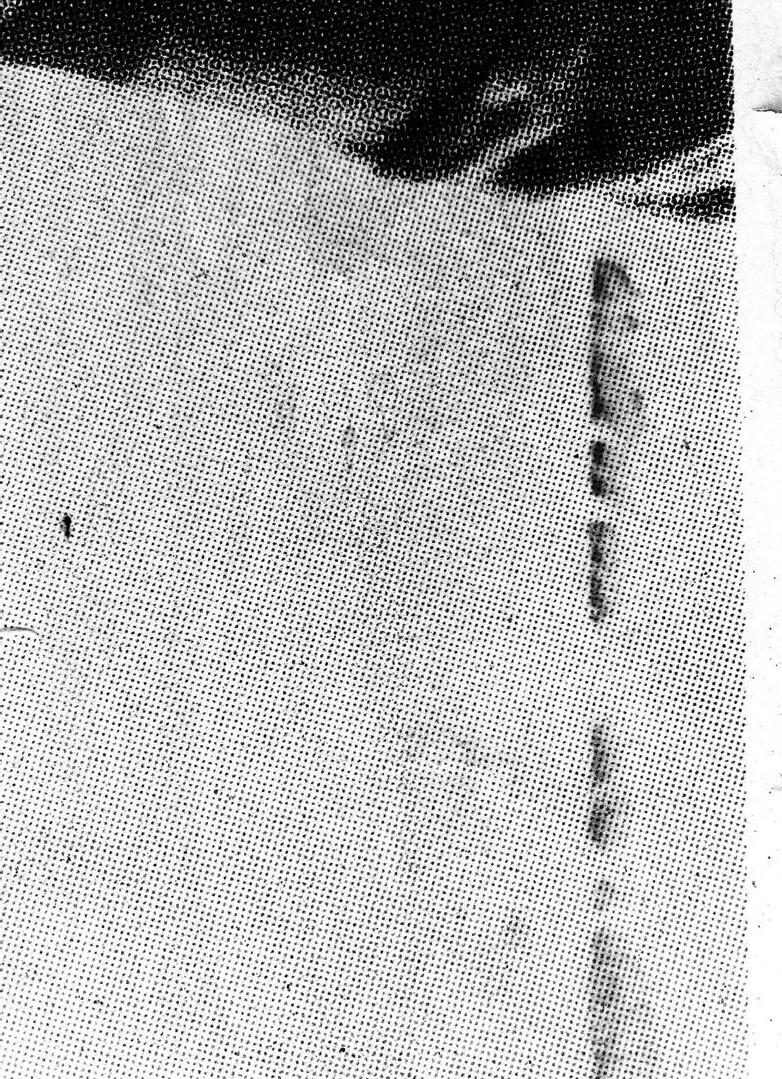




The Australian automotive sector finds itself in a curious position this year— watching the federal government roll out the red carpet for international trade whilst key export markets shut the doors ever so slighty. It's a tale of mixed fortunes that's reshaping how the industry thinks about its future.
The Albanese government made headlines in August by announcing plans to scrap another 500 tariffs by mid2026, building on similar cuts made last year. For automotive businesses, this should result in less paperwork, lower costs, and easier access to international suppliers. The government believes this will save businesses around $157 million annually whilst streamlining $23 billion worth of trade, numbers that should translate into real benefits for companies large and small.
The biggest winner appears to be the tyre industry. Australia imports nearly $4 billion worth of tyres each year, and removing these tariffs eliminates a bureaucratic nightmare that was costing businesses $32 million annually in compliance costs alone. The irony? These tariffs were only raising $80,000 for government coffers—a classic case of penny wise, pound foolish.
But there's a darker side to this story. Whilst Australia opens its arms wider to international trade, other countries are heading in the opposite direction. The United States, in particular, has thrown up significant barriers for Australian exporters, introducing hefty tariffs on automotive components and steel. For local manufacturers who've spent years rebuilding after car production
ended in 2017, this represents a serious threat to their survival.
Take a local gearbox manufacturer as an example. This company now faces situations where a $30,000 order attracts an additional $40,000 in American tariffs—effectively pricing them out of what was once a profitable market. These aren't struggling businesses we're talking about; they're the success stories of Australia's post-manufacturing transition.
Industry experts describe the situation as critical for the survival of Australia's remaining automotive component manufacturing sector. The federal government has promised a $50 million support package to help affected businesses, but whether this addresses the scale of the problem remains to be seen.
Despite these export challenges, Australia's position as an import destination looks increasingly attractive. Our automotive tariffs remain among the world's lowest at just 5%, compared to 10% in Europe or 25% on American light trucks. We've completely eliminated tariffs on electric vehicles, positioning the country for the clean energy transition that's reshaping global automotive markets.
The proof is in the numbers. Chinese automotive brands have surged into the Australian market, with four Chinese manufacturers cracking
John Khoury Industry Policy
our top ten sales charts for the first time. Meanwhile, American vehicle imports represent just a tiny fraction of our annual sales, highlighting how trade relationships with Asia-Pacific nations increasingly dominate.
Industry reaction has been cautiously optimistic about the domestic changes, though many note the importance of ensuring that the issue of tariffs does not distract from bigger policy challenges like skills shortages and technology transitions.
As the automotive landscape continues to evolve, the VACC maintains constant dialogue with the government both directly and through its membership of the Motor Trades Association of Australia (MTAA) and Australian Chamber of Commerce and Industry (ACCI), ensuring industry voices reach decision-makers in Canberra. As a recent example, VACC has worked closely with ACCI to inform a considered response to the Productivity Commission’s draft recommendations arising from its five inquiries to identify priority reforms under the Australian Government’s five pillar productivity agenda.
In an increasingly complex operating environment, this advocacy becomes more crucial than ever for protecting industry interests and ensuring policy-makers understand the realworld impact of their decisions.
Reach out to policy@vacc.com.au for more detail.

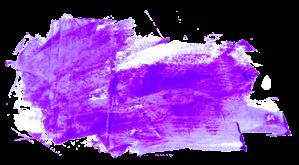

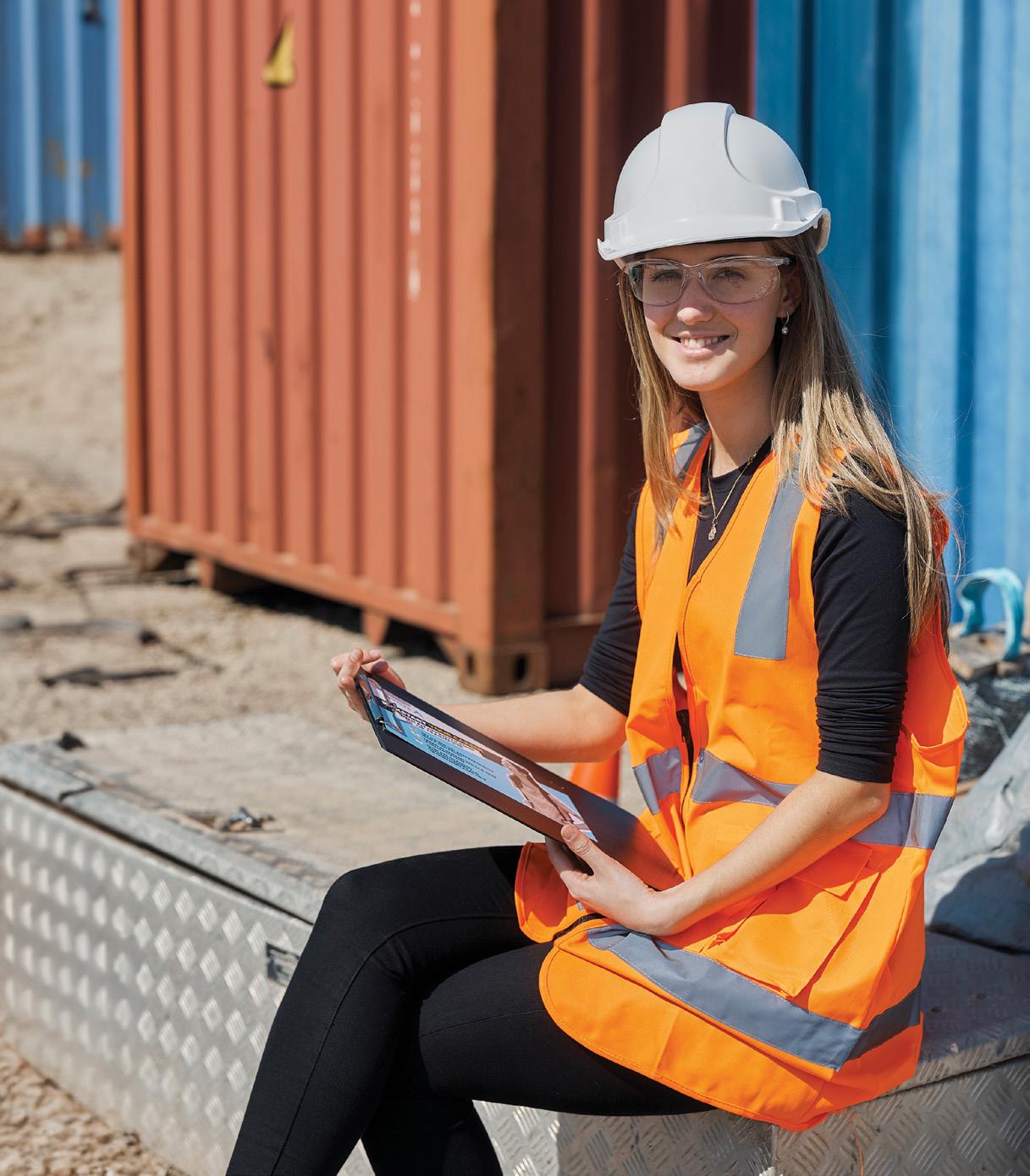
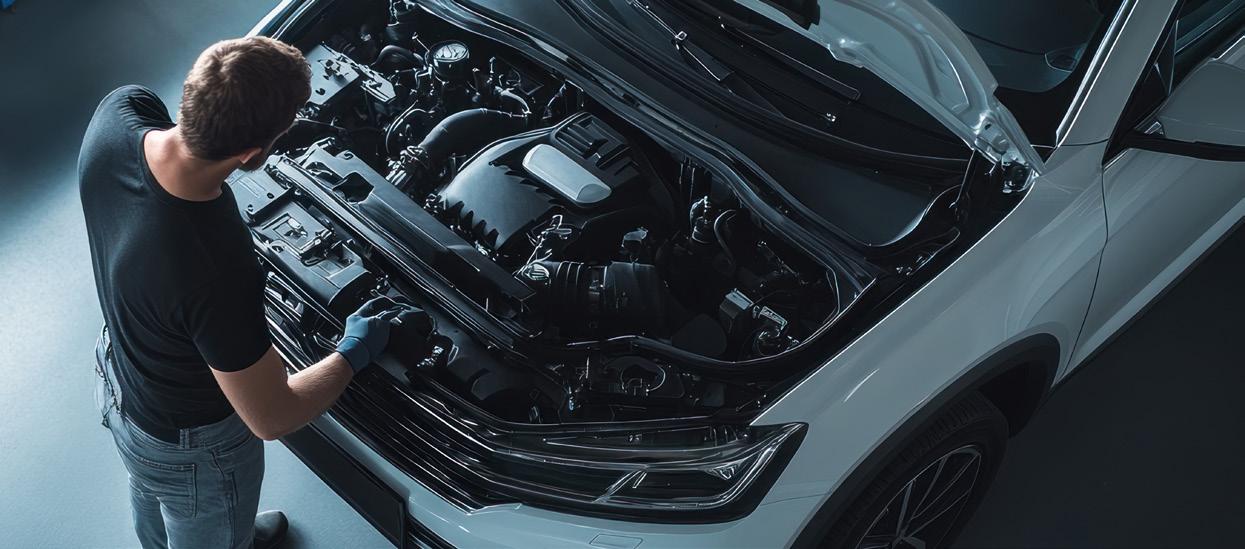
When you think about what drives Tasmania’s economy, agriculture, tourism, and manufacturing come to mind. But there’s another industry quietly powering all of these sectors, one that most people never consider until it stops working.
Tasmania’s automotive industry is the engine behind the engine. Every salmon that reaches mainland markets, every tourist who explores our wilderness, every construction project that builds our communities – they all depend on a network of vehicles that must be maintained, repaired, and kept running by skilled automotive professionals.
A silent ripple effect
Consider the ripple effect: Tasmania’s manufacturing sector, worth over $2 billion with $8.3 billion turnover, relies entirely on logistics networks. When a factory truck breaks down, production stops. When delivery vehicles fail, export schedules falter. Our automotive technicians don’t just fix cars – they keep our 64 per cent export-dependent economy moving. But here’s where it gets interesting for those of us in the trade.
Tasmania presents a unique market dynamic that’s both challenging and opportunistic. The island’s geographic isolation means that when something breaks down, you can’t just call the mainland for a quick replacement part run. Local automotive expertise isn’t just convenient, it’s absolutely critical.
The numbers tell a story that every workshop owner knows intimately. With Australia’s oldest vehicle fleet averaging 13.3 years, Tasmania’s motorists depend heavily on automotive services to maintain their
transportation. From healthcare workers reaching remote patients to farmers transporting produce across the state, reliable vehicles are the invisible infrastructure that makes everything else possible. For automotive businesses, this presents a goldmine of opportunity. While other states chase the latest model sales, Tasmania’s market is built on longevity, maintenance, and the kind of deep mechanical knowledge that keeps older vehicles running reliably. It’s a technician’s market in the truest sense.
Numbers behind the headlines
The industry’s $200-300 million annual contribution might seem modest, but we’re distributed across every sector in ways that traditional measurements miss. Agriculture, tourism, and construction all depend on our expertise – creating consistent, year-round demand that doesn’t fluctuate with economic cycles. When times are tough, people hold onto vehicles longer. When times are good, fleets expand. Either way, we have the opportunity to be busy.
Skills development that makes sense
Over 850 young Tasmanians are currently training in automotive skills because other industries need them – and that’s creating opportunities for established operators willing to invest in apprenticeships. Through the Skills Compact with the Government and comprehensive TasTAFE programs, we’re ensuring the next generation
Bruce McIntosh TACC Manager
can maintain the vehicles that power Tasmania’s economic future.
But here’s the kicker: these aren’t just traditional automotive skills. Electric vehicle training, advanced diagnostics, and hybrid systems are all part of the modern curriculum. Tasmania might have the oldest fleet now, but the apprentices coming through are learning tomorrow’s technology today. The island advantage
Tasmania’s isolation creates something you don’t find on the mainland: customer loyalty born of necessity. When your nearest alternative is a ferry ride away, local automotive businesses build relationships that last decades. This relationship-based business model suits the automotive industry perfectly – we’ve always been about trust, expertise, and long-term relationships. Looking forward
Without automotive expertise, Tasmania’s economy would grind to a halt. We’re not just an industry – we’re the industry that keeps Tasmania moving. For those of us working in automotive, that’s not just job security – it’s recognition of the essential role we play in maintaining an entire state functioning.
The Tasmanian automotive industry is proud of what we’ve built here: a sustainable, relationship-based model that proves there’s more to success than chasing the latest trends. Sometimes, keeping things moving is the most important job of all.
You can contact Bruce at tacc@tacc.com.au


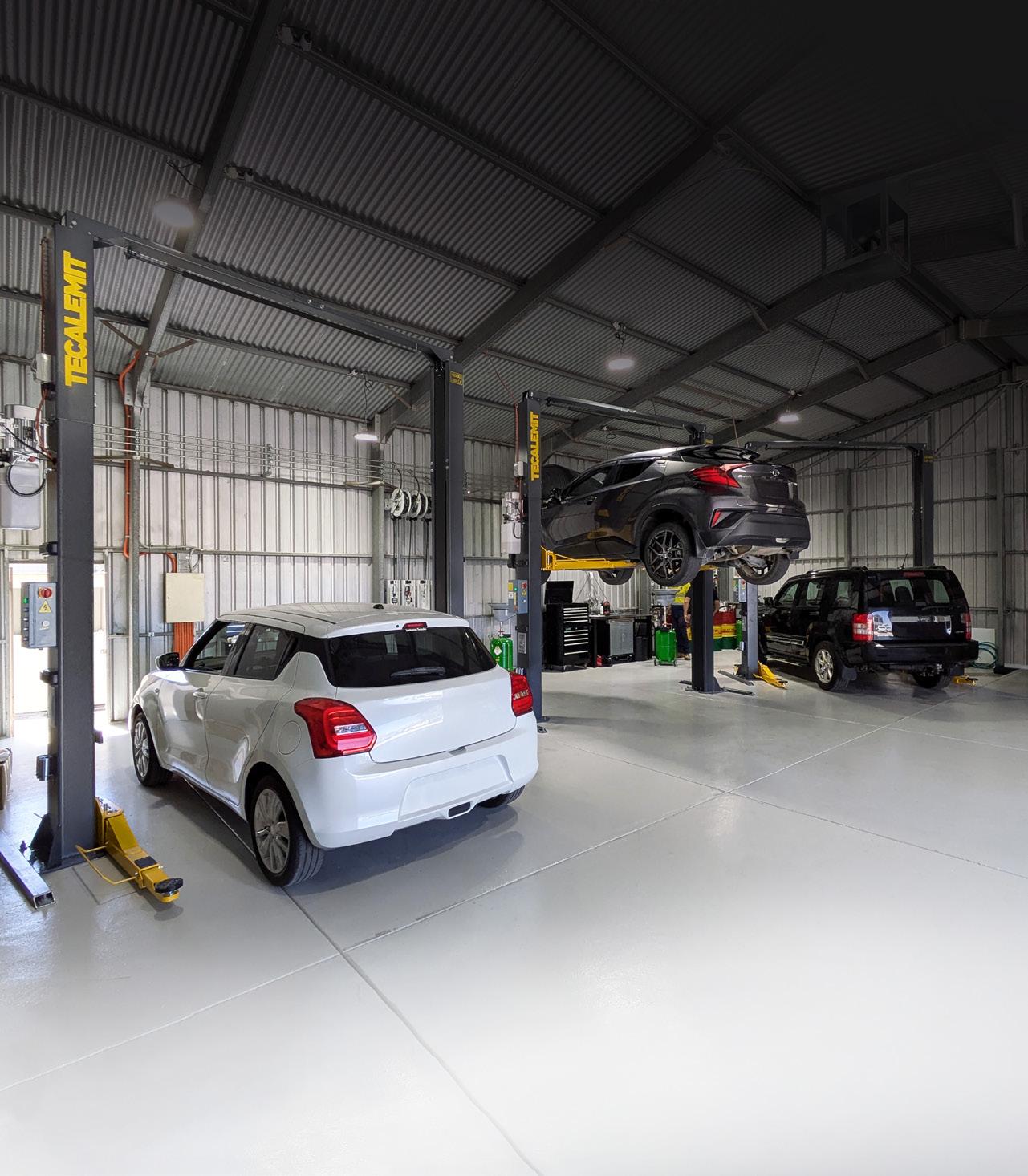
Explore our range of products or contact us to discuss how we can assist with your workshop. Free call 1800 685 577.
RAASM pumps have been an industry favourite for over 20 years. Ensuring performance and reliable flow throughout a workshop.
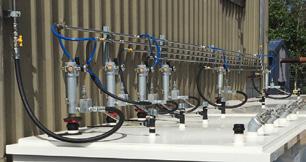
Australian made twin skin tanks are fabricated to your unique site requirements.
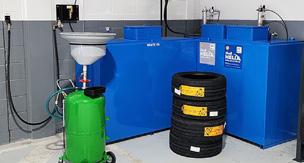
Stainless steel pipework for air, water and oil all help ensure product integrity and distribution throughout the largest of workshops.
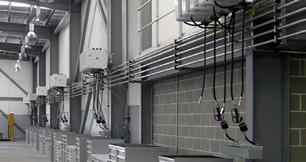

In today’s automotive sector, understanding consumer rights regarding vehicle quality is crucial for both suppliers and buyers. However, there are specific circumstances in which automotive suppliers may not be liable for quality issues, and being aware of these exceptions can save both parties considerable time and expense. When the consumer bears responsibility
The most common scenario where suppliers aren’t liable involves consumer behaviour. If a buyer uses their vehicle abnormally or fails to take reasonable steps to maintain it, they can’t expect warranty coverage for resulting problems. Think of the weekend warrior who clogs their 4WD’s radiator with mud during extreme off-road adventures, leading to engine damage from overheating. Or the homeowner who pushes their ride-on mower through metre-high grass—well beyond its intended use.
The law doesn’t explicitly define “abnormal use,” but common sense usually prevails. Vehicles aren’t indestructible, and how consumers treat them directly impacts their durability and performance.
The importance of prepurchase inspection
Another key exception involves buyer awareness. If a consumer examines a vehicle and those inspections should reasonably have revealed quality issues, the supplier isn’t responsible for those specific problems. This is particularly relevant in the thriving classic car restoration markets of Victoria and Tasmania, where vintage vehicles are often sold “as-is.”
For a 1970s muscle car project, a supplier isn’t obligated to remedy
obvious issues like chipped paintwork or faded trim that any reasonable inspection would reveal. However, they remain liable for hidden defects that even careful examination wouldn’t uncover.
The expectation for inspection varies significantly with the vehicle type. For new cars, buyers typically do not require an extensive examination; however, for restoration projects, a thorough inspection is expected.
Disclosed defects and clear communication
Suppliers can legally sell defective vehicles, provided they properly disclose issues beforehand. This requires clear, written notices displayed with the vehicle, expressed in plain language that consumers can easily understand. Simply labelling a car “as-is, where-is” isn’t sufficient.
Best practice involves a detailed, signed notice listing specific defects, with copies provided to the buyer and originals retained by the supplier. When properly disclosed, consumers forfeit remedy rights for those particular issues.
One area where suppliers face strict liability involves vehicle descriptions. Whether in catalogues, newspaper advertisements, or online listings, descriptions must be accurate.
A utility advertised as 4WD that turns out to be 2WD entitles the consumer to a remedy, regardless of any pre-purchase inspection. Similarly, any express warranties
John Caine Business and Consumer Affairs
or promises about performance, condition, or characteristics must be honoured; these can’t be waived through inspection clauses.
Building
For automotive suppliers, establishing clear processes around quality issues benefits everyone involved. Regular staff training on consumer guarantee obligations ensures consistent messaging to customers, whilst comprehensive documentation systems protect against disputed claims. Many successful suppliers implement standardised inspection checklists and defect disclosure forms, creating a paper trail that supports their position should disputes arise. This systematic approach not only provides legal protection but also demonstrates professionalism that builds customer confidence, even when selling vehicles with known issues.
The bottom line
Understanding these exceptions helps both suppliers and consumers navigate quality disputes more effectively.
For suppliers, proper documentation and clear communication about vehicle conditions provide protection.
For buyers, a thorough inspection appropriate to the vehicle type and understanding usage limitations prevents disappointment down the track.
The key is transparency, when all parties understand their responsibilities and the vehicle’s condition, quality disputes become far less common.
Email jcaine@vacc.com.au for consumer affairs guidance.


Picture this: you're standing in a workshop, watching as a machine methodically builds a custom engine part layer by layer, atom by atom. It sounds like science fiction, but it's happening right now in garages and workshops across Australia. Welcome to the 3D printing revolution that's quietly reshaping the automotive industry. From prototype to profit
At Dynomotive in Bayswater, what started as curiosity about emerging technology has evolved into a game-changing business strategy.
As one of the early adopters of automotive 3D printing, they've watched the technology mature from producing basic prototypes to manufacturing productionready carbon fibre components.
"We were among the first to see the
potential," explains their team. With a full-time CAD designer working alongside two upgraded 3D printing machines, Dynomotive has transformed from simply using the technology for their custom engine builds to becoming manufacturers themselves. Their carbon fibre parts, now available to purchase online, represent an entirely new revenue stream that didn't exist just a few years ago.
This isn't just about making cool gadgets – it's about solving real problems. When you're building custom engines, sometimes the part you need simply doesn't exist. Traditional manufacturing might require minimum orders of thousands of units, but 3D printing? You can make exactly what you need, when you need it.
The vintage car saviour Here's where things get really

interesting. Across Australia, restoration specialists are discovering that 3D printing is like having a time machine for car parts. Those impossibleto-find window latches for a 1960s Ford ? The dashboard trim for a classic Holden that was discontinued decades ago? They're being brought back to life, one print at a time.
Traditional parts suppliers can't justify manufacturing a window latch mechanism that might sell five units globally. But with 3D printing, that same part becomes economically viable. Small workshops are scanning original components, reverse-engineering them, and producing faithful reproductions that keep classic cars on the road instead of gathering dust in garages.
Following the leaders
It's worth noting that major OEMs have been quietly using 3D printing for years.
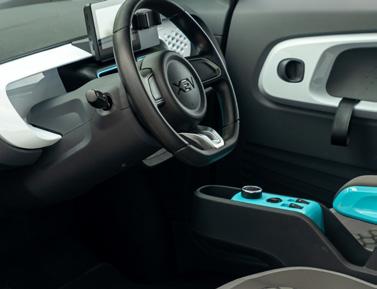
Their carbon fibre parts, now available to purchase online, represent an entirely new revenue stream that didn't exist just a few years ago.
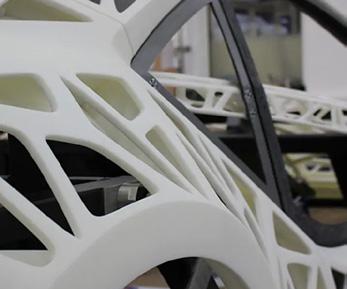
Audi, for instance, has long leveraged the technology to dramatically speed up their prototyping process, turning weeks of development time into days. What's changed is that this once-exclusive technology has now trickled down to workshops like Dynomotive.
The technical magic
Don't let the simplicity fool you – modern automotive 3D printing is seriously sophisticated. We're talking about materials that can withstand engine bay temperatures, carbon fibre composites stronger than traditional alternatives, and metals that match or exceed OEM specifications.
The real magic happens in the design phase.
Unlike traditional manufacturing, which requires expensive tooling and moulds, 3D printing allows for complex internal geometries that
"Imagine a future where every panel beater has access to on-demand manufacturing. Where getting a part for your 20-year-old car is as simple as downloading a file and hitting print."
would be impossible to achieve any other way. Need a part with internal cooling channels? No problem. Want to combine multiple components into a single, lighter piece? Consider it done.
The bigger picture
But here's the thought-provoking part: we're only scratching the surface. If small Australian workshops can already manufacture carbon fibre engine components and bring vintage car parts back from extinction, what happens when this technology becomes even more accessible and powerful?
Imagine a future where every panel beater has access to on-demand manufacturing. Where getting a part for your 20-year-old car is as simple as downloading a file and hitting print. Where customisation isn't a luxury but a standard expectation.
The automotive industry has always been about innovation, but 3D printing represents something different. It's democratising manufacturing itself. Small operators like Dynomotive aren't just competing with larger manufacturers anymore – they're creating entirely new markets and possibilities. The road ahead
As we stand on the brink of this manufacturing revolution, one thing is clear: the workshops that embrace this technology today aren't just keeping up with change – they're driving it. From Bayswater to Brisbane, Australian automotive professionals are
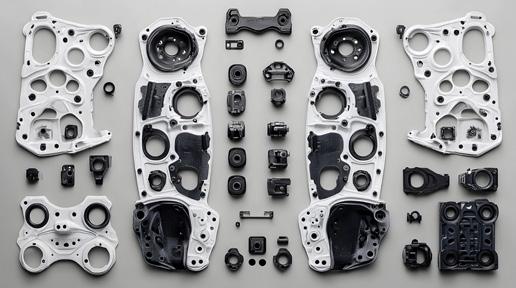
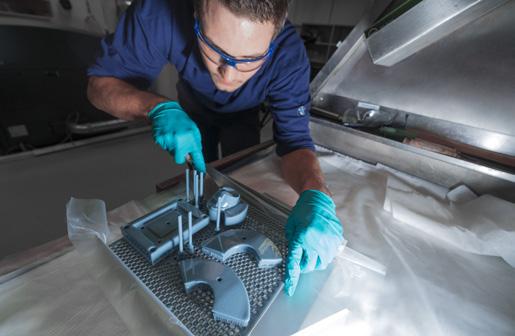
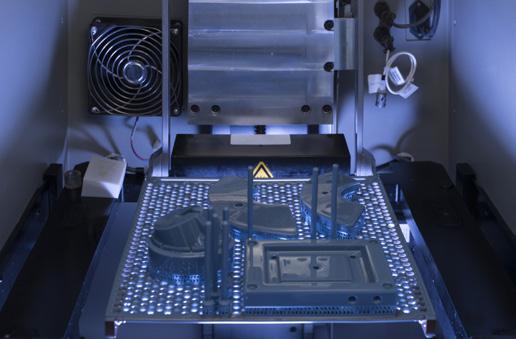
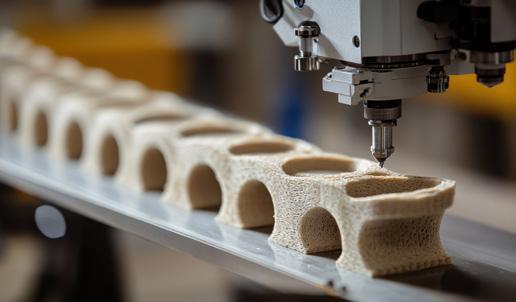
proving that the future of manufacturing isn't necessarily bigger or more centralised.
Sometimes, it's as simple as a machine in a workshop, building tomorrow's solutions one layer at a time.
The question isn't whether 3D printing will transform the automotive industry – it already has. The question is: what will creative Australian workshops dream up next?
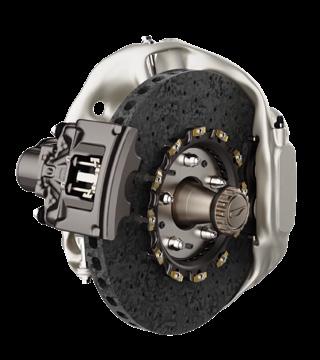
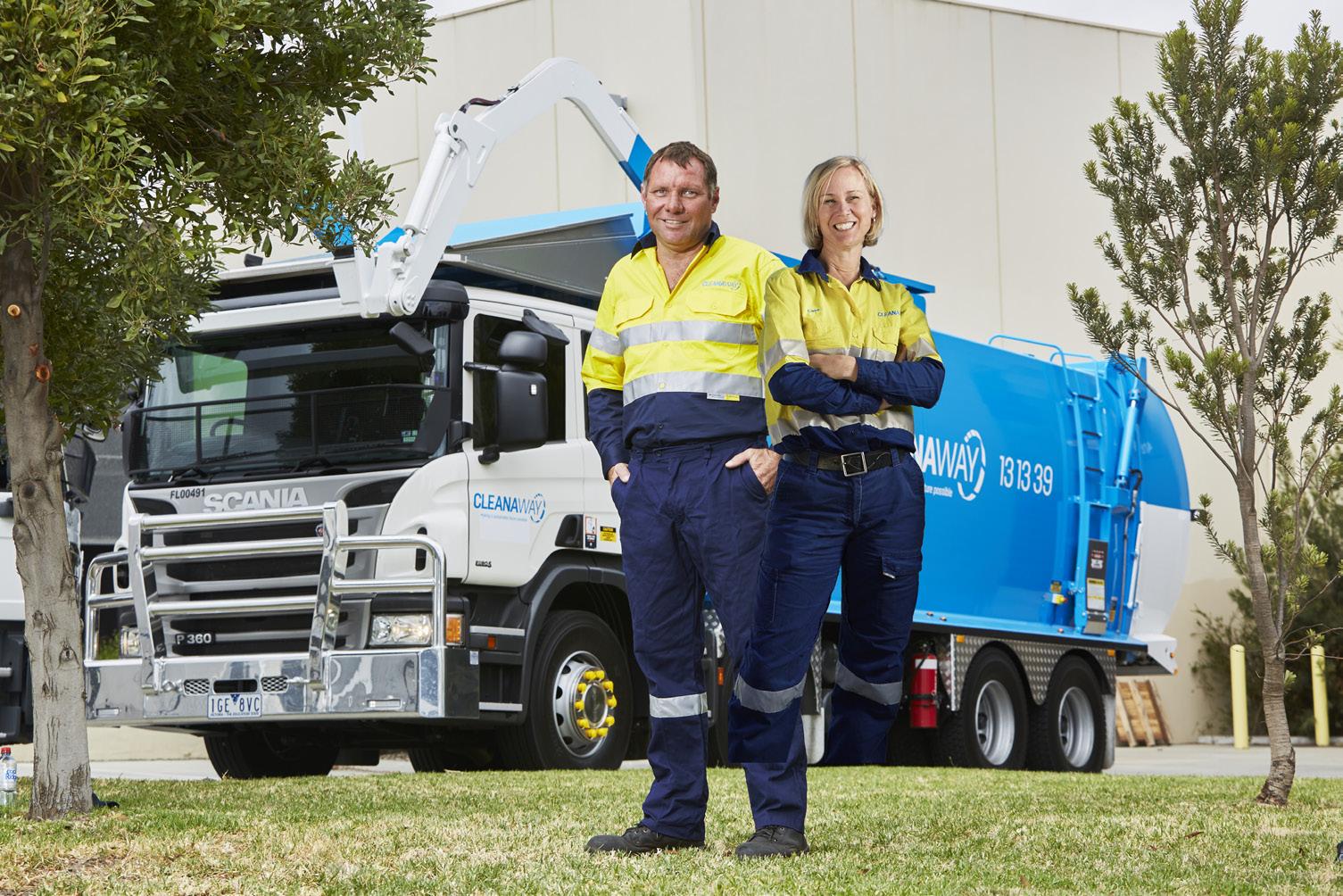
Cleanaway is Australia’s largest waste management provider and proud new VACC partner. With convenient locations across Victoria and Tasmania, we can build customised, competitive waste solutions for your automotive business, including:
General waste
Commingled recyclables
• Paper and cardboard
• Steel/aluminium cans and plastic
Liquid and hazardous waste
• Used mineral oil and oil filters
• Oily water, oily rags and other hydrocarbons
• Grease trap
• Pit and sump cleaning
Workshop and parts waste
Parts washer services
Industrial service capabilities
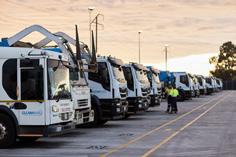
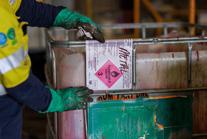
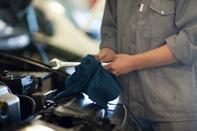
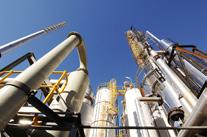
Call us today on 13 13 39 and mention VACC or visit our website.
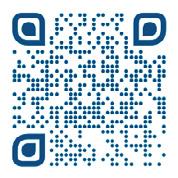

Toyota has revealed the first-ever performance hybrid LandCruiser, ushering in a new era for the legendary off-roader. Set to arrive in Australia in the first half of 2026, the LandCruiser 300 Series will feature a powerful one-motor hybrid system, making it the most potent version of the nameplate to date.
The new variant pairs a 3.5-litre twin-turbo petrol V6 with an electric motor generator in a parallel hybrid arrangement. The result is a significant boost in power and torque compared with the current 3.3-litre twin-turbo diesel, while retaining the LandCruiser’s trademark durability and off-road capability. Toyota says the hybrid system delivers smooth throttle response across all terrains, ensuring strong performance on both highway and outback tracks.
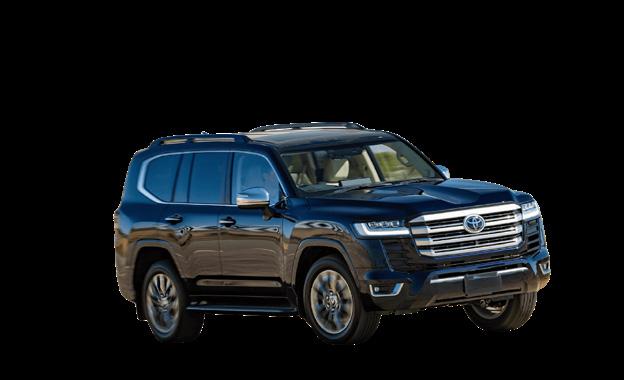
Case IH has unveiled its new flagship model— the Steiger 785 Quadtrac—making its global debut at AgQuip 2025, Australia’s largest agricultural field days in Gunnedah, NSW.
The giant machine delivers a commanding 785 hp, nearly 10 % more power than the previous Steiger 715, enabling farmers to tackle larger implements or achieve deeper soil penetration to boost yield potential.
Packed with precision agriculture features through its Connectivity Included package, the Steiger 785 offers subscription free access to digital tools, empowering automated headland turning, machine synchronization, and real time data analytics.
Australia–NZ High Horsepower Product Manager
Justin Bryant described the AgQuip launch as a milestone, noting it gives local farmers a first look at the latest evolution of the Steiger line.
Despite its size, the tractor offers impressive operator comfort, with excellent visibility and agility. For even greater performance, an optional heavy duty suspended undercarriage enhances ride smoothness, traction, flotation, and reduces soil compaction.
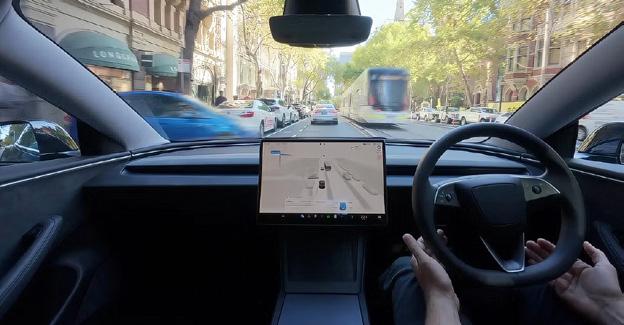
Tesla has begun offering its Full Self-Driving (Supervised) system in Australia, marking the first time the semiautonomous feature is available in a right-hand-drive market. The rollout has started, albeit selectively, with certain newer vehicles equipped with Tesla’s latest hardware — Hardware 4 — receiving early access.
The optional Full Self Driving package is priced at around $10,000, though new buyers benefit from a 30 day free trial. Tesla is proceeding cautiously — customers with older Hardware 3 systems will be phased in later, and owners can expect a free hardware upgrade if they pay for FSD outright.
According to Tesla’s Country Director, Thom Drew, the company is in the final stages of validation and confirmed that no regulatory obstacles remain for the launch in Australia and New Zealand.
On road testing in Australian conditions—including navigating Melbourne’s unique “hook turn” and busy urban environments—has reportedly been successful, building confidence ahead of the gradual public release.
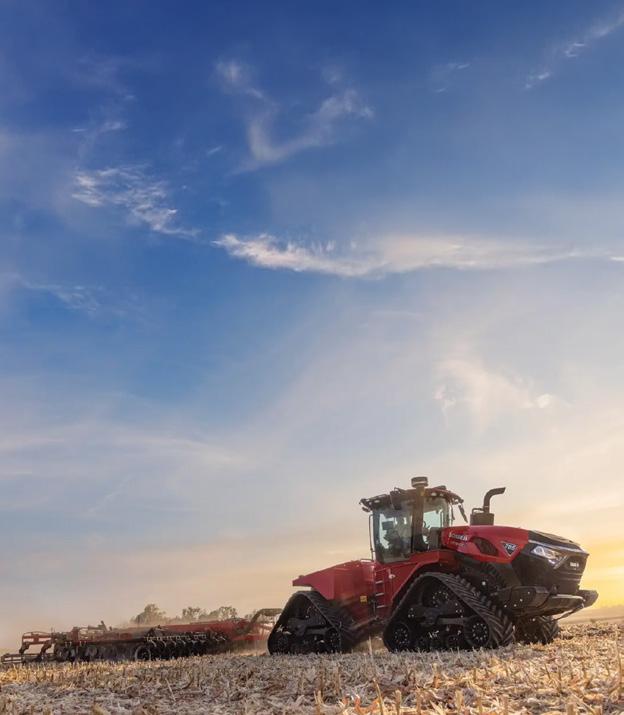

Australia’s marine industry continues to hold steady, with total turnover modestly rising from $10.12 billion in 2023–24 to $10.2 billion in 2024–25, according to the Boating Industry Association’s (BIA) 15th annual State of Industry Survey.
Sector dynamics have evolved—used boat sales plunged from 16 % to 9 %, while yard services, tourism, and marina operations gained momentum. Boating popularity continues, with about one in ten Australians licensed and boat registrations remaining stable, especially in NSW, QLD, and VIC.
Notably, longer trips (over 12 hours) rose from 7.8 % to 9 %, while 2–4 hour trips dipped—pointing to deeper consumer engagement with the boating lifestyle.
In short, the marine industry is evolving: steady revenue masks shifting business models, labour patterns, and consumer behaviours—a portrait of an industry adapting with resilience and purpose.
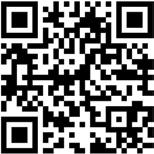


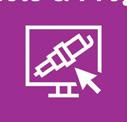

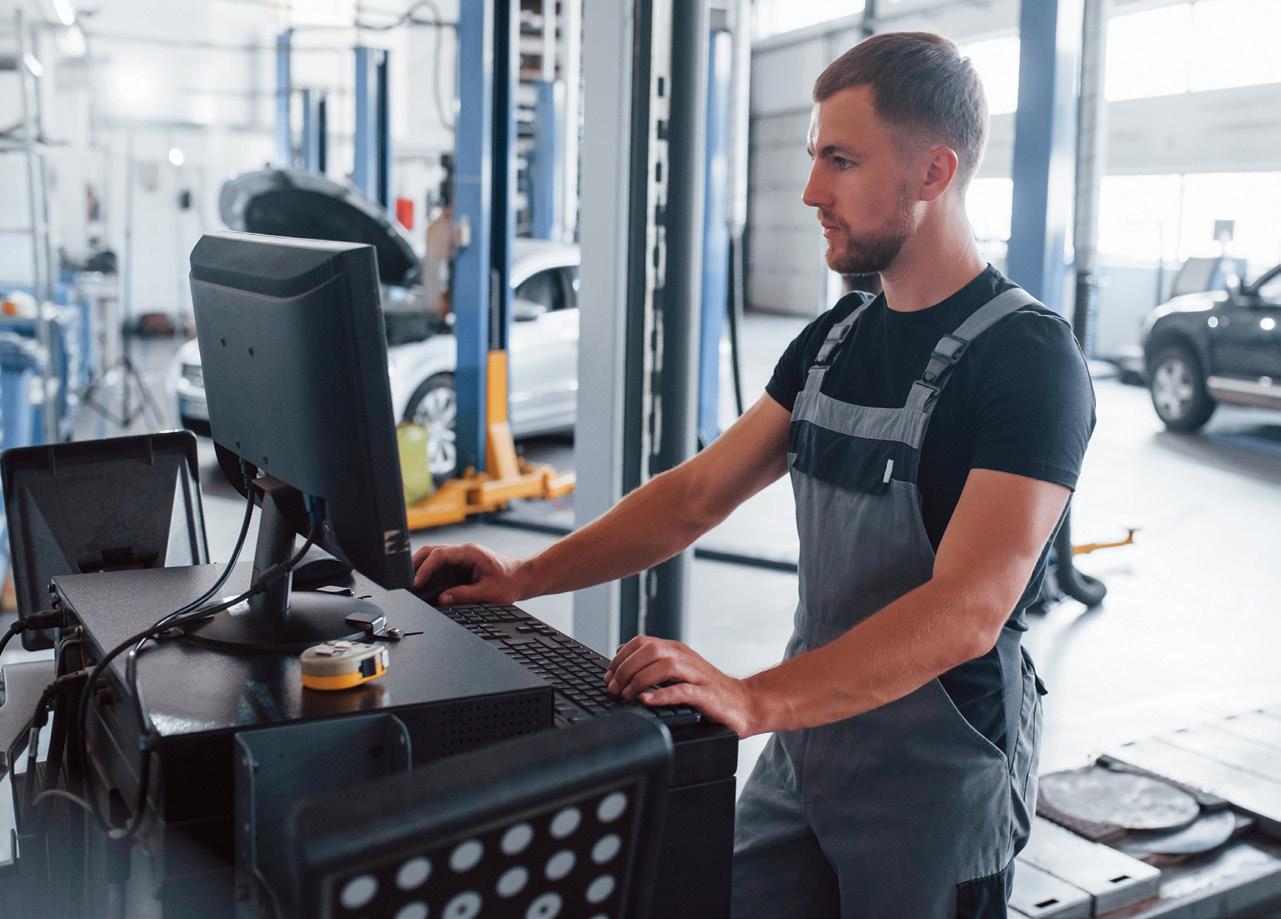
The Barbara Cox Award is one of the most significant recognitions for women in the Australian automotive industry. Established to honour the late Barbara Cox, whose legacy continues through Cox Automotive both here in Australia and globally, the award celebrates women who demonstrate leadership, innovation, and a commitment to driving positive change in the sector.
Each year, the award highlights the achievements of outstanding female leaders who inspire others and help shape the future of the industry. In 2025, four remarkable finalists have been announced, with the winner to be revealed at the Women in Automotive Signature Luncheon in Melbourne.
Carly Ruggeri – Champion for repairers and industry standards
Among the finalists, Carly Ruggeri has made a lasting mark through her leadership, advocacy, and service to the Victorian Automotive Chamber of Commerce (VACC). Co-director of a successful body repair business in Geelong, Carly brings first-hand knowledge of the challenges facing
repairers and is a strong advocate for lifting standards across the trade.
Carly served as Chair of the VACC Body Repair Division, where she worked to improve accountability, safety, and ethical practices in an often highly competitive sector. Her appointment to the VACC Executive Board broke new ground — she was only the second woman in its history to be elected and today remains the sole female board member, bringing a vital perspective to the organisation’s governance.
Beyond Victoria, Carly also represents the state on the National Committee for Body Repairers. In this role, she has led delegations to Canberra, advocating directly to federal policymakers on behalf of repairers. Her focus has consistently been on ensuring fairness, sustainability, and long-term viability for businesses of all sizes.
Colleagues describe Carly as courageous and determined to elevate professional standards. She is widely respected not only for her business success but also for her tireless efforts to support VACC members and strengthen the reputation of the automotive repair sector.
"Her focus has consistently been on ensuring fairness, sustainability, and long-term viability for businesses of all sizes."
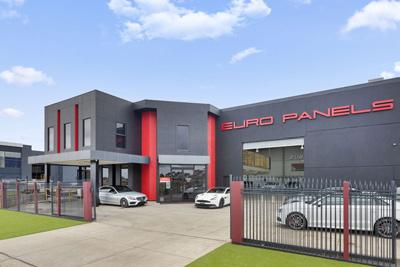
While Carly’s achievements are significant, three other outstanding leaders join her as finalists:
Samantha Reid – Product Director at Custom Fleet, with a strong motorsport background and governance roles across Motorsport Australia and Karting Australia.
Tegan Blockey – Dealer Principal of Bridge Toyota and Lexus of Darwin, noted as the first woman to hold the most senior position at a Lexus dealership in Australia.
Leonie Knipe – Dealer Principal of Avon Valley Toyota, Isuzu Ute, Nissan and Mitsubishi in WA, and a founding member of Women in Toyota WA.
The Barbara Cox Award shines a light on women who are shaping the automotive industry. Carly Ruggeri’s leadership within the VACC and her strong national advocacy for repairers underline why she is a standout finalist, and a role model for women working in all areas of automotive.
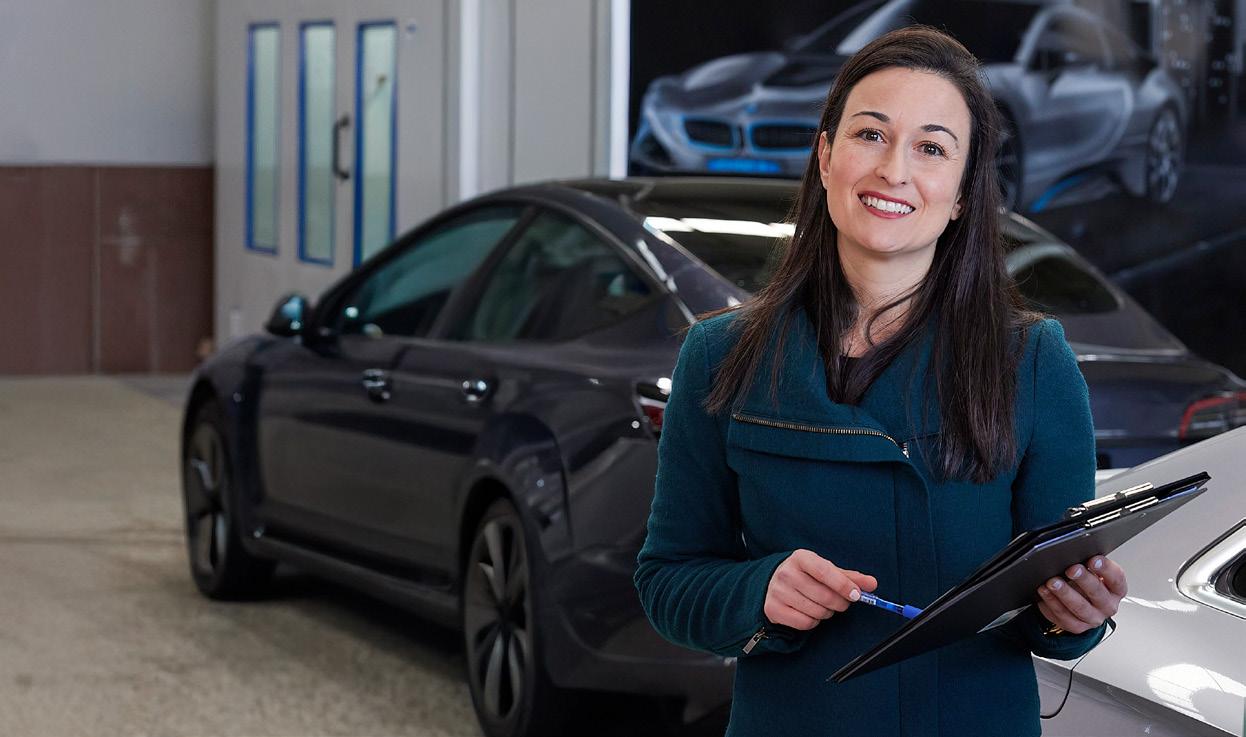

When you think of DENSO, images of car air conditioning systems and engine components probably spring to mind. But what if I told you this Japanese automotive giant is now growing tomatoes in Australia? It sounds like a bizarre pivot, but DENSO’s foray into agricultural technology reveals something fascinating about the future of manufacturing—and how smart companies are preparing for life beyond the traditional car industry.
The story begins in 2020, when DENSO made a co-ownership investment in Certhon, a Dutch greenhouse technology company. Together, they established operations in Australia with an ambitious goal: to become the regional leader in agricultural technology across Oceania by 2030. It’s a move that might seem left-field, but when you dig deeper, it makes perfect sense. When automotive meets agriculture
Consider what modern cars and farms actually require. Both require precise climate control, sophisticated sensors, automated systems, and real-time data monitoring. The skills DENSO has honed over decades of making vehicles comfortable and efficient translate remarkably well to making plants grow optimally.
DENSO has been perfecting climate control for passenger compartments for years, and the transition to controlling greenhouse environments represents a natural extension of this expertise. DENSO’s automotive expertise in heating, ventilation, and air conditioning systems— technologies that keep drivers comfortable in everything from Darwin’s humidity to
Melbourne’s winter chill, now keeps lettuce and tomatoes thriving in controlled environments.
The technical crossover is genuinely impressive. DENSO’s automotive sensors, which monitor everything from engine temperature to air quality inside vehicles, are being adapted to track soil moisture, nutrient levels, and atmospheric conditions in greenhouses. Their IoT connectivity solutions, designed initially to link cars to service centres, now connect farms to agricultural data networks.
The Australian opportunity
Australia presents a perfect testing ground for this agricultural pivot. The country faces unique farming challenges, from water scarcity to extreme weather events, that require exactly the kind of precision technology DENSO has mastered. Traditional farming methods often struggle with Australia’s harsh conditions, but controlled environment agriculture offers a solution.
The partnership leverages Certhon’s greenhouse expertise with DENSO’s manufacturing precision. Think of it as applying automotive assembly line efficiency to food production. Where a car factory might optimise every step of vehicle assembly, these high-tech greenhouses optimise every aspect of plant growth—from seed to harvest.
What’s particularly clever is how DENSO is using their existing Australian infrastructure. When automotive manufacturing wound down in Australia in 2017, many suppliers were left with sophisticated facilities and skilled workforces. Rather than simply shuttering operations, DENSO saw an opportunity to repurpose their technical capabilities for a growing industry.
The partnership leverages Certhon’s greenhouse expertise with DENSO’s manufacturing precision.
"The skills DENSO has honed over decades of making vehicles comfortable and efficient translate remarkably well to making plants grow optimally."
This diversification strategy offers valuable lessons for other automotive suppliers navigating an uncertain future. As the industry transitions to electric and autonomous vehicles, traditional suppliers face a challenging question: how do you remain relevant when the very nature of cars is changing?
DENSO’s answer is elegant: don’t abandon your core competencies, extend them. Their robotics expertise, developed for automotive assembly lines, now guides automated planting and harvesting systems. Their quality control processes, refined through decades of automotive manufacturing, ensure consistent crop yields. The agricultural technology sector is booming globally, with controlled environment agriculture expected to grow significantly over the next decade. By positioning themselves early in this market, DENSO isn’t just diversifying—they’re potentially accessing a growth industry that could eventually rival their automotive business. Beyond the greenhouse
The implications extend beyond agriculture. DENSO’s approach demonstrates how manufacturing companies can leverage their technical DNA to enter entirely new sectors. Their IoT platforms could work in smart buildings, their precision sensors in medical devices, their climate control expertise in data centres.
It’s a strategy that acknowledges a fundamental truth about modern manufacturing: the most successful companies aren’t defined by the products they make, but by the problems they solve. DENSO solves comfort, efficiency, and precision challenges, whether that’s in a Toyota Camry or a tomato greenhouse; it doesn’t really matter.
For Australia’s automotive industry, still rebuilding after the end of local car manufacturing, DENSO’s agricultural venture offers hope. It shows that automotive expertise doesn’t become obsolete; it evolves. The skills and technologies developed over decades of automotive excellence can find new life in unexpected places.
As we watch this space over the coming years, DENSO’s agricultural ambitions might just prove that the most innovative automotive companies are the ones bold enough to think beyond the car itself.
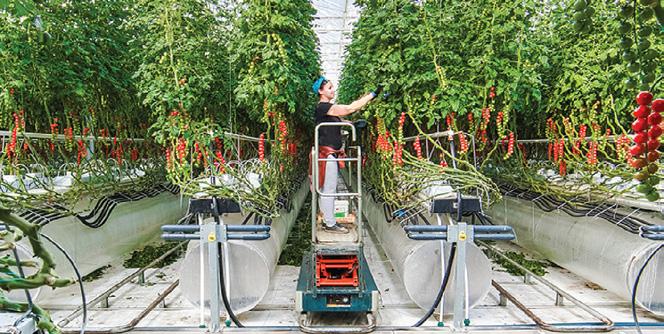
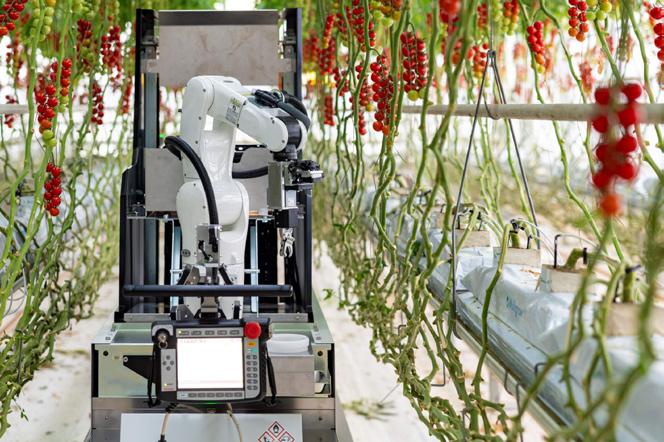
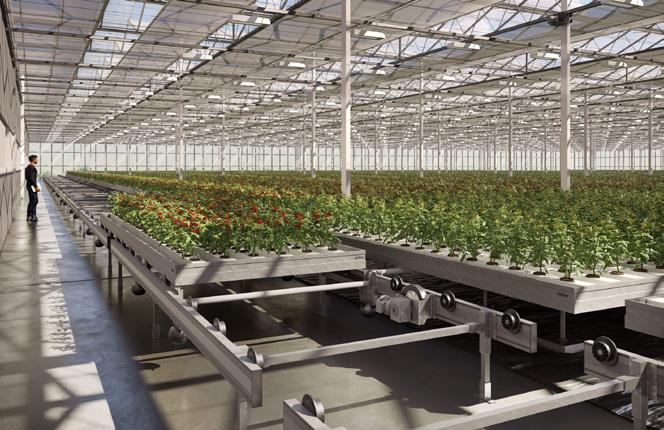
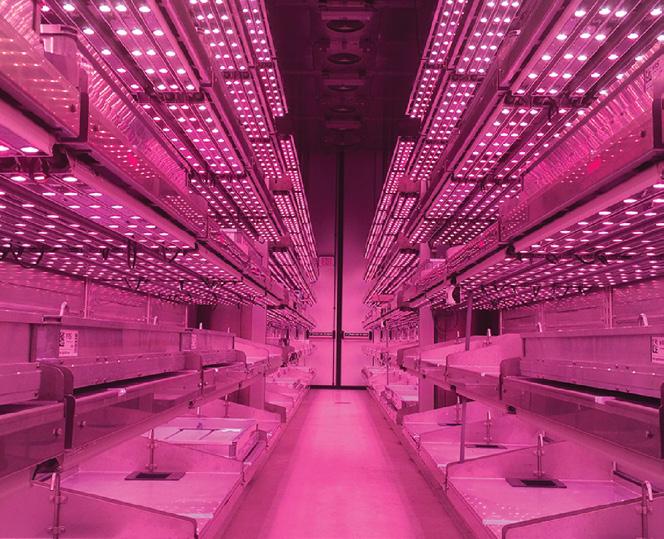


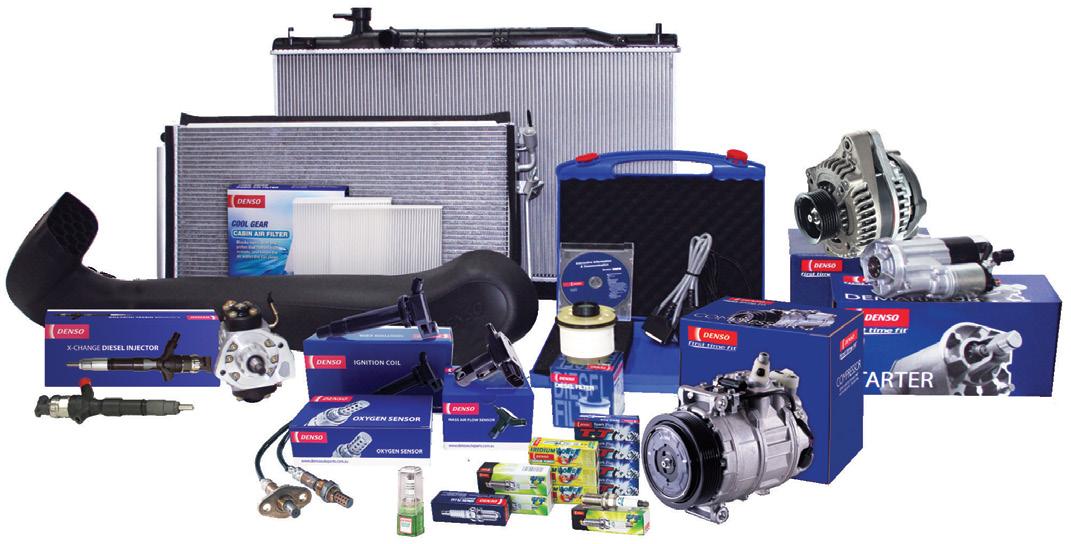
Against this backdrop, Prime Minister Anthony Albanese unveiled a $1 billion expansion of the Regional Investment Corporation to provide low-interest loans to farmers facing drought and flood. This announcement could spark fresh demand for machinery and vehicles. Affordable finance enables producers to upgrade tractors, harvesters, and vehicles, boosting sales and providing opportunities for dealerships and service operators to strengthen their role as essential partners in farm resilience.
Housing emerged as another pressure point. In Toowoomba, the Prime Minister announced an accelerated five percent deposit scheme, an 80,000-unit Build-toRent program, and the release of 26,000 stalled housing projects. For regional businesses, including those in machinery and vehicle sales and repairs, these commitments go beyond social policy. They are vital to attracting and retaining skilled workers, ensuring the sector can service increasingly advanced equipment and meet customer demand.
The Bush Summit painted rural Australia as a landscape in flux. Sweeping climate policies risk undermining viability, yet significant support measures—particularly in
financing and housing—offer relief and new opportunities. For agricultural machinery and vehicle businesses, the challenge is clear: adapt to policy uncertainty, engage with communities, and position themselves to benefit from renewed investment.
Agility will be key. Those who can navigate rising costs, respond to shifting policy, and align with government-backed support will be best placed to thrive in the complex agribusiness environment spotlighted by the 2025 Bush Summit.
The Bush Summit is an annual series of regional forums hosted by News Corp Australia in partnership with government, industry, and community leaders. Since its inception in 2019, the Summit has travelled to key regional centres across the nation, providing a platform for rural Australians to voice concerns directly to policymakers and business leaders. The 2025 edition was staged across six hubs—Broome, Mount Gambier, Toowoomba, Wagga Wagga, Ballarat, and Darwin—between 20 August and 1 September. Each location focused on the issues most pressing to its communities, from energy and land use to housing and drought resilience.
For regional and rural businesses, the Bush Summit has become a vital forum. It not only amplifies grassroots concerns but also influences policy directions that


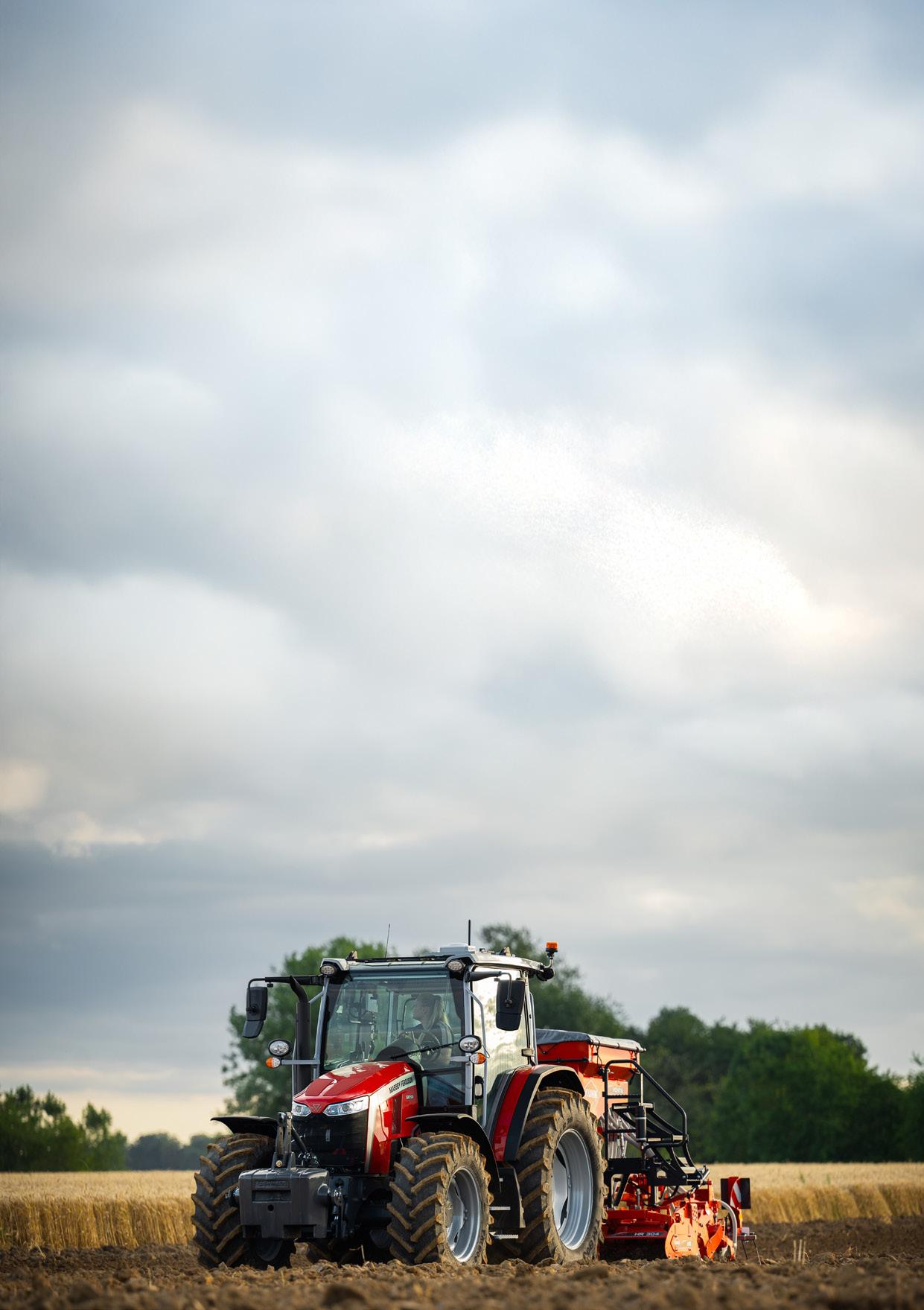
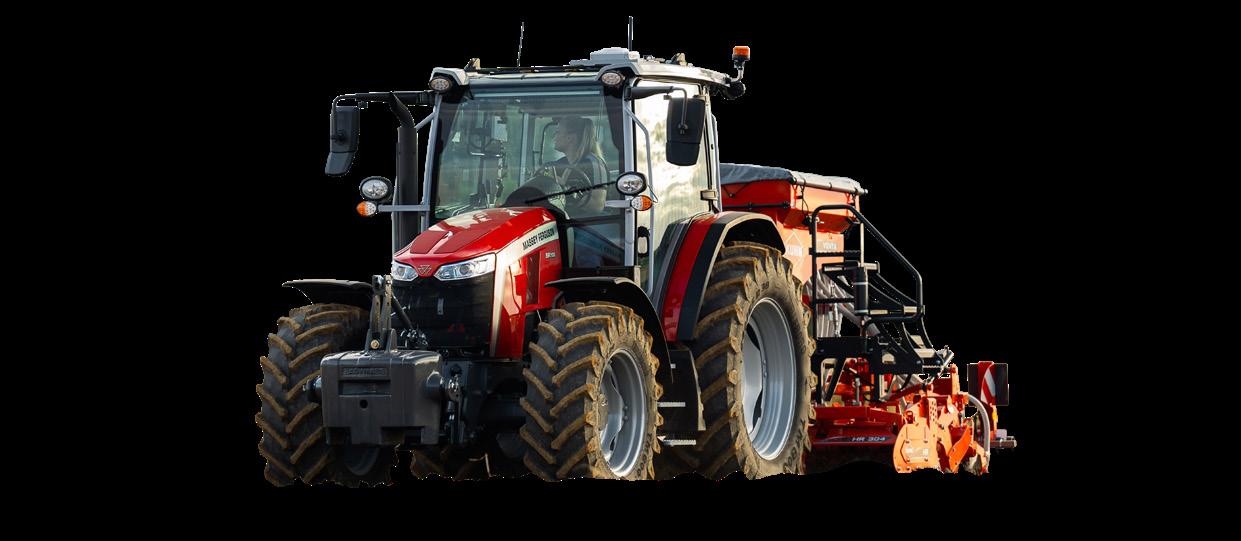

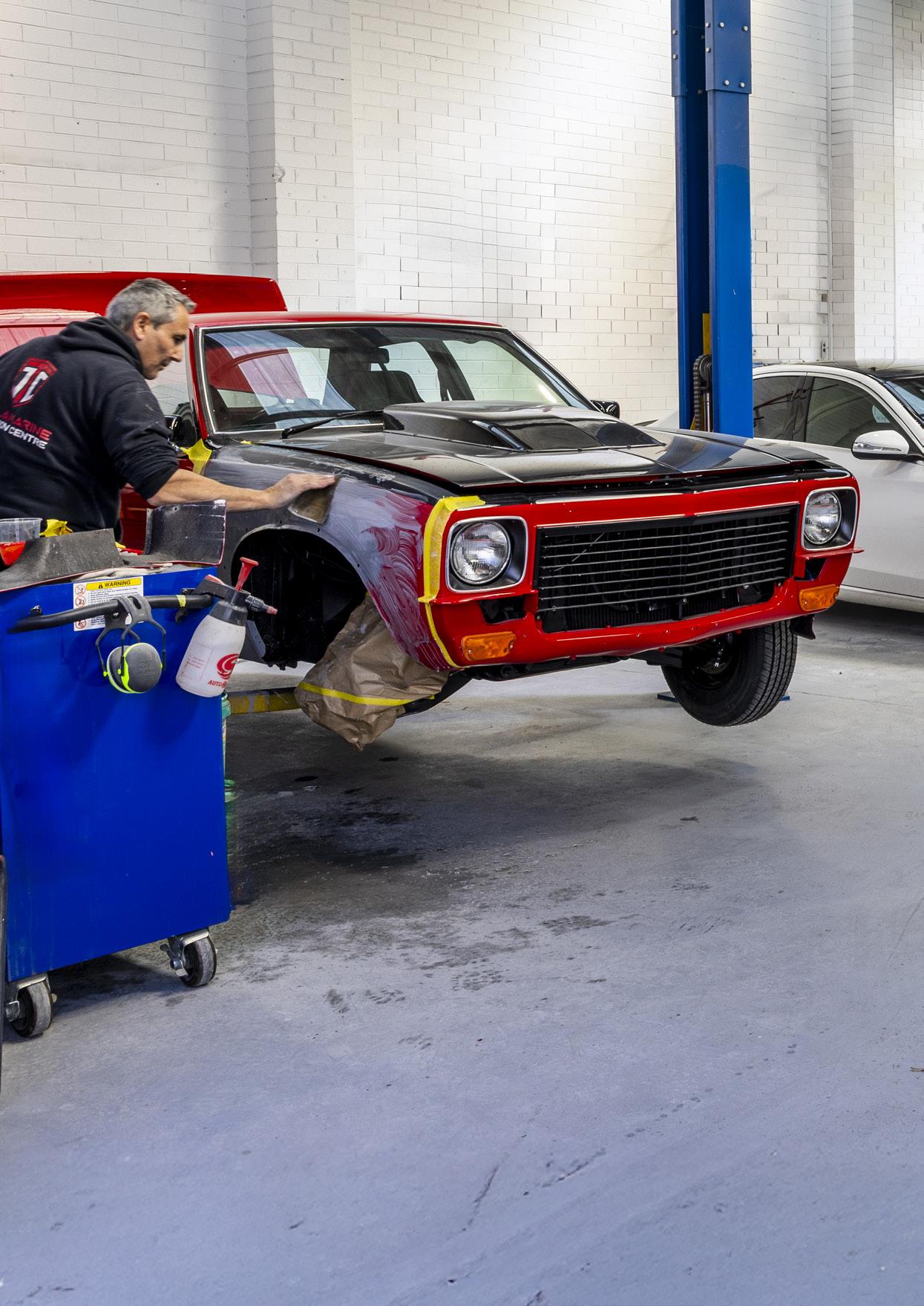
“Every car that comes through those doors has a story.”
In an age where algorithms are reshaping everything from how we order coffee to how we repair our cars, there’s something refreshingly authentic about stepping into Tullamarine Collision Centre. The familiar scent of primer and the rhythmic sound of hand-sanding immediately transport you to a time when fixing things meant taking your time and using your hands.
Technology isn’t the enemy for Husband and wife team, Steve and Sarah who’ve built this business over decades—it’s simply not always the answer.
“When someone brings in their pride and joy, a classic that they’ve poured thousands into restoring, you can’t just order a replacement bumper online,” explains one of the guys in the workshop, as he wipes dust from calloused hands that have shaped countless panels back to perfection.
This is where the magic happens. Whilst modern collision centres increasingly rely on computerised spray booths and machine-cut panels, Tullamarine’s workshop tells a different story. Here, skilled artisans spend hours hand-sanding surfaces until they’re mirror-smooth, carefully handmoulding damaged panels back to their original form. It’s painstaking work that requires technical skill and an almost intuitive understanding of how metal wants to move and settle.
“Every car that comes through those doors has a story,” says Steve, “whether it’s a vintage Jaguar that’s been in the family for generations or a classic muscle car that someone’s spent years hunting down, these aren’t just vehicles— they’re pieces of automotive history.”
The workshop operates with the warmth and efficiency of a close-knit family unit, shaped mainly by the husband-and-wife partnership at its helm. Their approach to customer service is refreshingly personal in an increasingly transactional industry. Customers aren’t just policy numbers or job tickets—they’re enthusiasts who share a passion for automotive heritage, and that connection runs through every interaction.
Over the years, the team has worked on an extraordinary range of vehicles. Each project has added another layer to their collective expertise, from rare European exotics to American muscle cars, British sports cars to Australian classics. It’s this breadth of experience that allows them to tackle restoration challenges that would stump automated systems or inexperienced technicians. What sets this team apart isn’t just their technical skill—though their reputation for flawless paintwork and invisible repairs speaks volumes—
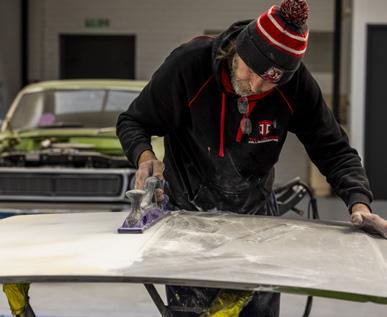

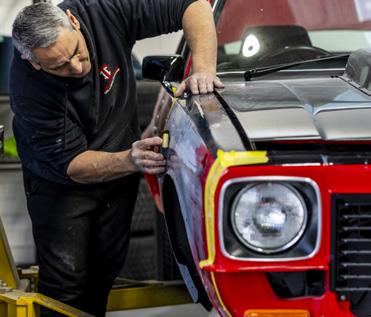
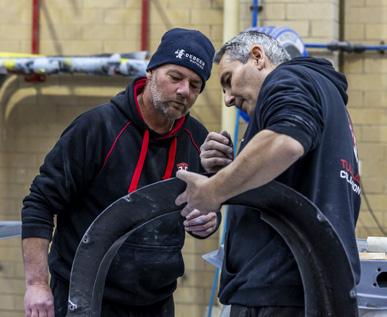
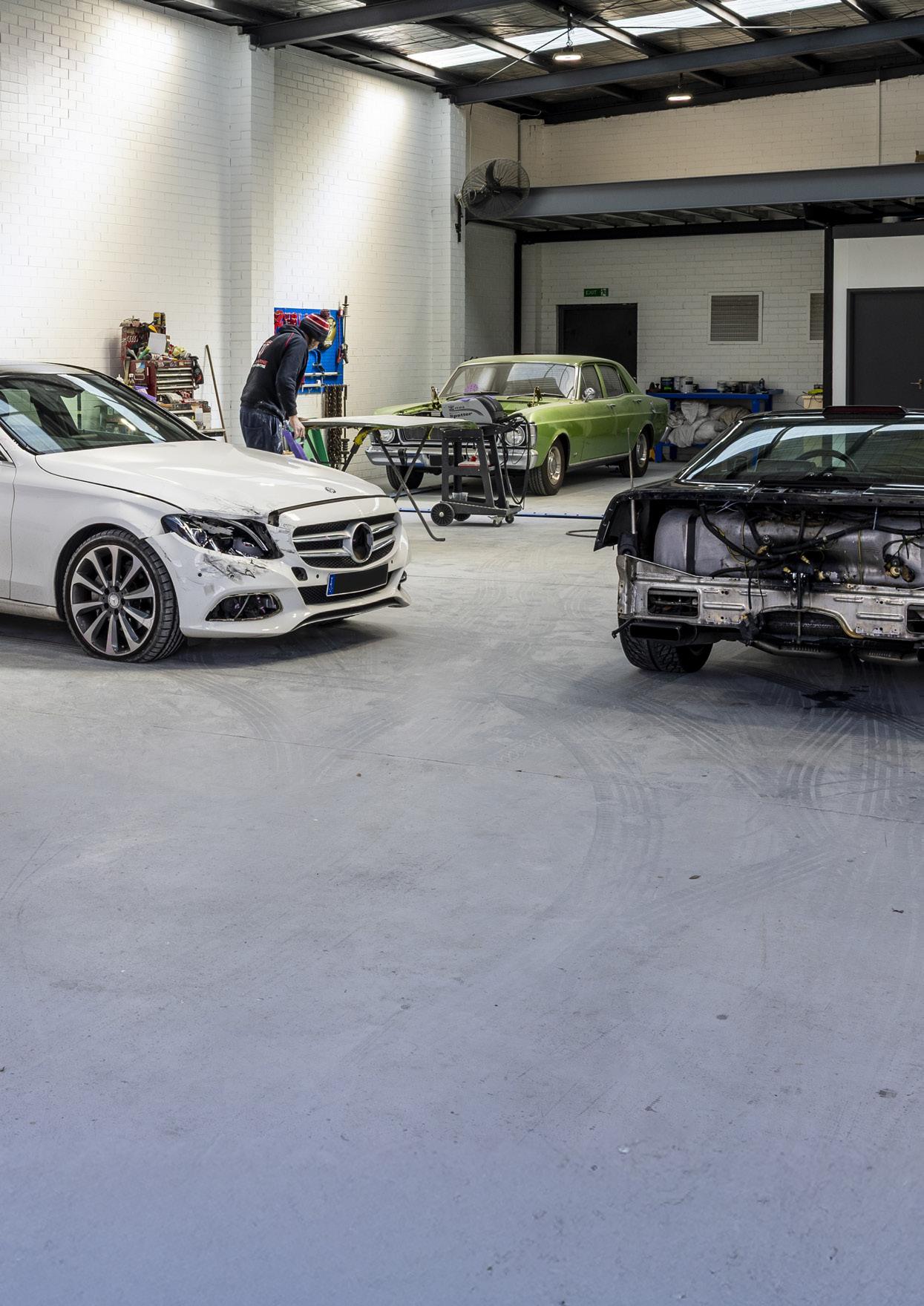
"This
where the magic happens."
it’s their understanding that some things simply can’t be rushed or replaced. When you’re working on a car where original parts are extinct and modern alternatives don’t exist, traditional methods aren’t just preferable; they’re essential.
The irony isn’t lost on anyone here: whilst the automotive world races towards autonomous vehicles and electric powertrains, there’s a growing appreciation for the craftsmanship that built the industry’s foundation. Classic car values continue to rise, and with them, the demand for skilled hands that can bring damaged metal back to life.
In a workshop where nearly a century of combined experience guide every repair, where relationships matter as much as results, and where traditional techniques aren’t just preserved but perfected, Tullamarine Collision Centre represents something increasingly rare: a business built on craftsmanship, trust, and the understanding that some things are worth doing properly, no matter how long it takes.
This family-run workshop remains a beacon of authentic automotive craftsmanship for classic car owners seeking more than just a repair—seeking restoration that honours their vehicle’s heritage.
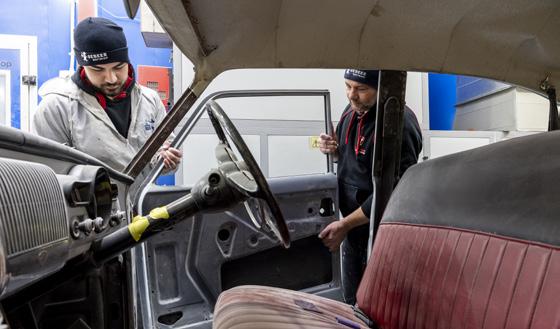
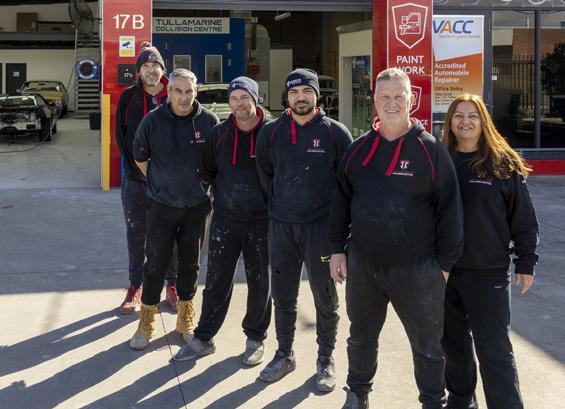
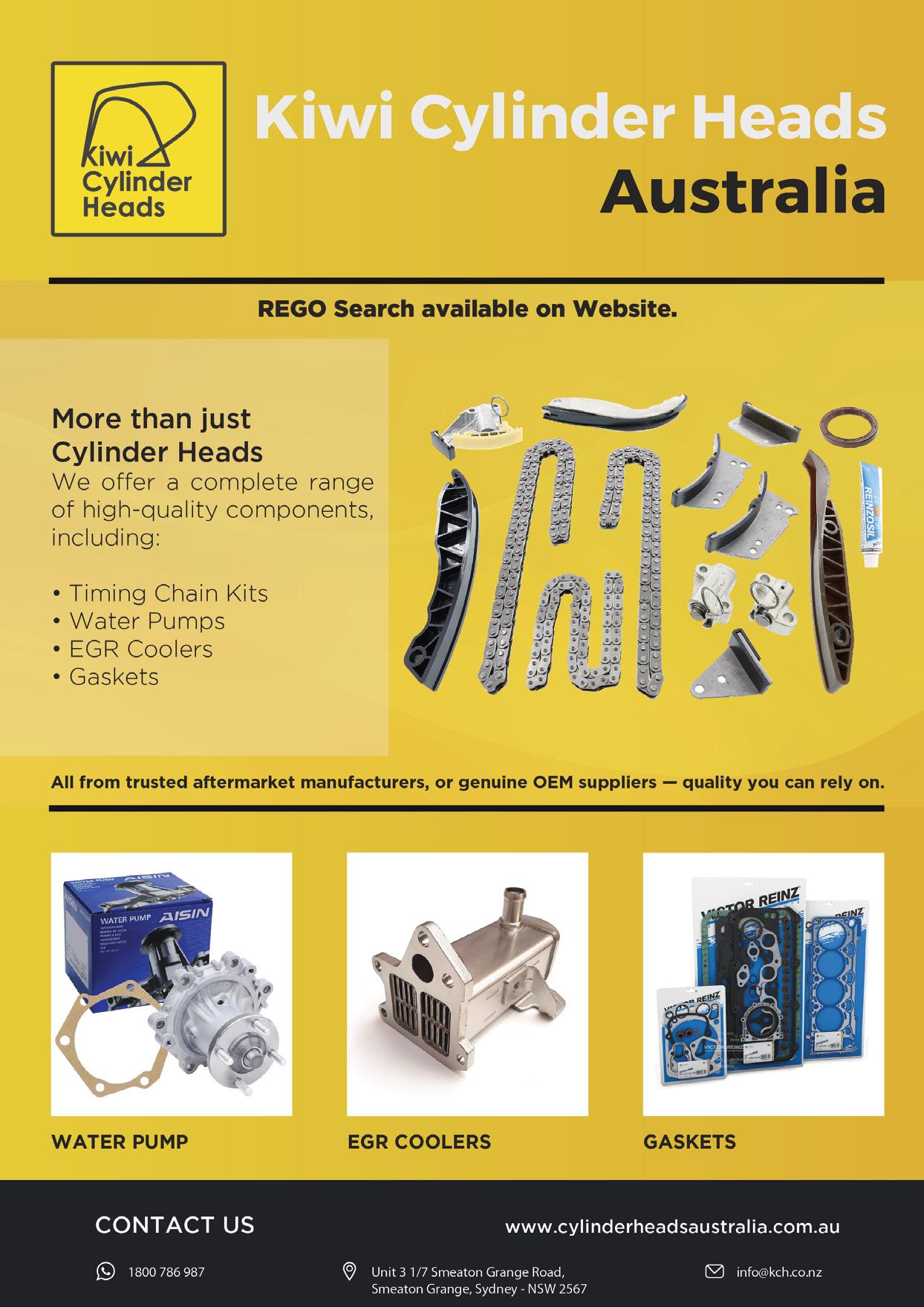
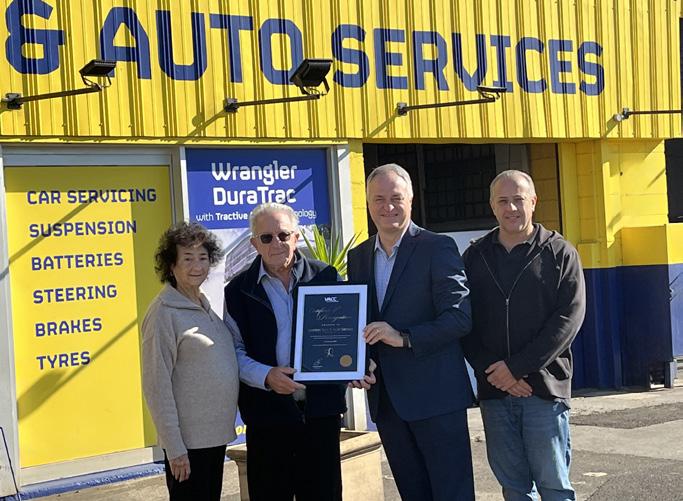
When David Rabinov opened Junction Tyre & Auto Services in November 1972, Australia’s automotive landscape looked vastly different. Tyres were still manufactured on home soil, technology moved at a gentler pace, and customers were perhaps a touch more patient. Fast-forward five decades, and David’s still behind the wheel of the business he founded, now a celebrated 50-year member of the Victorian Automotive Chamber of Commerce (VACC).
The journey to automotive entrepreneurship wasn’t exactly planned. After leaving school, David worked at Glo-Weave, the iconic Australian clothing brand. It was his brother-in-law who enticed him into the motor trade, leading to their partnership and the birth of Junction Tyre & Auto Services. Originally, the business operated as a tyre and auto service centre alongside a service station. During these early years, David served on the VACC Service Station committee, contributing his expertise to the broader automotive community.
In the early 1990s, son Darren joined the team after extensive world travels, bringing deep knowledge of the automotive battery industry. Together, the family launched The Battery Base, which is now delivering batteries across Australia.
The year 2000 marked a pivotal moment for the Rabinovs. Faced with razor-thin margins and fierce competition in the fuel industry, they boldly decided to remove the service station pumps and focus entirely on tyres and mechanical services. It was also the year David and Eva took full ownership of the business, cementing their commitment to the long haul.
“It’s been quite a ride,” David reflects,
an industry in constant flux. The end of tyre manufacturing in Australia marked the close of an era, while rapid technological advancement has transformed everything from diagnostic equipment to vehicle systems. Perhaps most notably, David observes how customer expectations have shifted dramatically, particularly since COVID-19, with higher demands coupled with notably less patience.
“Having diversity in the business has certainly helped our success,” David notes. It’s a lesson learned through decades of navigating industry upheavals and economic uncertainty. Today, finding skilled and reliable staff remains one of their biggest challenges. “We now employ staff from overseas, and this has worked well,” David explains, highlighting how the business has adapted its recruitment strategy to maintain service standards. The secret to their longevity? David’s philosophy remains refreshingly straightforward: build a strong customer base by looking after people and being honest with them. Equally important is knowing your limits – they won’t take on work outside their specialisation.
As Junction Tyre & Auto Services celebrates this remarkable milestone, David Rabinov’s story serves as both inspiration and roadmap for the next generation of automotive entrepreneurs. In an industry that never stands still, his half-century journey proves that success comes to those who adapt, diversify, and never lose sight of what truly matters – the customers who trust you with their vehicles and safety.
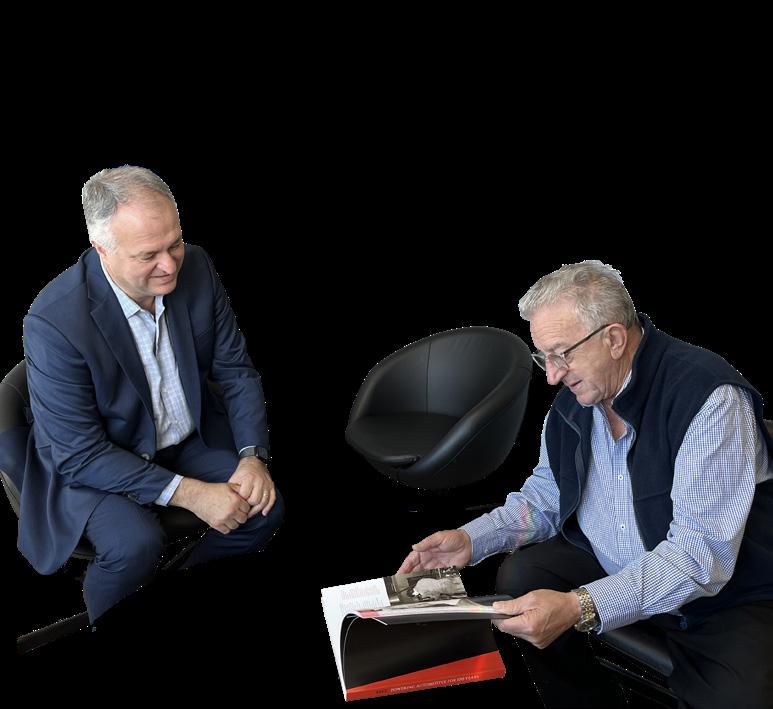
Tasmania’s automotive apprenticeship sector is experiencing a remarkable transformation, with significant new investments set to revolutionise how the next generation of automotive professionals is trained across the island state.
The centrepiece of this exciting development is the recent opening of a brand-new spray booth facility at the TasTAFE Devonport Campus—an impressive $2 million government-funded investment that’s already making waves throughout the industry. This state-of-the-art facility represents far more than just new equipment; it’s a game-changer for apprentices seeking real-world experience with industry-standard tools and technology.
The new spray booth doesn’t stand alone, either. Alongside this impressive installation, apprentices now have access to a cutting-edge paint mixing facility, creating a comprehensive training environment that mirrors what they’ll encounter in professional workshops across Australia. It’s the kind of setup that automotive professionals dream of working with, and now it’s available for Tasmania’s budding technicians to master their craft.
The facility’s official opening was a significant occasion for Tasmania’s automotive community, with TACC State Manager Bruce McIntosh attending alongside members of the TACC executive committee. Their presence underscored
the collaborative relationship between industry bodies and training institutions—a partnership that’s proving essential for developing skilled automotive professionals.
For those familiar with Tasmania’s automotive training landscape, this spray booth has been “a long time coming,” as many in the industry would say. The wait, however, has been worthwhile. The facility is now fully operational and ready to serve all body repair apprentices across Tasmania, providing them with access to equipment that matches what they’ll use in their future careers.
But the spray booth is just the beginning of Tasmania’s automotive training revolution. Work is progressing steadily on the new TasTAFE Automotive Training Centre, a project that’s been developed with substantial assistance from TACC and its members. This collaboration between industry and education demonstrates the commitment both sectors have to producing highly skilled automotive professionals.
The new training centre carries particular significance as it will replace a previous facility that was compromised by flooding—a reminder of how environmental challenges can impact infrastructure, but also of the resilience and forward-thinking approach of Tasmania’s automotive training sector. Rather than simply rebuilding what was lost, the decision was made to create something far superior.
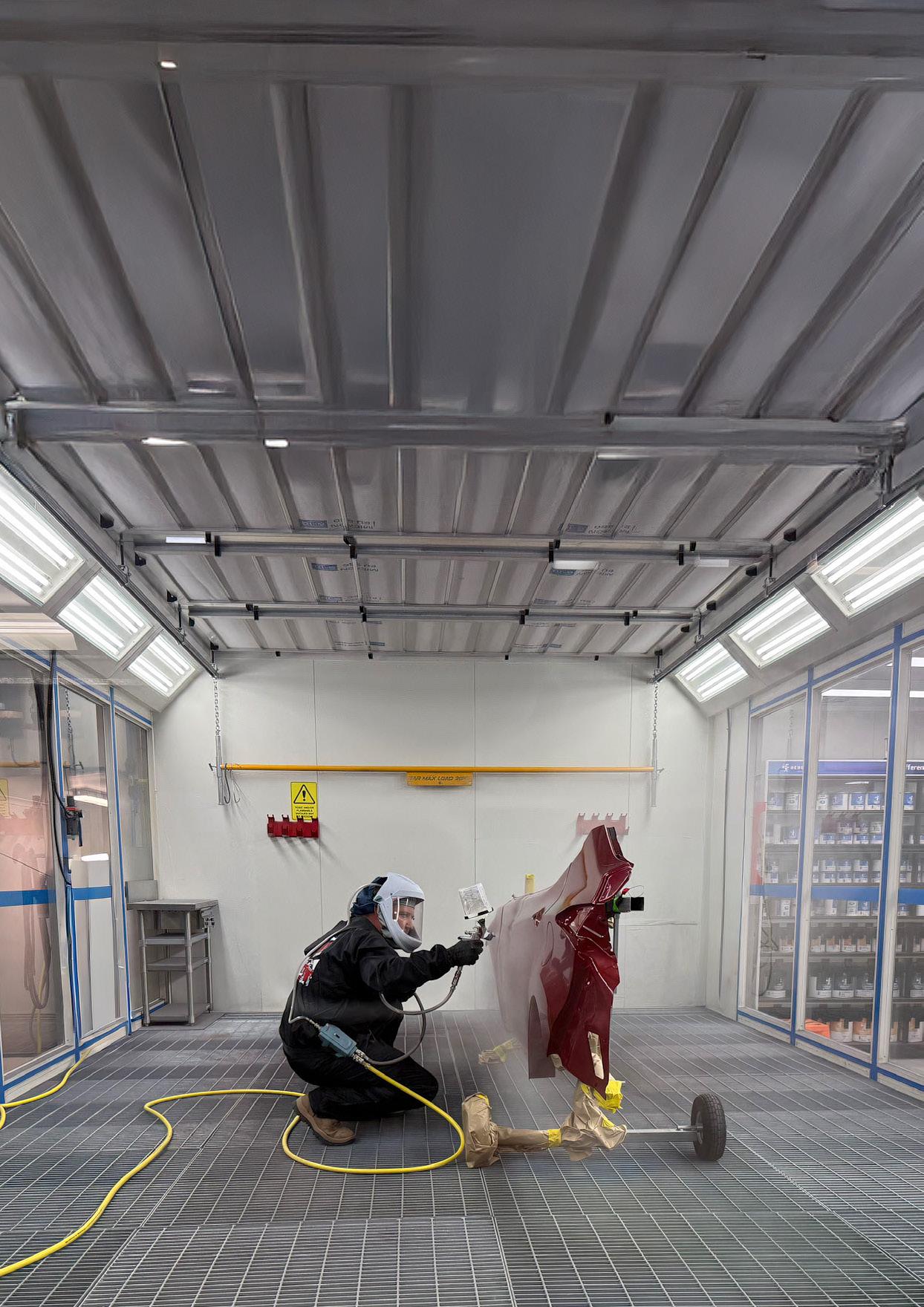
Tasmania’s position as a leader in automotive apprenticeship training looks increasingly secure.
Industry backing for the new facility has been substantial, with stakeholders confident that the completed centre will rival any automotive training facility anywhere in Australia. That’s quite a bold claim, but given the investment and planning involved, it appears well-founded.
The training centre won’t just offer impressive facilities; it’s being designed around the latest training resources available. This means apprentices will receive cuttingedge education that keeps pace with rapidly evolving automotive technology. In an industry where electric vehicles, advanced diagnostics, and sophisticated repair techniques are becoming standard, having access to the most current training methods is absolutely crucial.
What makes these developments particularly encouraging is how they address the practical needs of apprentices. Realworld experience with industry-standard equipment means graduates enter the workforce already familiar with the tools and processes they’ll use daily. This reduces the learning curve for both apprentices and their future employers, creating a more efficient transition from education to employment.
The automotive industry in Tasmania has long recognised that skilled technicians are the backbone of successful workshops and dealerships. These new facilities represent a significant investment in that future workforce, ensuring that Tasmania’s automotive sector remains competitive and capable of meeting evolving consumer needs.
As these facilities become fully operational and the new training centre nears completion, Tasmania’s position as a leader in automotive apprenticeship training looks increasingly secure. For young people considering careers in the automotive industry, the opportunities have never looked brighter.
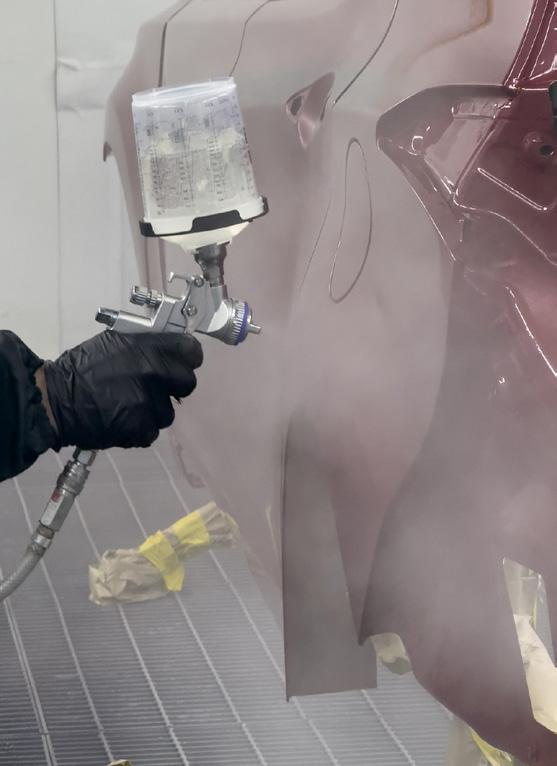
The centrepiece is the recent opening of a brand-new spray booth facility at the TasTAFE Devonport Campus
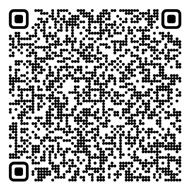
The automotive repair landscape is experiencing a technological renaissance that’s fundamentally changing what’s possible in independent workshops across Australia. Technology is creating unprecedented opportunities for smaller operators to compete at the highest level, from advanced diagnostic systems that can peer into the most complex vehicle electronics to integrated management platforms that streamline every aspect of workshop operations.
At Allpoint Automotive in Tullamarine, recently crowned the 2025 Best Small Metropolitan Business at the Automotive Industry Awards, owner Kris Degenhardt has built his operation around embracing these technological advances. His workshop showcases how modern systems can transform a traditional repair business into something that rivals the capabilities of much larger operations.
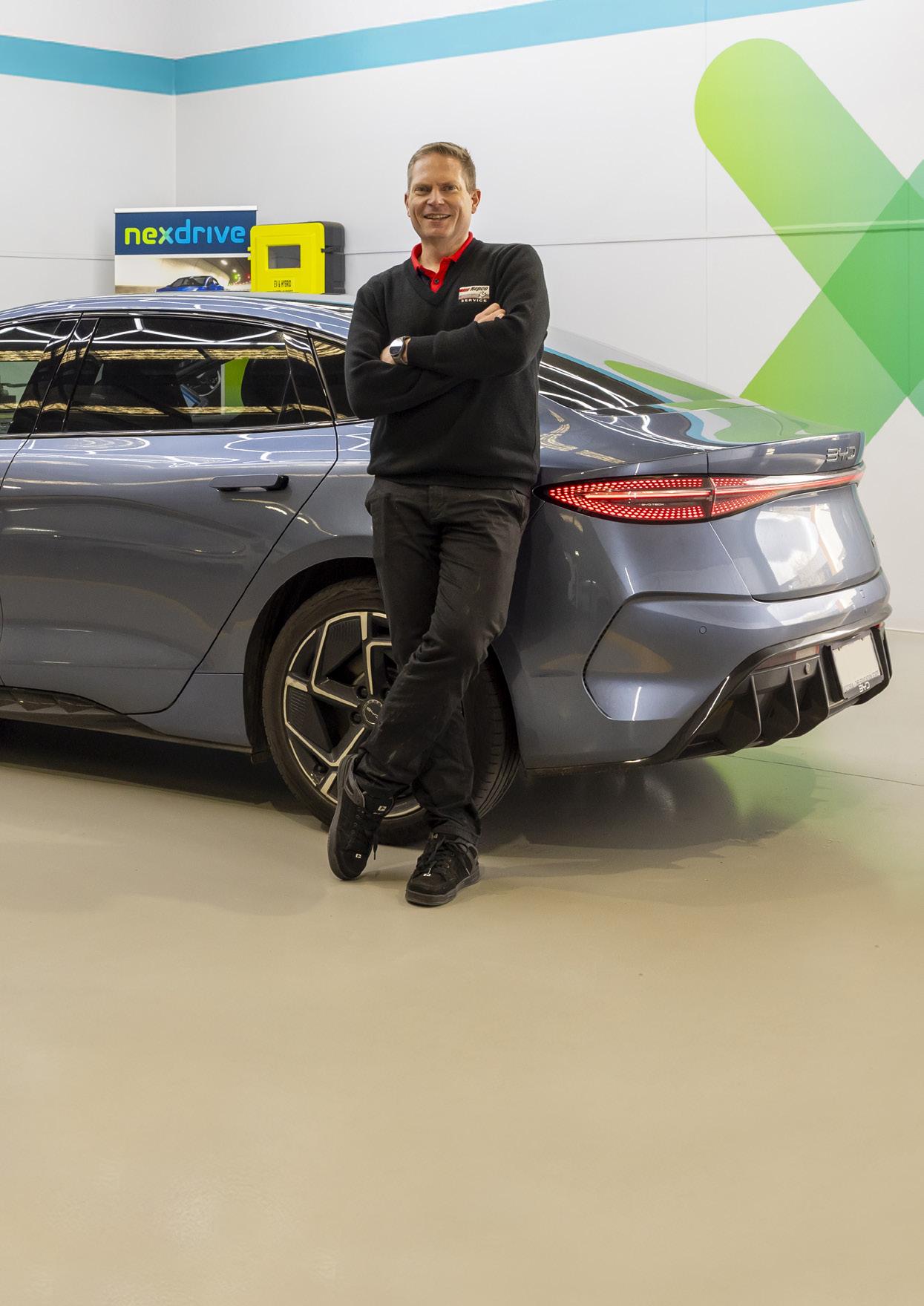
The most visible transformation comes through advanced diagnostic equipment. Where workshops once relied on basic code readers and mechanical expertise, today’s technology provides comprehensive system analysis across all vehicle networks simultaneously. Modern scan tools can monitor dozens of control modules, track real-time data streams, and identify intermittent faults that would have been nearly impossible to diagnose just a few years ago.
“The diagnostic capabilities we have now are extraordinary,” explains Kris. “We can see what’s happening inside every electronic system, and potentially predict component failures before they occur, and access manufacturerlevel information that was once exclusive to dealerships. It’s completely changed how we approach complex repairs.”
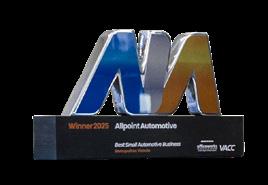
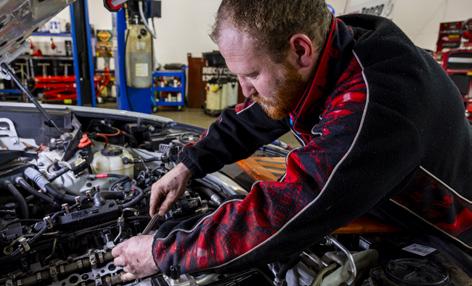
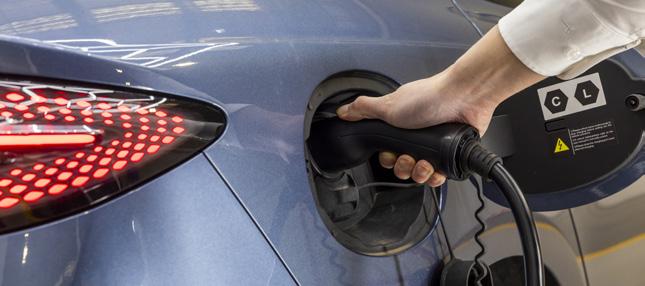
"Customers can receive detailed reports about their vehicle’s condition and projected maintenance needs, transforming the relationship between workshop and motorist."
This technological sophistication extends far beyond diagnostics. Integrated workshop management systems now coordinate everything from appointment booking to parts ordering, creating seamless workflows that maximise efficiency. Digital work orders track progress in real-time, whilst automated systems handle routine communications with customers, keeping them informed throughout the repair process.
For Allpoint Automotive, technology integration has eliminated many of the administrative bottlenecks that traditionally plague smaller workshops. Kris uses AI selectively—primarily for quickly extracting specific procedures from complex technical manuals and improving workflow efficiency. Rather than spending time searching through hundreds of pages of documentation, he can instantly access the exact information needed for each repair, allowing his team to focus on the actual work rather than information hunting. The shift towards electric vehicles has accelerated the need for sophisticated technology systems. EVs require specialised diagnostic equipment, high-voltage safety protocols, and entirely different service procedures. Workshops like Allpoint Automotive, which have invested early in EV-specific technology and training, are positioning themselves perfectly for Australia’s accelerating electric transition.

Modern EV diagnostic systems provide incredibly detailed insights into battery health, charging efficiency, and power management systems. This level of data access allows workshops to offer predictive maintenance services that were impossible with traditional combustion engines. Customers can receive detailed reports about their vehicle’s condition and projected maintenance needs, transforming the relationship between workshop and motorist. The integration challenge facing smaller workshops is significant but manageable. New technology systems need to work together seamlessly— diagnostic equipment must communicate with workshop management software, parts ordering systems need to integrate with inventory tracking, and customer communication platforms must coordinate with scheduling systems. Getting this integration right requires careful planning and often substantial upfront investment. However, the payoff is remarkable. Allpoint Automotive now operates with a level of efficiency and capability that would have required a much larger team just a few years ago. Automated systems handle routine tasks, advanced diagnostics reduce problem-solving time, and integrated platforms ensure nothing falls through the cracks. The result is higher productivity, better customer service, and improved profitability.
Kris sees Allpoint Automotive as proof that technology adoption creates opportunity rather than burden for independent workshops.
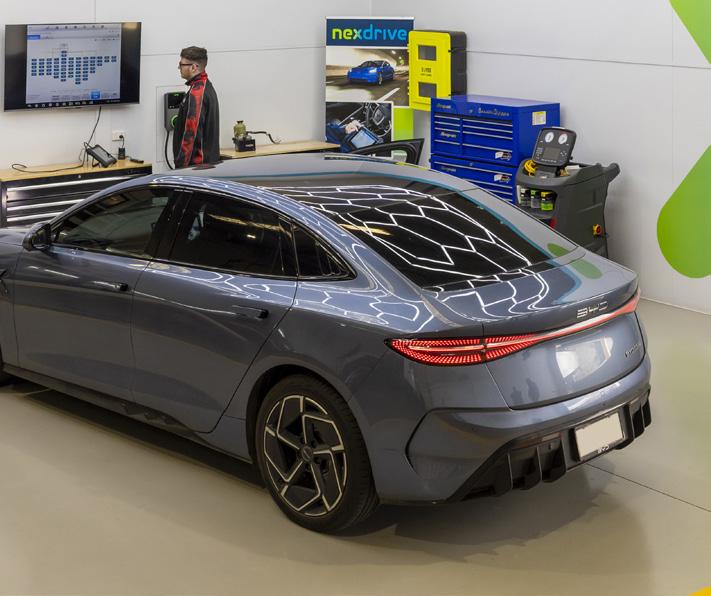
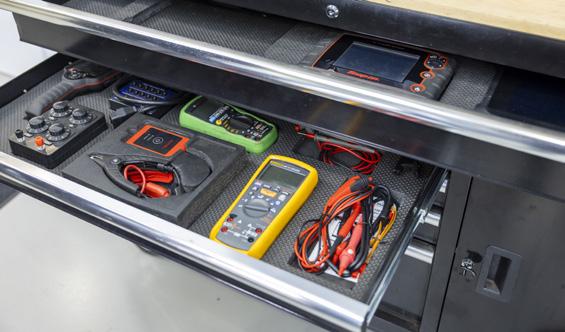
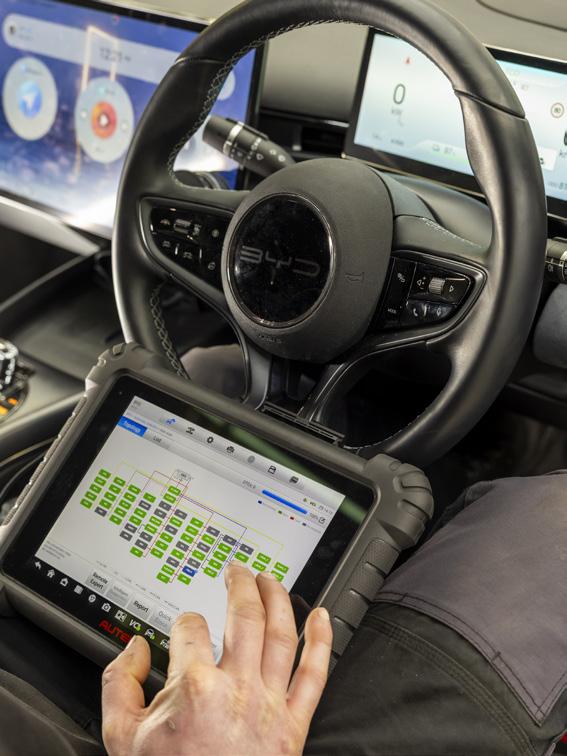
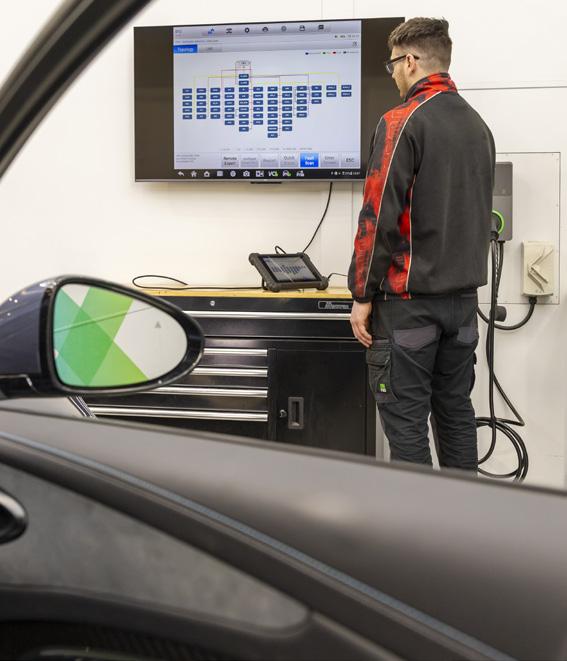
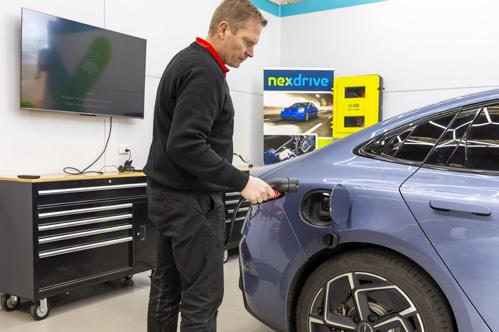
Cloud-based information systems have been particularly transformative for independent operators. Access to manufacturer databases, technical service bulletins, and repair procedures is now available in real-time, regardless of workshop size or location. This democratisation of information means that a small independent workshop in regional Australia can access the same technical resources as a metropolitan dealership.
The training and education requirements are substantial but increasingly accessible. Online platforms provide continuous learning opportunities, virtual reality training systems allow technicians to practice on complex systems without risk, and manufacturer certification programmes are adapting to include independent workshops in their training ecosystems.
Looking ahead, Kris sees Allpoint Automotive as proof that technology adoption creates opportunity rather than burden for independent workshops. His investment in advanced diagnostic systems, EV capabilities, and integrated management platforms has transformed his business from a traditional repair shop into a technology-enabled service centre that attracts customers, it's a new competitive advantage.
“The key is viewing technology as a tool that amplifies what we already do well,” Kris explains.
“We’re still fixing cars and taking care of customers— we’re just doing it with capabilities that seemed impossible when I started in this industry.”
The integration of advanced technology systems at Allpoint Automotive demonstrates that size doesn’t determine technological capability. With the right investments and commitment to ongoing learning, independent workshops can offer services that rival or exceed what customers experience at larger operations.
For Australian motorists, this technological evolution promises more accurate diagnostics, faster repairs, and better communication throughout the service process. Workshops like Allpoint Automotive are proving that independent operators equipped with modern technology can deliver exceptional service whilst maintaining the personal attention that customers value.
The message for workshop owners across Australia is compelling: technology represents the great equaliser in automotive repair. The sophisticated systems, once available only to large dealerships, are now accessible to any workshop that is willing to invest in both equipment and education. Success stories like Allpoint Automotive show that this investment pays dividends—not just in operational efficiency, but in building a sustainable competitive advantage that positions independent workshops for longterm success in an increasingly technological industry.
The future belongs to workshops that embrace these possibilities, and businesses like Allpoint Automotive are lighting the way forward.
The key is viewing technology as a tool that amplifies what we already do well.
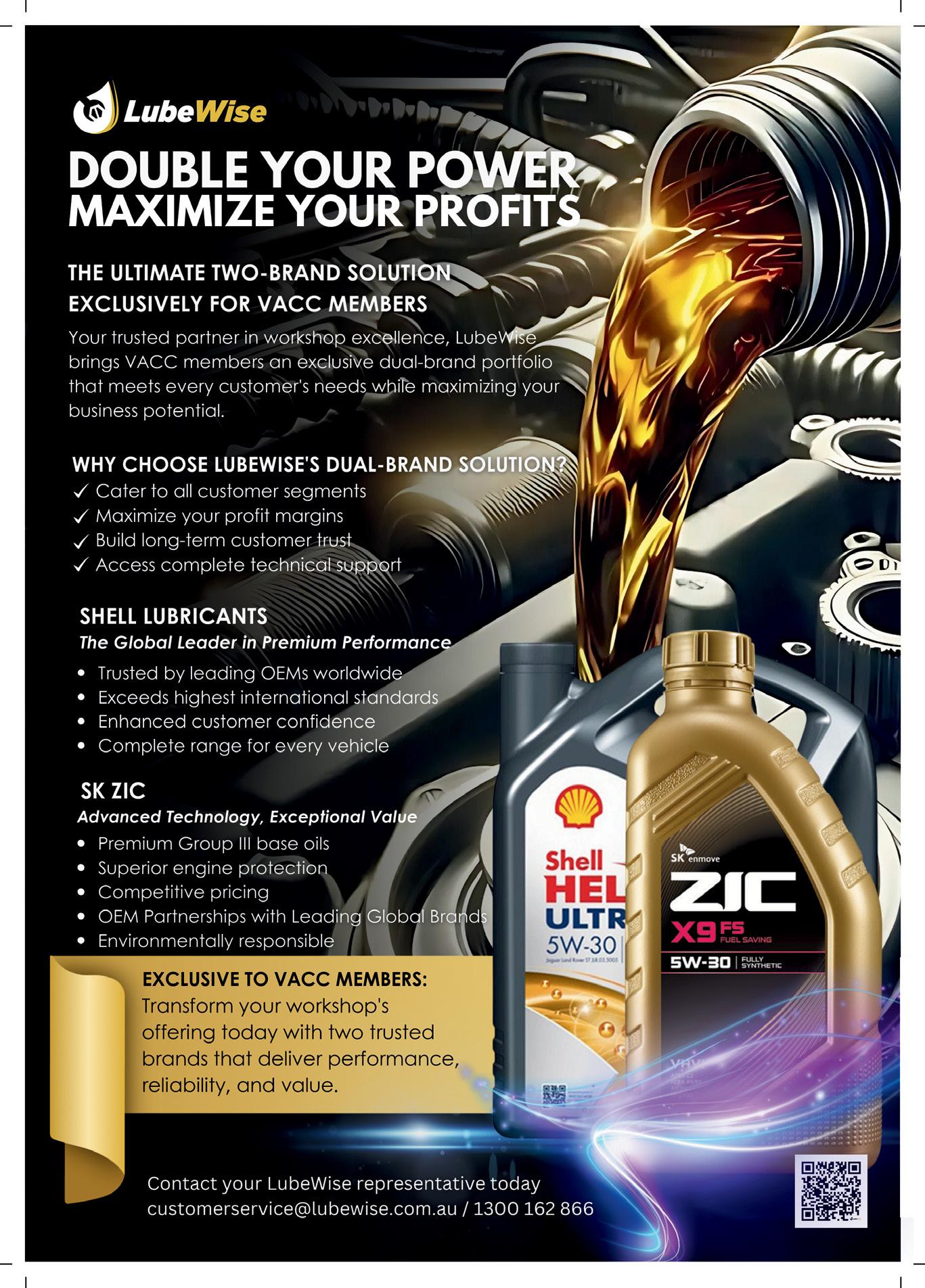
It’s 3 PM on a Tuesday, and the phone rings. A customer’s BMW X5 is throwing fault codes like confetti, the infotainment system has gone on strike, and the adaptive cruise control has decided it’s had enough for the day. You pencil them in for Thursday morning, already mentally preparing for a complex electrical nightmare that’ll probably take half a day to sort out.
Wednesday night, they call back. Everything’s working perfectly. BMW pushed an overthe-air update that fixed all the problems remotely. Your Thursday morning just opened up, but you’re left wondering: what exactly just happened, and how does a car fix itself while parked in someone’s driveway?
Welcome to the brave new world of automotive Over The Air or (OTA) updates. If you’re working in the industry and haven’t encountered this technology yet, you will. Soon. And understanding how it works isn’t just helpful anymore – it’s becoming essential for anyone dealing with modern vehicles.
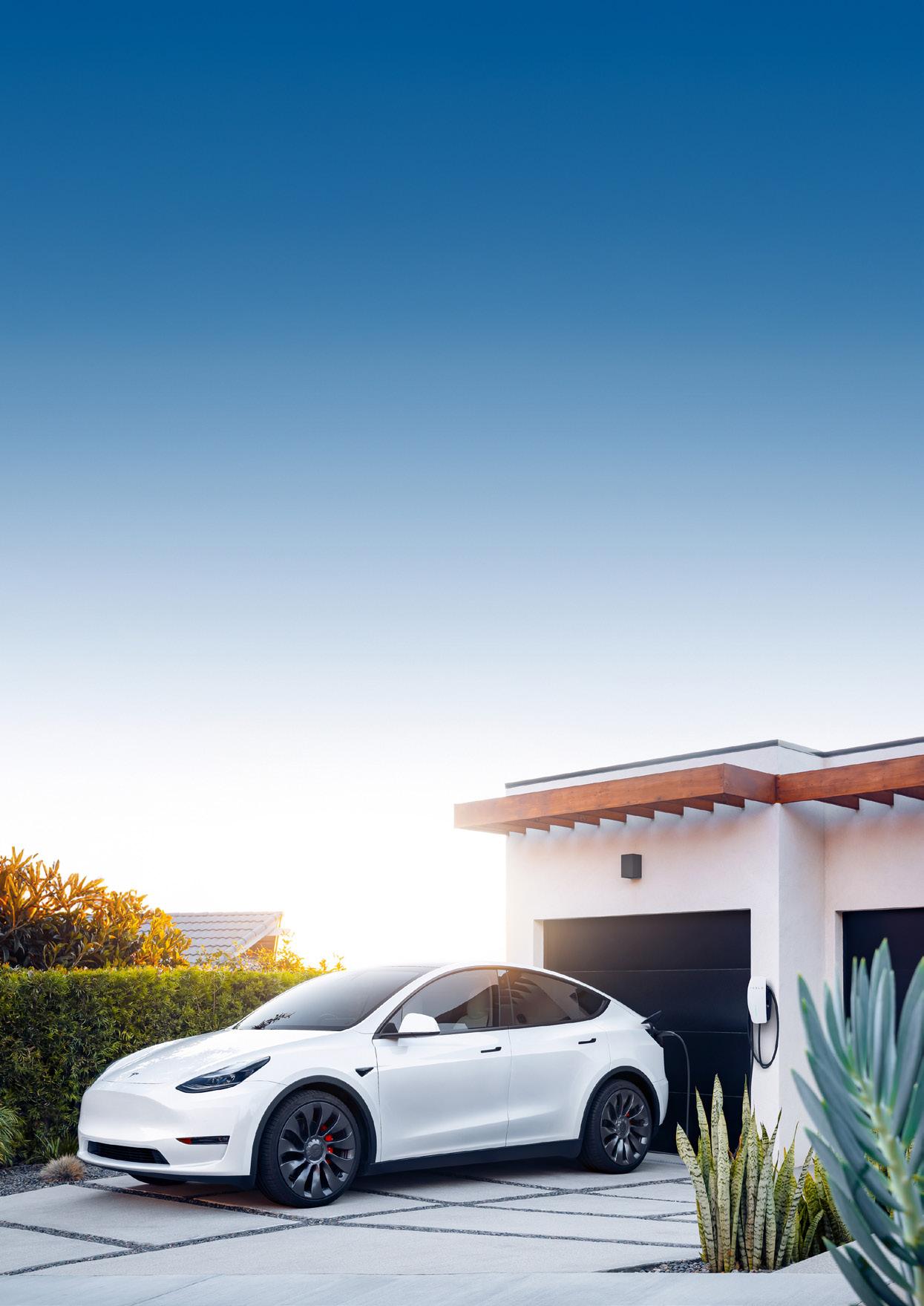
The architecture revolution
To understand OTA, you first need to grasp how dramatically vehicle electronics have evolved. Not so long ago, cars were fairly simple beasts. Sure, they had electronic fuel injection and ABS, but these were isolated systems doing specific jobs.
Traditional vehicles used dozens of separate Electronic Control Units (ECUs) – essentially tiny computers scattered throughout the car, each managing its own little kingdom. The engine had one, the transmission had another, the airbag system had its own, and so on. These ECUs chatted to each other over something called CAN bus – a networking
For those of us working in service and repair, OTA represents both opportunity and challenge.
“Whether you’re selling cars, fixing them, or building them, OTA technology is reshaping the industry landscape.”
system that’s been around since the 1980s and works a bit like old-fashioned Christmas lights. If one goes out, the whole string might fail.
Modern cars are moving to a completely different approach. Instead of 70 or 80 separate ECUs, manufacturers are consolidating functions into fewer, much more powerful computers.
Think of it like replacing a dozen desktop computers with a single server. These domain controllers handle multiple functions and connect via high-speed Ethernet networks – the same basic technology that powers on office internet, but designed to survive the hostile environment inside a car.
This architectural shift is what makes comprehensive OTA updates possible. You can’t easily update 80 separate ECUs wirelessly, but you can update a handful of powerful computers that control everything else.
The communication stack
The heart of any OTA system is the Telematics Control Unit, or TCU. This is essentially your car’s mobile phone – it connects to cellular networks and Wi-Fi, and serves as the gateway between the outside world and your vehicle’s internal systems.
Once an update reaches the TCU, it has to navigate the car’s internal networks. This is where things get interesting. Legacy ECUs still speak CAN bus, so the system needs translators –gateway modules that convert between different networking protocols. It’s like having a United Nations interpreter, but for car computers.
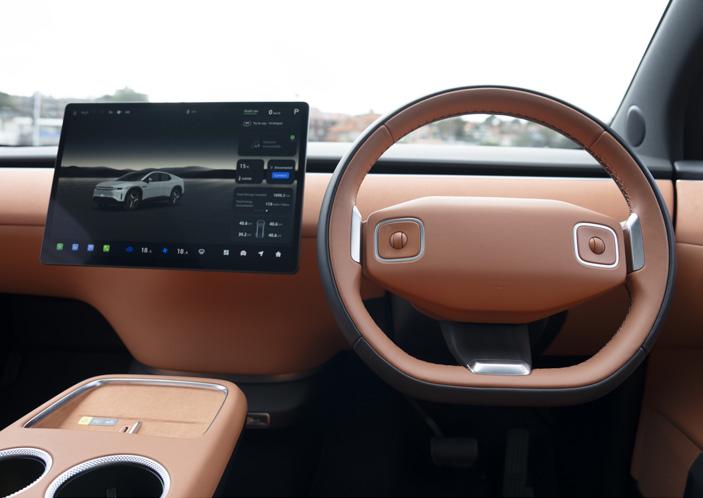
The security around this process would make a bank jealous. Updates go through multiple verification steps using militarygrade cryptography. Each update package is digitally signed, encrypted, and verified at multiple points to ensure it’s genuine and hasn’t been tampered with. The system uses the same type of security that protects your online banking, with several additional layers.
Two flavours of updates
OTA updates come in two main varieties, and understanding the difference is crucial.
Software Over-The-Air (SOTA) updates target the “user-facing” systems – your infotainment, navigation, entertainment apps, and user interface. These are relatively safe to update because they’re running in sandboxed environments that can’t directly control critical vehicle functions. Think of them like smartphone apps – they can crash without taking down the whole system.
Firmware Over-The-Air (FOTA) updates are the serious stuff. These modify the low-level software that directly controls your car’s hardware – engine management, transmission behaviour, brake feel, suspension tuning.
A FOTA update can literally change how your car drives, accelerates, or handles.
Obviously, FOTA updates require much more sophisticated safety mechanisms. The most robust systems use what’s called A/B partitioning – imagine your car’s software exists in two complete copies. One copy (A) runs the
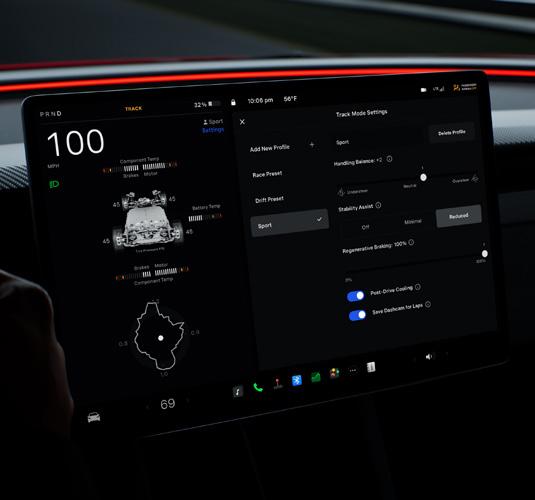
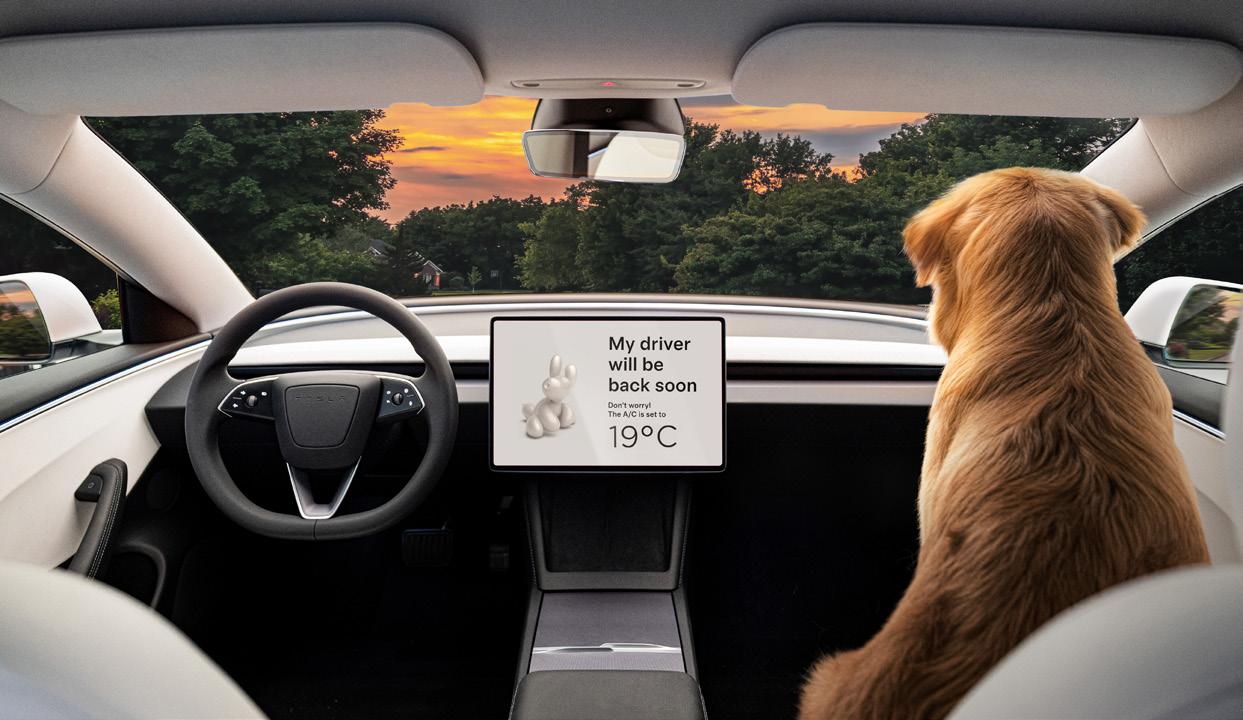
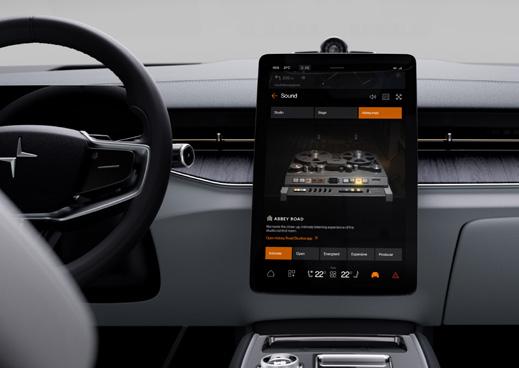
car while the other (B) sits idle. When an update arrives, it installs on the idle partition while the car continues running normally on the active one. Only after the update is completely installed and passes all its health checks does the system switch over to the new version. If something goes wrong, it can instantly flip back to the previous version. It’s like having a safety net that prevents your car from being turned into an expensive paperweight by a bad update. What actually gets updated
The range of things that can be updated wirelessly is frankly astounding. Tesla has pushed updates that make their cars literally faster – improving acceleration through software optimisation. They’ve added completely new features like “Dog Mode,” which keeps pets comfortable while displaying a message to concerned passers-by, and “Sentry Mode,” which turns the car’s cameras into a security system.
BMW has used OTA to enhance their driver

"The range of things that can be updated wirelessly is frankly astounding. Tesla has pushed updates that make their cars literally faster..."
assistance systems and add new entertainment options. Mercedes-Benz has improved voice recognition and added support for new streaming services. Ford has optimised charging algorithms for their electric vehicles and enhanced the capabilities of their hands-free driving systems.
But it’s not just about adding flashy new features.
OTA enables manufacturers to fix problems that would traditionally require expensive recall campaigns. A software bug affecting thousands of vehicles can now be resolved with an update pushed to every affected car simultaneously, often without owners even knowing there was a problem.
The capability extends to fundamental vehicle calibrations too. Engine mapping, transmission shift points, suspension tuning, even brake pedal feel can all be adjusted through OTA updates. It’s like having a master technician fine-tune your car remotely, except the technician has access to data from millions of vehicles to inform the adjustments.
The technology is evolving rapidly. 5G networks will enable much larger and more frequent updates.
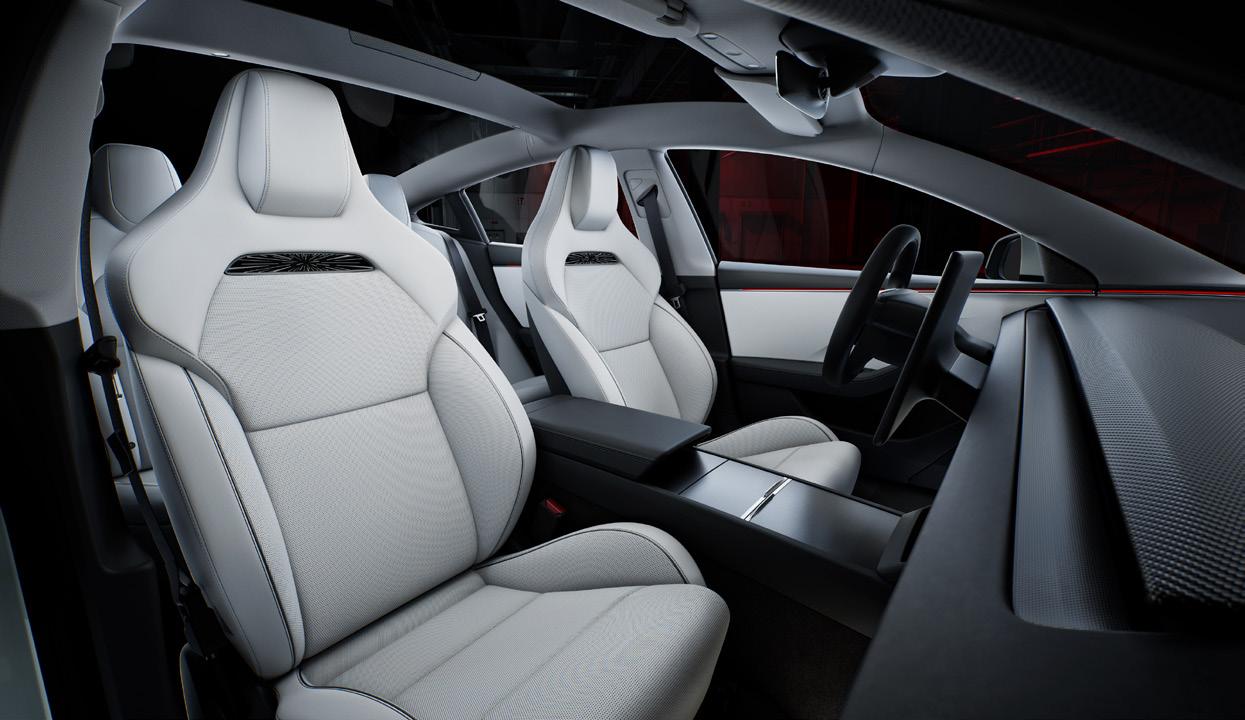
For those of us working in service and repair, OTA represents both opportunity and challenge. Some routine software work is moving away from workshops. This shift is freeing up skilled technicians to focus on more complex problems that actually require human expertise.
The diagnostic challenges are real though. When a customer complains that their car “feels different” after an update, how do you determine if it’s a software issue, a hardware problem, or just the owner adjusting to new functionality? Traditional diagnostic approaches don’t always apply. Version control becomes critical. The same model car might behave completely differently depending on which software version it’s running. Your diagnostic procedures need to account for these variations, and your service information needs to specify which software versions support particular tests. Failed updates create entirely new problem categories. When an OTA update goes wrong, it can leave a vehicle in a state that traditional tools can’t easily diagnose or repair. This is where understanding how to troubleshoot OTA failures and manually recover vehicles becomes essential knowledge.
The business shift
From a business perspective, OTA is enabling entirely new models. BMW controversially introduced subscription services for features like heated seats – the hardware is installed in every car, but you pay monthly to activate it via software. While customers hate the idea, it demonstrates how OTA can create ongoing revenue streams.
For manufacturers, OTA fundamentally changes the customer relationship. Instead of selling a depreciating asset and walking away, they now maintain ongoing connections with vehicles throughout their lifecycle. This enables new services, subscription features, and data collection opportunities. The technology also changes how we think about vehicle specifications. A car’s capabilities can evolve significantly over its lifetime, complicating everything from trade-in valuations to insurance assessments to warranty determinations.
Despite the impressive capabilities, OTA isn’t without its problems. Bandwidth limitations are real – not everyone has unlimited data plans, and cellular coverage in rural areas can be patchy. Large updates might require several gigabytes of data, which can be expensive and time-consuming to download.
The processing power and memory requirements for OTA systems add cost and complexity to vehicle designs. Entry-level vehicles often have minimal computing resources, forcing manufacturers to make difficult tradeoffs between functionality and cost. Real-time system requirements create interesting challenges. Safety-critical systems can’t be interrupted for updates, requiring careful scheduling and resource management.
Some updates can only be installed when the vehicle is parked and powered down, while others use sophisticated techniques to update systems without interrupting operation.

The technology also changes how we think about vehicle specifications. A car’s capabilities can evolve significantly over its lifetime, complicating everything from trade-in valuations to insurance assessments to warranty determinations.
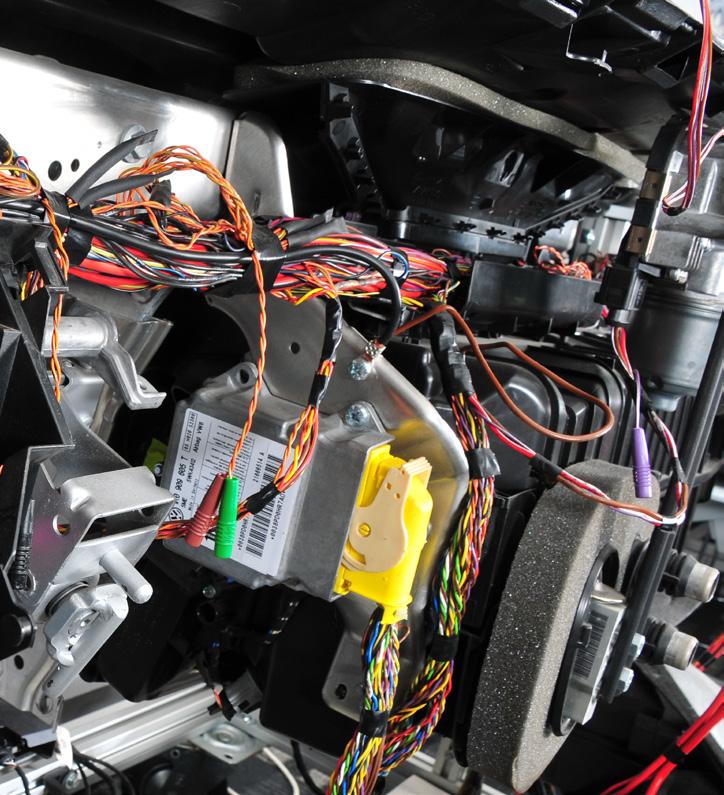
Electromagnetic compatibility is another headache. Adding cellular radios and Wi-Fi to vehicles creates potential interference with sensitive electronics. Antenna placement becomes critical, and shielding requirements add weight and cost. What’s coming next
The technology is evolving rapidly. 5G networks will enable much larger and more frequent updates. Edge computing capabilities built into vehicles will allow for more sophisticated local processing and validation. Artificial intelligence will enhance update management through predictive analytics and personalised scheduling.
Vehicle-to-Everything (V2X) communications will integrate with OTA systems to provide context-aware updates. Imagine your car automatically downloading traffic optimisation updates when it detects you’re about to enter a construction zone, or receiving performance updates based on real-time weather conditions. The integration with autonomous driving systems will be particularly interesting. Self-driving capabilities will likely improve through machine learning models updated via OTA, potentially adding new autonomous features to existing vehicles. The standards landscape
The regulatory environment is catching up quickly. Globally, ISO/SAE 21434 provides cybersecurity guidelines specifically for automotive systems, while UNECE Regulations
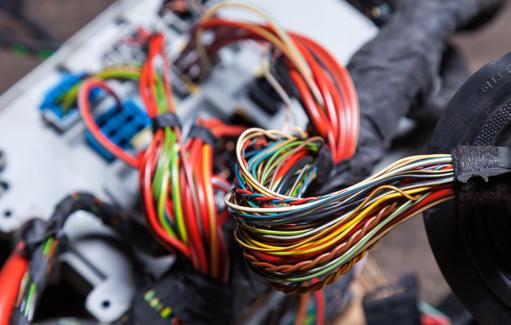
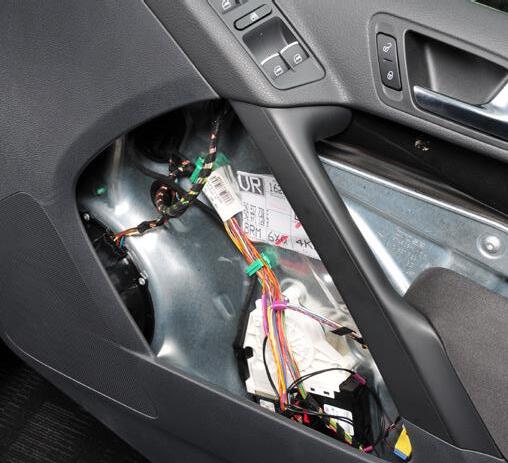
R155 and R156 mandate cybersecurity and software update management systems for new vehicles in many markets. Adapting to the new reality
Whether you’re selling cars, fixing them, or building them, OTA technology is reshaping the industry landscape. The vehicles rolling into workshops today are fundamentally different from those of even five years ago. They’re computers on wheels, and understanding their software systems is becoming as important as understanding their mechanical ones. The shift requires new skills and new thinking. Diagnostic work increasingly involves software troubleshooting rather than purely mechanical problem-solving. Customer interactions need to account for vehicles that can change their behaviour overnight. Service documentation must track software versions alongside traditional part numbers.
But it’s not all challenges. OTA enables capabilities that would have been pure science fiction just a decade ago. Cars that genuinely improve over time, problems that fix themselves, and new features that appear like magic. For an industry that’s spent more than a century perfecting mechanical systems, the transition to software-defined vehicles represents perhaps the most significant change since the invention of the automobile itself.
The future is already here – it’s just downloading while we sleep.

CAN bus wiring is always a twisted pair ...but is often hidden amongst other wires. CAN bus modules are everywhere.
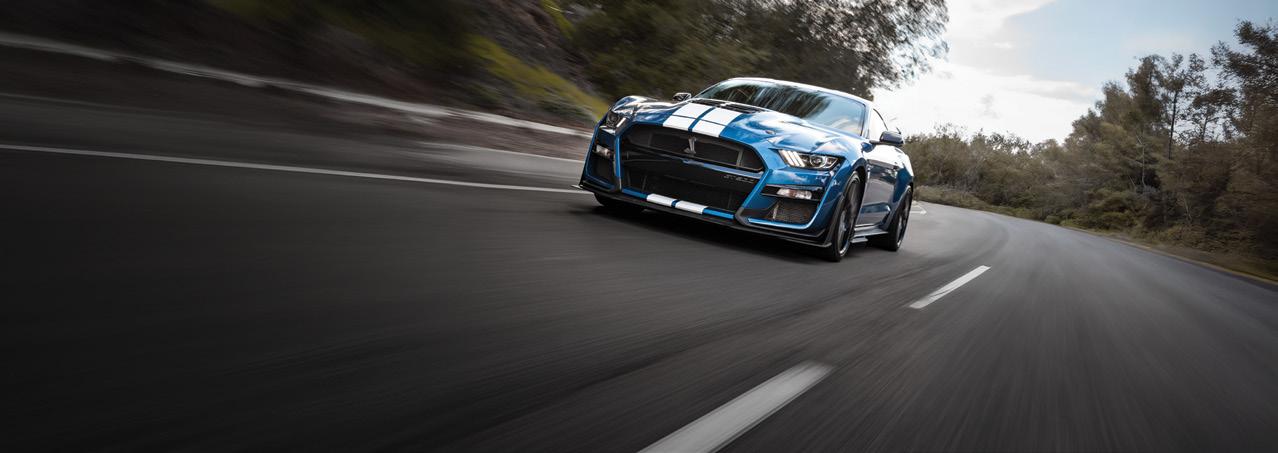
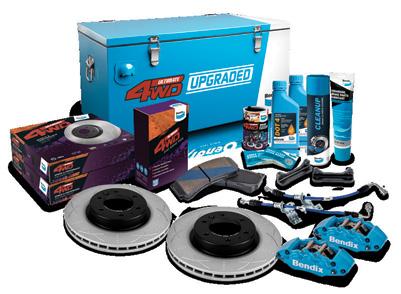
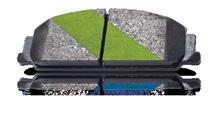
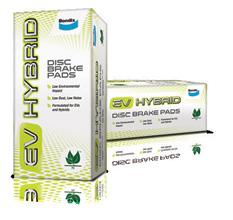
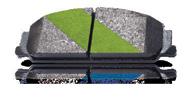
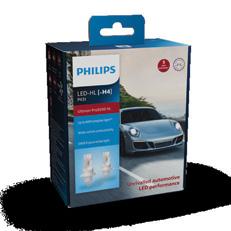
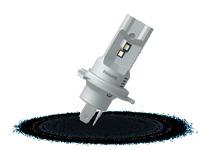
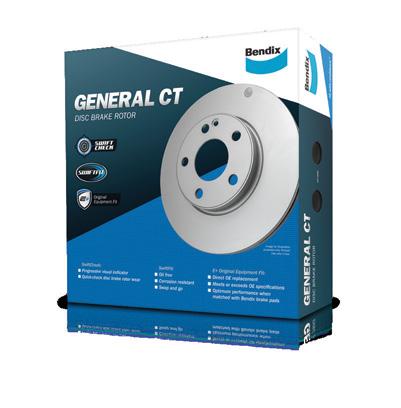
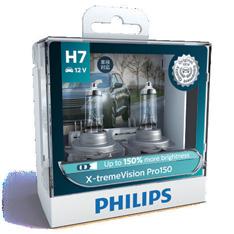
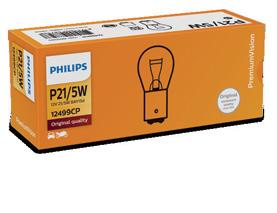
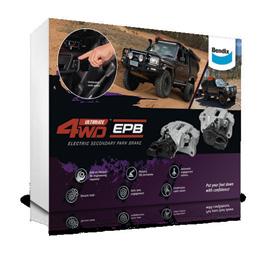

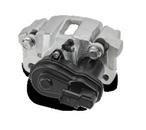
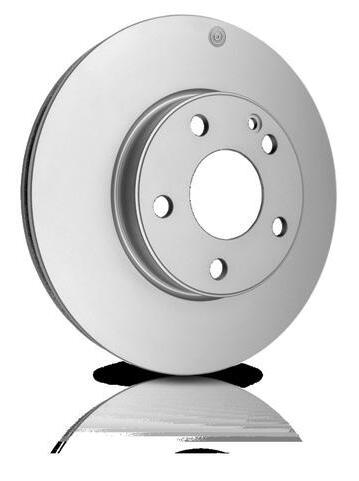



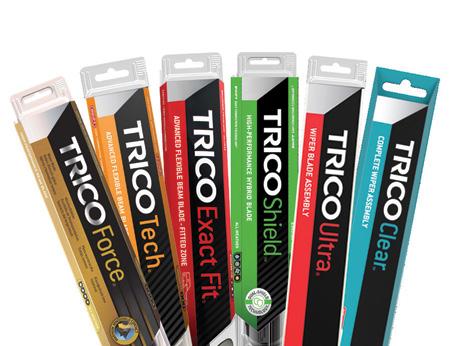

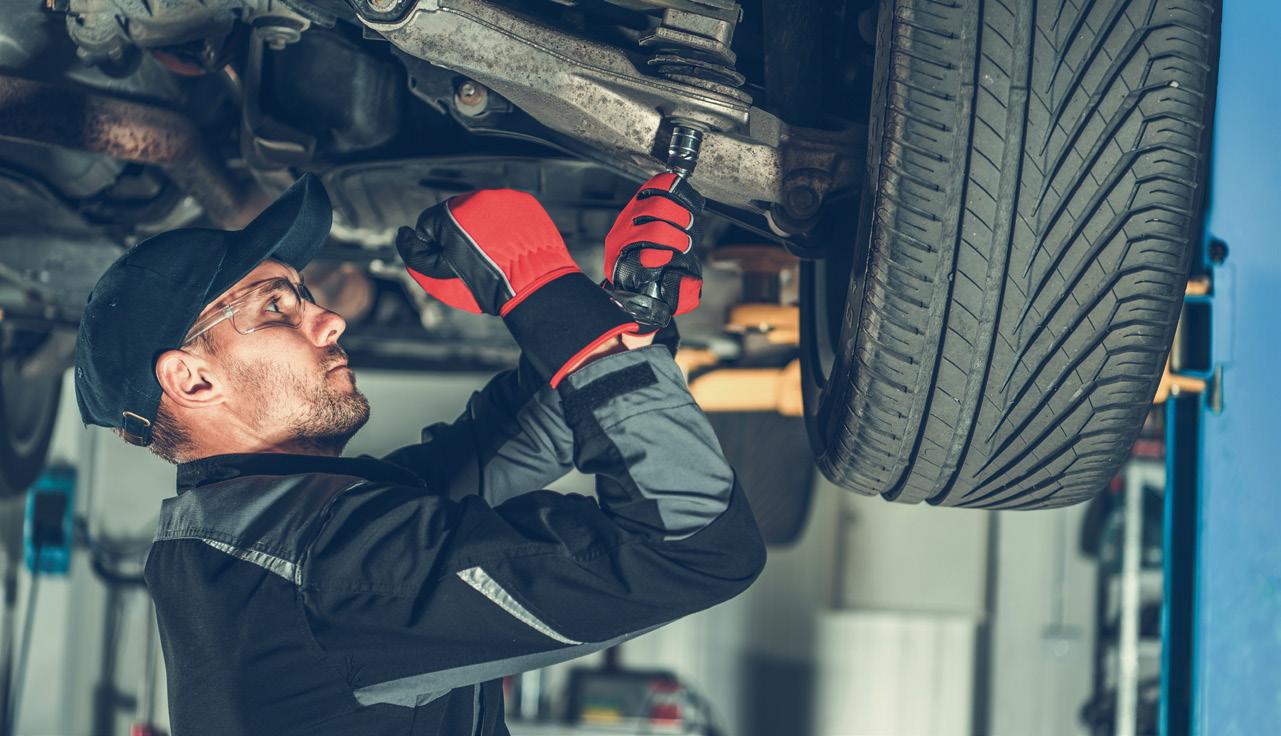
Liability and customer vehicle risks
• Damage due to faulty workmanship
• Negligence by contractor/subcontractor
• Driving risks
• Authorised vehicle inspections
Management risks
• Breaches in employment
• Unfair or wrongful dismissal
• Harassment or discrimination
• Wrongful acts as an owner/director
• Statutory fines & penalties (e.g. OH&S breaches)
Property risks
• Business interruption
• Fire & storm
• Machinery breakdown
• Theft & money
• Glass
Cyber risks
• Data breaches
• Cyber attacks
• Contingent business interruption
• Phishing attacks
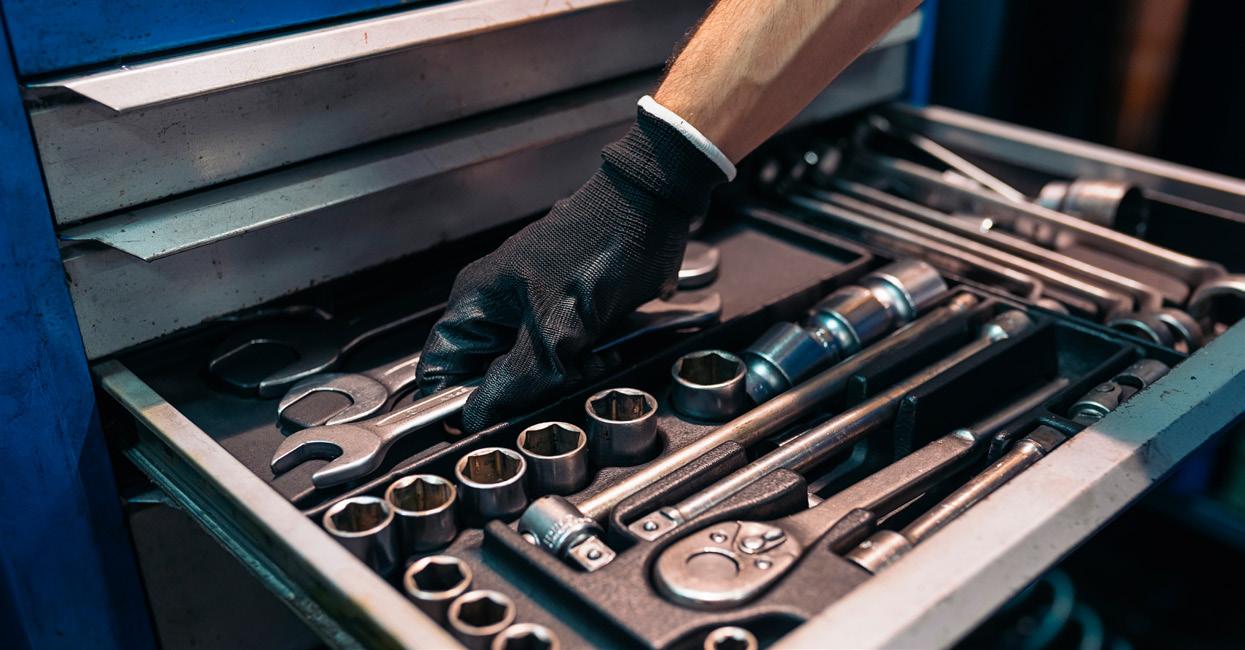
In the year ending March 2025, over $41 million worth of tools were stolen from Victorian tradies, with consistent reports pointing to rising theft incidents year over year.
A total of 19,724 power tools and 19,228 hand tools were reported stolen across Victoria in the same year 1
Whether it’s a $95 torque wrench or a $1,000 diagnostic scanner, your tools are your livelihood, every item in your kit helps you deliver your job. When they vanish, so could your income.
That’s why tool insurance is one of the smartest ways to protect your day-to-day income, and the ability to get back to work when things go wrong. Insurance for stolen tools could mean the difference between being back in the garage tomorrow or chasing cash to restock.
Let’s break down what the right tool cover protects, how much it could save you, and what to look for before choosing a policy. What does tool insurance cover (when home/ vehicle policies don’t)?
Tool insurance steps in when your gear gets stolen, damaged, or destroyed. But bear in mind, theft from unlocked vehicles and general wear and tear are typically excluded from cover.
Depending on your policy, cover usually includes: Theft, even from locked utes, trailers, or job sites
Accidental damage from drops, knocks, or misuse
Fire or storm damage, especially for gear stored in sheds, garages, or vehicles.
Common myths that could cost you thousands
What many people don’t realise is that standard home or vehicle insurance usually excludes commercial-use tools, especially if they’re stored offsite or in transit. That’s where dedicated cover for stolen or damaged equipment steps in.
If you rely on your tools earn your income, don’t leave protection to guesswork.
“My car insurance covers my tools.” Personal car policies usually exclude tools used for work, especially overnight or when left in a ute. Check your Product Disclosure Statement.
“I only do small jobs.” Thieves look for easy targets, not job size. Any kit is valuable and quick to resell.
“I’ve never been hit.” One theft can stop work, delay jobs, and strain cash flow.
“They’re safe in the ute.”
Unattended vehicles are common targets, and many policies set limits or conditions for theft from a vehicle at night.
Read your policy now, not after a loss. Close the gaps that could cost you.
Is it really worth the money?
Consider this: how much would it cost to replace your most expensive power tool tomorrow? For many people; the monthly insurance premium is less than the cost of replacing a single high-value item. It protects your cash flow so you can get back on the job without a massive out-of-pocket expense.
Can I claim the premium on my tax?
Yes. Because tool insurance is a necessary expense to protect your business assets and income, the premium is 100% tax-deductible for Australian businesses and sole traders.
Scan QR code to find out about how Our Auto Insurance could help you.
1 https://www.crimestatistics.vic.gov.au/crime-statistics/latest-victorian-crime-data/recorded-offences-2
Disclaimer: Marsh Advantage
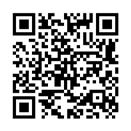

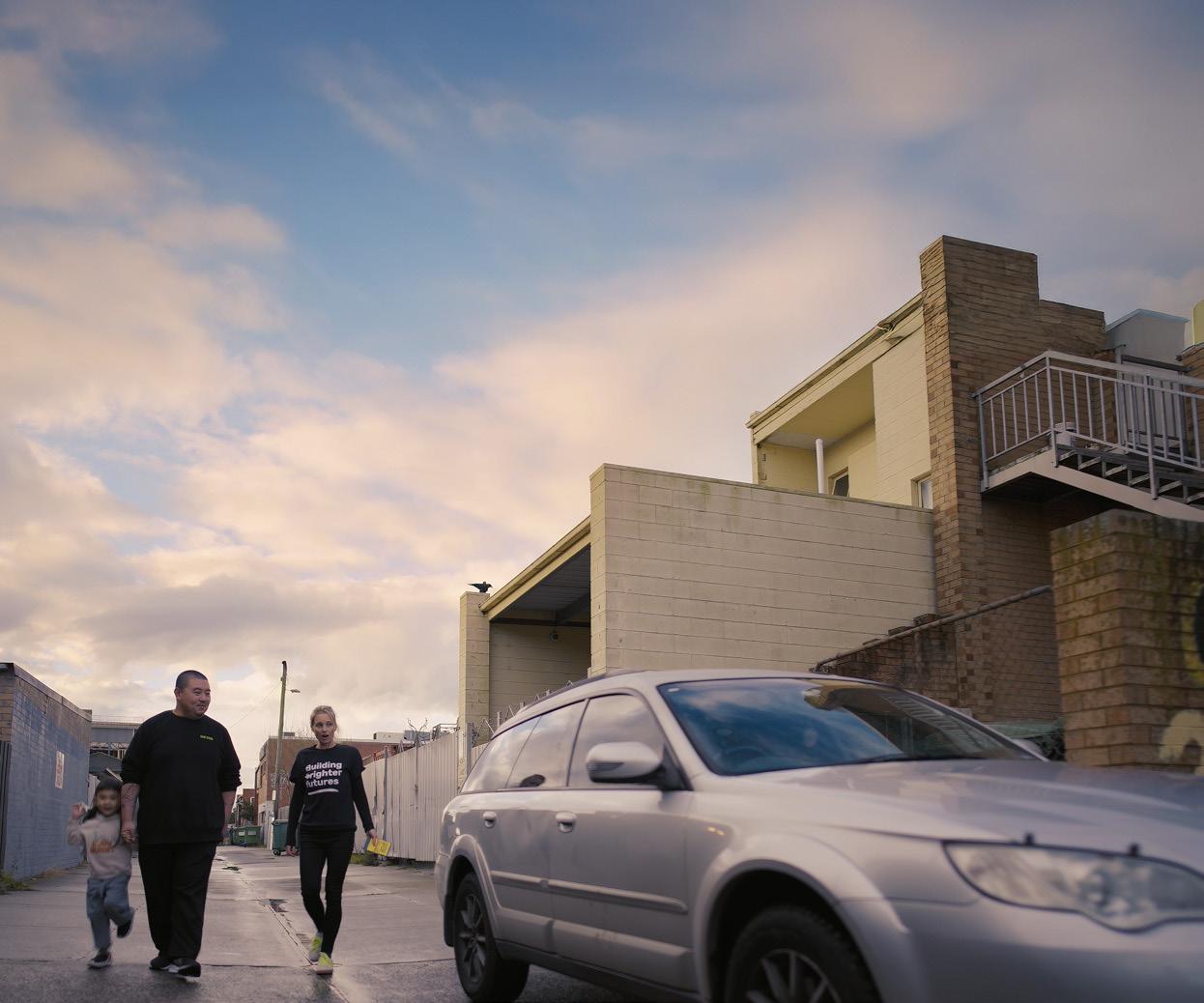
Our industry has the power to create positive change not just in business, but in the community.
One way we can make a meaningful difference is by supporting Kids Under Cover, a Victorian not-forprofit organisation dedicated to preventing youth homelessness.
For more than 30 years, Kids Under Cover has provided young people at risk of homelessness with stability and opportunity. Their work includes building studio accommodation in backyards to keep vulnerable young people connected to family and community, as well as offering scholarships and practical support to keep them engaged with education and employment pathways.
How Your Unwanted Car Can Help Through their Donate Your
Car program, you can turn any unwanted vehicle; cars, motorbikes, caravans, or even boats into funding that directly supports vulnerable young people.
How does it work?
1. Simply book your car donation online
2. Kids Under Cover collects your vehicle
3. Auctioned for impact – vehicles are sold at auction, with 100% of the proceeds supporting Kids Under Cover programs
4. Tax benefit – donors will receive a tax-deductible receipt based on what the car sells for What may seem like an old car to you becomes a turning point for a young person in need.
VACC member, Cox Automotive and Manheim play a vital role by auctioning donated vehicles- having sold over 25,000 to date. Their expertise ensures every car achieves the best possible result, maximising funds for Kids Under Cover. This partnership demonstrates the power of industry expertise to drive real community impact, raising more than $20 million so far.
Every night, thousands of young Australians face homelessness. Without stable housing, their education, health, and prospects are at risk. By donating a car, you’re not just clearing space in the driveway, you’re investing in the next generation.
"By donating a car, you’re not just clearing space in the driveway, you’re investing in the next generation."
We are uniquely positioned to support this initiative. By donating a vehicle, or encouraging your staff, customers, and suppliers to, we can make a collective impact.
We can harness the power of our industry to give young people stability, dignity, and opportunity. Your unwanted car could be the key to a brighter future.
To learn more or to donate a vehicle, visit donateyourcar.org.au
Cars That Give Back case studies
Jeannette and the CivicA Tribute and a Legacy
Jeannette’s donation was driven by both sentiment and generosity. She gave away her mother’s trusty Honda Civic, the most significant donation she’s ever made. The process of donating to Kids Under Cover’s Donate Your Car program was “very straightforward and professional.” When the Civic sold at auction for $2,500, Jeannette felt the outcome was deeply meaningful-“I know mum would have been delighted that her car benefited others” she reflected.
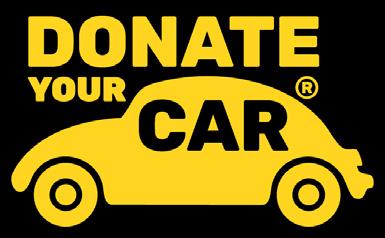
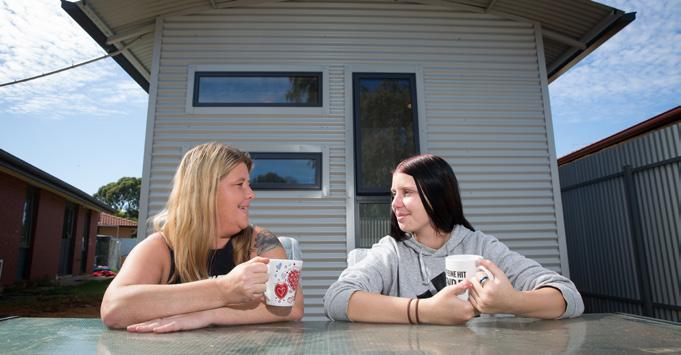
Nissan
When Ross discovered Kids Under Cover’s Donate Your Car program, it felt like the perfect fit: a practical solution for him, and a meaningful way to support young people at risk. The process was seamless, and Kids Under Cover helped him connect with the Australian Tax Office to obtain an official valuation certificate.
Because the ATO valuation can be used when a vehicle’s market value is over $5,000, Ross not only supported a great cause but also benefited from a higher taxdeductible receipt than the auction price alone would have provided. His advice to others thinking about donating?
Simple: “Do it!”
Read more stories of impact
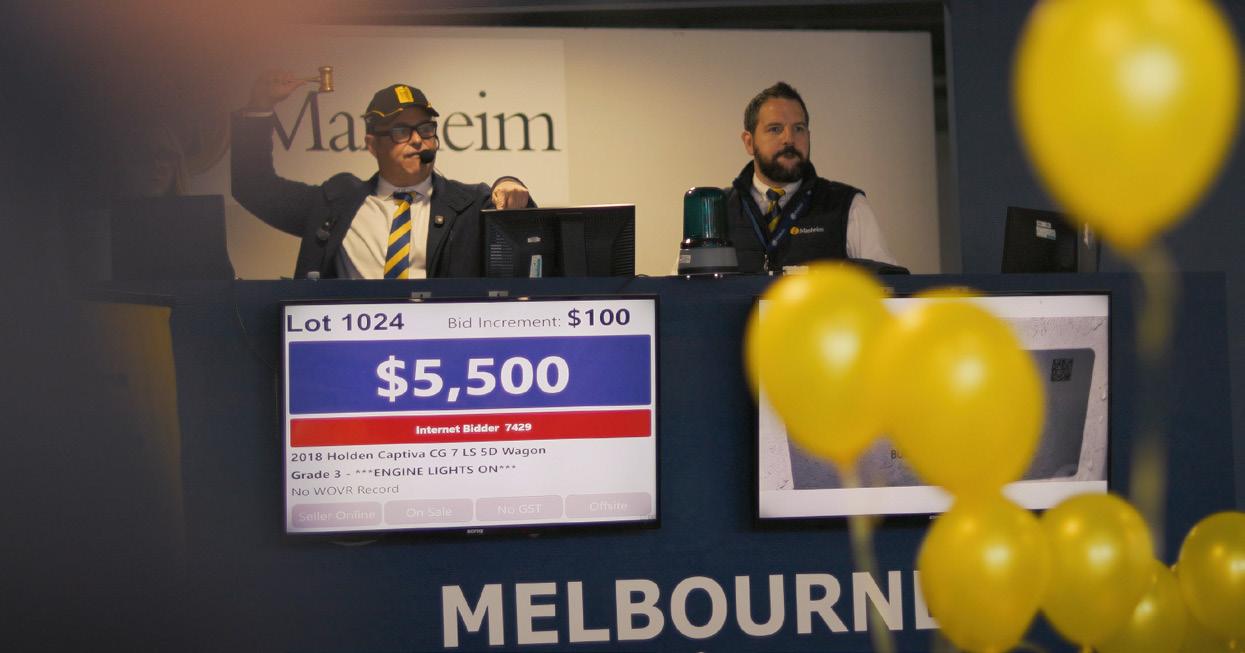
Vehicles are sold at auction, with 100% of the proceeds supporting Kids Under Cover programs.
Thinking about your future at 2am? Make scrolling count with our CareSuper app!
You can check your balance, update details, or see your future anytime, day or night. No paperwork, no hold music — just open the app and you’re in. Download our app!























































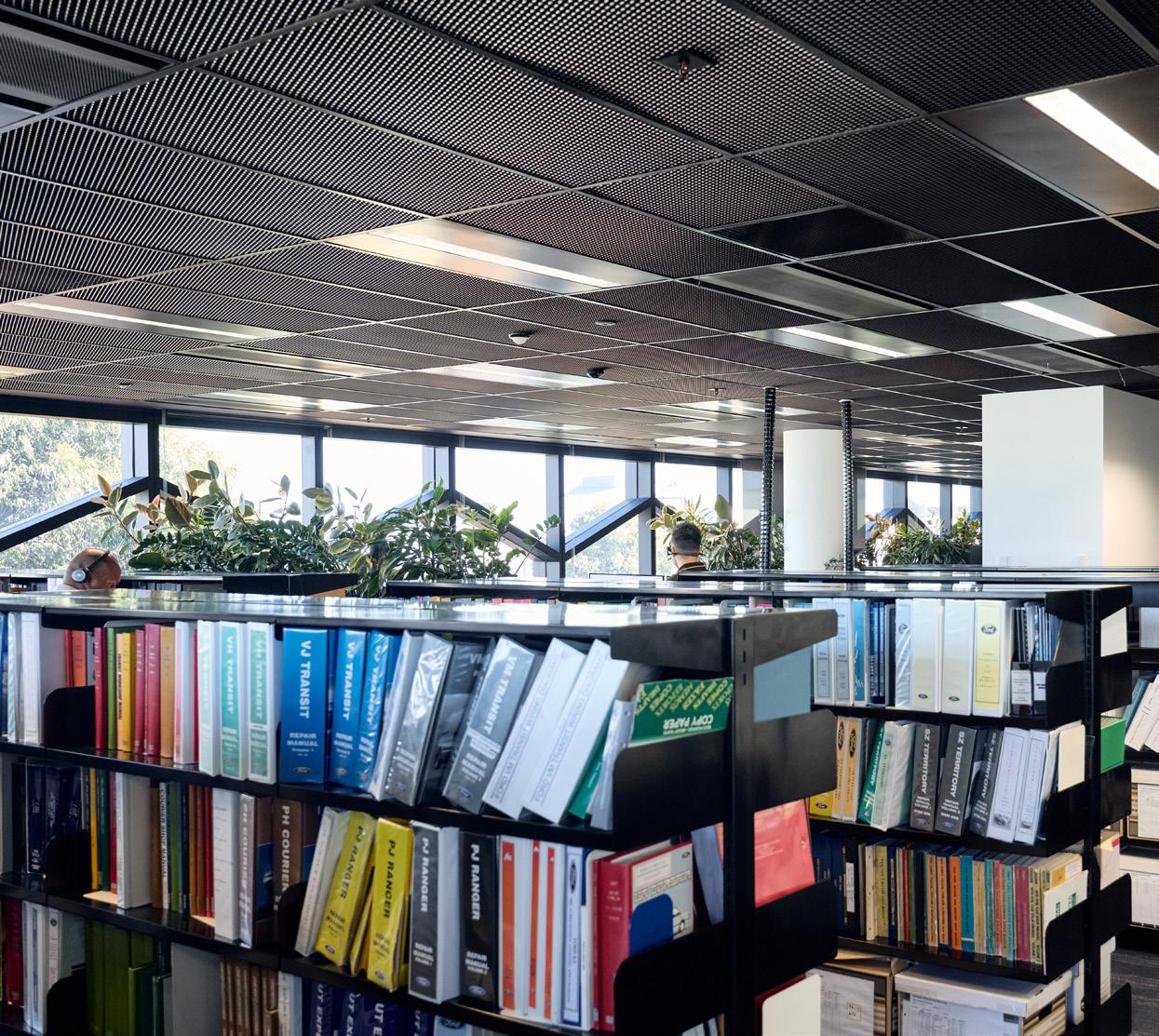
In a world where automotive information is increasingly fragmented and accessrestricted, VACC’s Technical Library stands as Australia’s most comprehensive automotive knowledge repository. It’s 2:30 PM, and VACC Technical Advisor Matthew Tan takes a call from a Melbourne workshop. They’re working on a 2018 Holden Colorado vehicle with an unusual electrical fault. They are unable to find the specific diagnostic flowchart needed on the manufacturer’s online portal, and generic database information isn’t detailed enough for this particular model variant. Within minutes, the advisor has located the exact workshop manual section in VACC’s physical library, scanned the relevant diagnostic procedure, and emailed it to the workshop. Problem solved, customer satisfied, bay cleared for the next job.
How VACC’s 40,000-volume library solves problems others can’t.
This scenario plays out dozens of times each day. In an era where manufacturers increasingly restrict access to technical information and digital platforms can’t cover every vehicle variant, VACC’s Technical Library provides the depth and reliability that modern workshops demand.
The VACC’s Technical Library isn’t an accident of history - it’s a strategically developed resource designed to serve the diverse needs of Australia’s automotive service industry.
With over 40,000 volumes spanning over a century of automotive evolution, it represents the most extensive automotive technical collection in the Southern Hemisphere. Arguably, given Australia’s auto marketplace, it’s one of the broadest in the world.
“Our members work on everything from 1930s and earlier classics to the latest European supercars, from grey import JDM vehicles to American trucks,” explains David Thomson, Team Leader, Technical Services.
“The diversity of the Australian vehicle parc demands a resource base that no single digital platform can match.” This diversity drives VACC’s knowledge acquisition strategy. While the collection began organically in the post-war boom, today’s development is carefully planned to anticipate member needs. The VACC Technical team tracks import trends, monitors emerging vehicle technologies, and maintains relationships with global technical publishers to ensure comprehensive coverage.
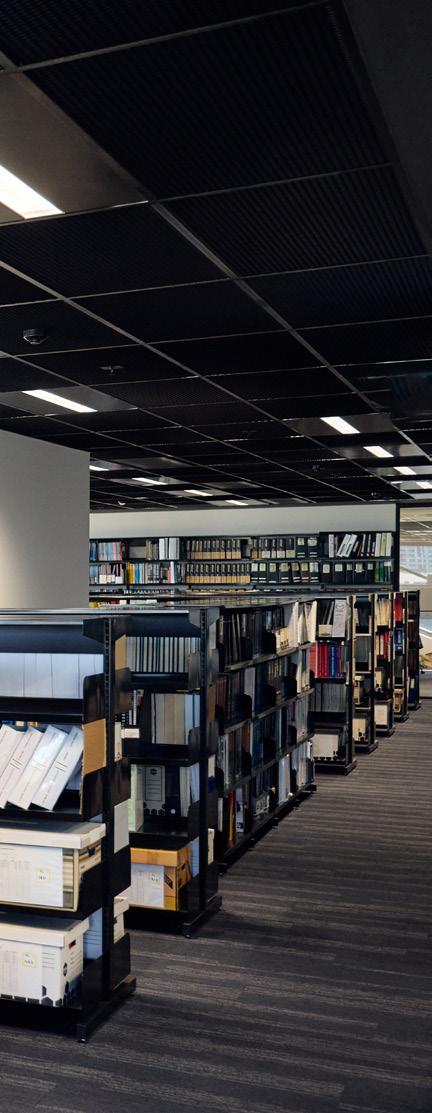
• 40,000+ volumes covering the global automotive market
• Most extensive automotive technical collection in the Southern Hemisphere
• Daily access by tradequalified Technical Advisors
• 70+ years of systematic development
• Comprehensive coverage from classics to cutting-edge
• Strategic acquisitions anticipating member needs
• Integrated with digital MotorTech resources
• Immediate availability through the TechAdvisory service
Walking through the current library facility at VACC’s purpose-built North Melbourne (Vic) headquarters, the scale becomes immediately apparent. Shelves stretching from floor to ceiling contain workshop manuals for the vast majority of makes and models that have entered the Australian
drawing on both digital databases and this comprehensive physical backup. “Digital assets are a huge part of our offering. But the library adds a dimension and gives us credibility that pure digital providers can’t match,” says Matthew Tan, Technical Advisor “When the online systems don’t have
“The diversity of the Australian vehicle parc demands a resource base that no single digital platform can match.”
market. European luxury vehicles, Japanese imports, American classics, Korean brands, emerging Chinese manufacturers - they’re all represented. The library houses around 600 shelves of technical manuals, spanning a floor area of roughly 120 square metres. The collection is organised by region -- from Europe (Italy, Britain, France, Germany) and the Australian market, to Jap, Korea, China and the United States. The spectrum of technical information is covered, not just engine and powertrain, but body repair and other key workshop needs. And it’s not just passenger cars -the library also covers motorcycles and heavy vehicles; there are even a handful of tractor manuals in the collection.
But this isn’t a static archive. The collection grows weekly with new acquisitions, and every volume is catalogued for rapid retrieval by VACC’s TechAdvisory team. When a workshop calls with a technical query, advisors can locate specific information within minutes,
what we need, we can dig deeper. That’s what sets the VACC resource apart - we have the information to solve problems others can’t.”
The library may be organised by make and model, but its real strength lies in the Technical Advisory team. With over 180 years of combined trade experience, they work together to provide precise answers fast, averaging less than 15 minutes from enquiry to resolution. Serving modern workshop challenges
Today’s automotive service industry faces unprecedented technical complexity. Manufacturers increasingly move technical information behind digital paywalls restricted to dealer networks. Vehicle platforms span multiple brands and markets. Imported vehicles often arrive with minimal local documentation. VACC’s Technical Library addresses these modern challenges directly:
• Global Coverage: When a workshop
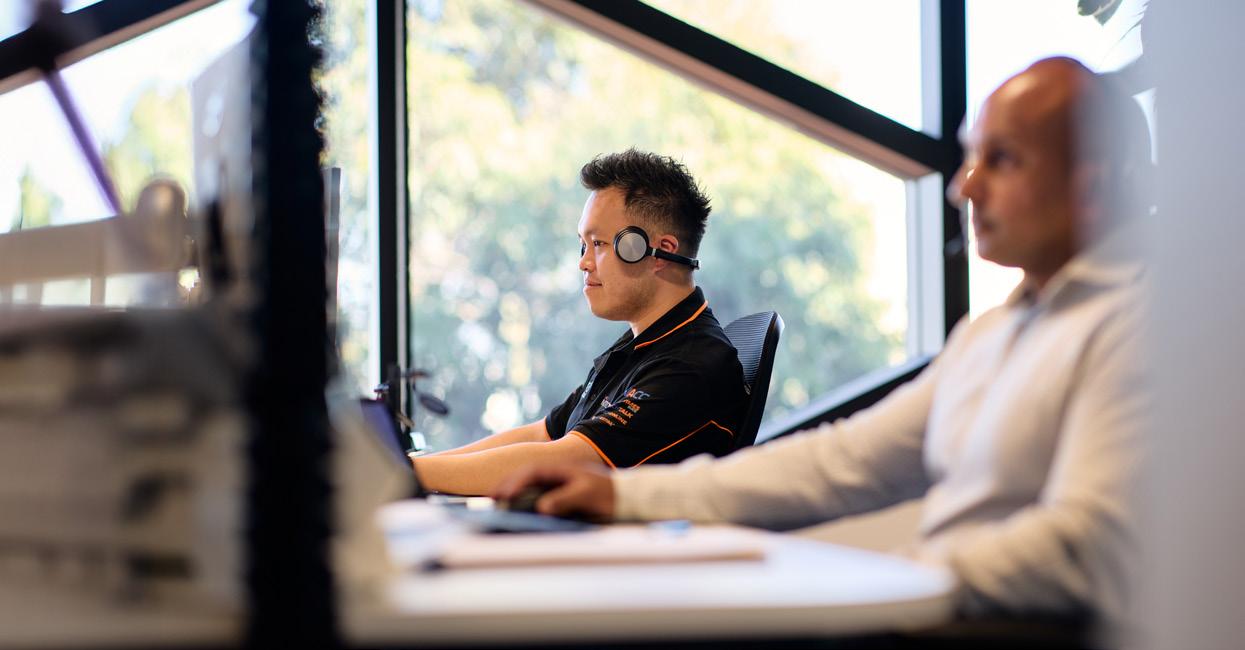
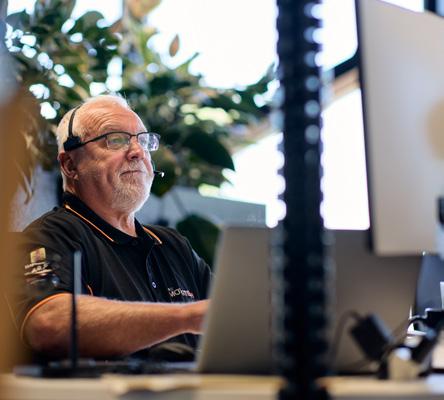
encounters a grey import with no local support, VACC’s international manual collection often provides the answer. Platform relationships between different markets mean that a European manual might solve an Australian workshop’s problem with a seemingly unrelated vehicle. One recent case involved a VACC MotorTech subscriber in New Zealand seeking antilock braking information for a Toyota Corolla II. Although this JDM model was never released in local markets, it was sold in the United States as the Toyota Tercel. The VACC Technical team identified the link, sourced the relevant US manual, and delivered the information that resolved the repair.
• Historical Depth: As vehicles age out of manufacturer support systems, VACC’s library becomes increasingly valuable. The workshop manual that’s no longer available digitally is still accessible on VACC’s shelves.
• Cross-Reference Capabilities: VACC’s experienced advisors can identify component sharing and platform relationships that may not be immediately apparent in digital systems, using the comprehensive collection to find alternative information sources.
The Technical Advisory Team recently received a request for engine rebuild specifications on a 1930s Chrysler CJ-6. The details were readily available in the Technical Library, information that would have been difficult to source elsewhere as quickly.
In some cases, the relevant manual may not provide complete coverage for a particular vehicle. Because engines and transmissions often span multiple models, VACC’s advisors use cross-references to fill the gaps. For example, a VW Polo manual may lack details on the 1.2L four-cylinder engine, but the Skoda Fabia manual covering the same powertrain contains the required information.

Development of the VACC’s technical library is driven by subscriber requirements and industry analysis. The technical team continuously monitors which vehicles are entering the Australian market, tracks workshop enquiry patterns, and identifies gaps in available information sources.
“We’re not just collecting manuals,” explains Shaun Jones, Customer Service Manager.
“We’re building a strategic resource that anticipates our members’ needs. When a new vehicle line enters Australia, we’re already working to acquire the technical documentation.”
“We’re building a strategic resource that anticipates our members’ needs. When a new vehicle line enters Australia, we’re already working to acquire the technical documentation.”
To this end, the library aggregates various hard copy and digital sources – a mix of OEM and aftermarket manuals, including most recently an exclusive arrangement with Haynes and the Haynes Pro digital ranges.
The Library is supported by a dedicated call centre via which every request is logged and analysed for trends. When patterns emerge, the team researches the best way to fill the gap. This may be by sourcing physical manuals where possible or creating and publishing new content through VACC’s MotorTech online platform.
Recent focus areas include:
Electric and Hybrid Vehicle
Documentation: As electrification accelerates, VACC is building specialised collections for battery systems, charging infrastructure, and hybrid powertrains.
ADAS Systems: Advanced driver assistance technologies require specific calibration and diagnostic procedures, often not fully covered in standard databases.
Emerging Markets: Chinese and other developing market vehicles entering Australia need comprehensive technical support.
Integration with digital resources VACC’s library doesn’t compete with digital resources - it complements them. The integration between MotorTech and Haynes Pro online databases and the physical collection creates a comprehensive information ecosystem that no single-source provider can match.
“A typical enquiry might start with a MotorTech search,” describes Matthew Tan, Technical Advisor.
“If that gives us 80% of what we need, we can use the library to fill in the gaps. Or if the digital source seems incomplete, we can verify against the original or Haynes workshop manual.”
This multi-source approach proves particularly valuable for complex diagnostics where multiple information sources provide different perspectives on the same problem. Advisors can crossreference digital flowcharts with original manufacturer procedures, ensuring workshops get the most complete and accurate guidance possible.
“The format of automotive information might be changing, but the fundamental need remains,” says Rod Lofts, Senior Technical Writer.
“Workshops still need reliable technical information, and they need it fast. Our job is ensuring they have access regardless of how manufacturers choose to distribute their documentation.”
For VACC MotorTech subscribers, the library represents a competitive advantage that extends far beyond its cost. While other workshops struggle with incomplete digital information or expensive manufacturer portal subscriptions, MotorTech subscribers have access to comprehensive technical support backed by decades of systematic resource development.
“We had a customer with a 2014 Subaru Forester, which had a no-start situation that was stumping everyone,” reports Derek from Derek Steen’s Auto Care.
“Even the dealer couldn’t help. The vehicle had a blown fuse in a hidden fuse box that the OE information does not list or even show. Without this information, we were unable to find which circuits were using that fuse to begin troubleshooting. But VACC’s technical team found the answer in their library within the same day, and we were able to track down the component that was at fault and solve the no-start situation. That kind of backup gives us confidence to take on any job that comes through the door.”
The economic impact extends beyond individual problem-solving. Workshops can accept work on unusual vehicles, knowing VACC support is available. Diagnostic time decreases when comprehensive information is readily accessible. Customer satisfaction improves when problems are solved efficiently rather than becoming extended diagnostic exercises.
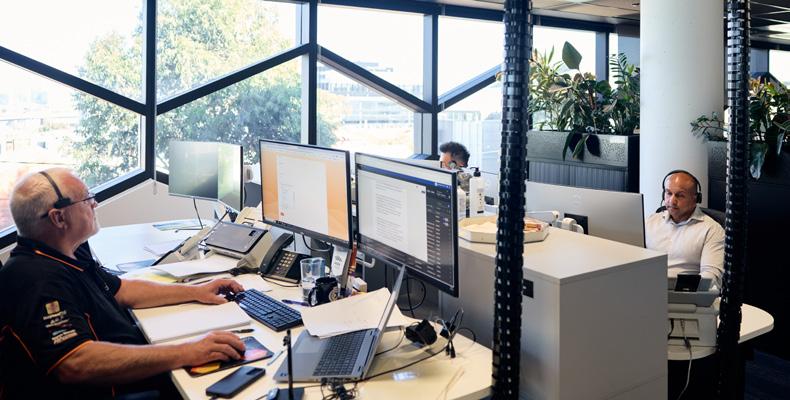
Looking ahead, VACC continues evolving its library strategy to meet emerging challenges. While maintaining the comprehensive historical collection that serves existing vehicles, new development focuses on anticipating future technical support needs.
Key strategic directions include:
Digital Archive Development: Converting critical historical manuals to searchable digital formats while maintaining physical originals.
Partnership Expansion: Building relationships with Haynes, other global technical publishers and emerging market manufacturers to ensure continued access to new vehicle documentation.
Technology Integration: Developing systems that seamlessly blend physical and digital resources for maximum advisor efficiency.
In an automotive service industry facing increasing complexity and fragmented information sources, VACC’s Technical Library provides something increasingly rare - comprehensive, reliable access to technical knowledge that spans the entire history of automotive development.
“The format of automotive information might be changing, but the fundamental need remains.”
Combined with trade-qualified advisors who understand how to navigate and interpret this vast resource, it creates a competitive advantage that no digital-only solution can replicate. When workshops need answers, VACC delivers - whether the vehicle rolled off the production line last month or seventy years ago. That’s the power of decades of strategic development, and it’s why VACC’s Technical Library remains an irreplaceable resource for Australia’s automotive service industry.
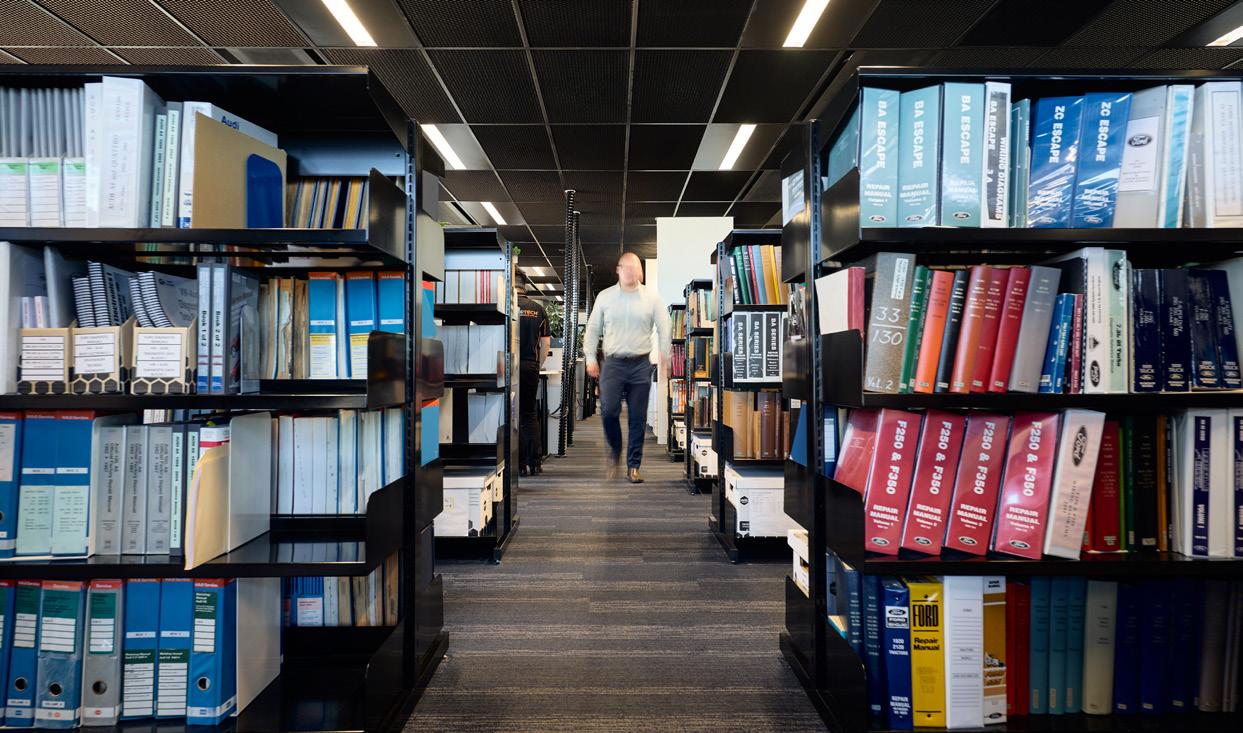
The types of cars driven on Australian roads have evolved over the years. Once, the market was dominated by locally produced large sedans and their commercial variants. Whereas the DualCab Ute has now been the best seller for the last decade, this trend is reflected in the requests for diagnostic, service, and repair information to VACC MotorTech. The top five bestselling Utes over the last ten years have been the Ford Ranger, Toyota Hilux, Isuzu D-Max, Mitsubishi Triton and Mazda BT-50, and many of these align with the information requests we receive.
These top-selling vehicles use Common Rail Diesel (CRD) engines, which can lead to similar problems if not properly maintained. Some of these issues could include regular Diesel Particulate Filter (DPF) blockages, carbon buildup in the intake and Exhaust Gas Recirculation (EGR) systems, which reduce performance, EGR cooler leaks resulting in overheating issues, and contaminated fuel that can damage injectors and high-pressure pumps across all makes and models.
For an overview of DPF issues, please refer to the following video.
https://youtu.be/xNOmaRyD0PI
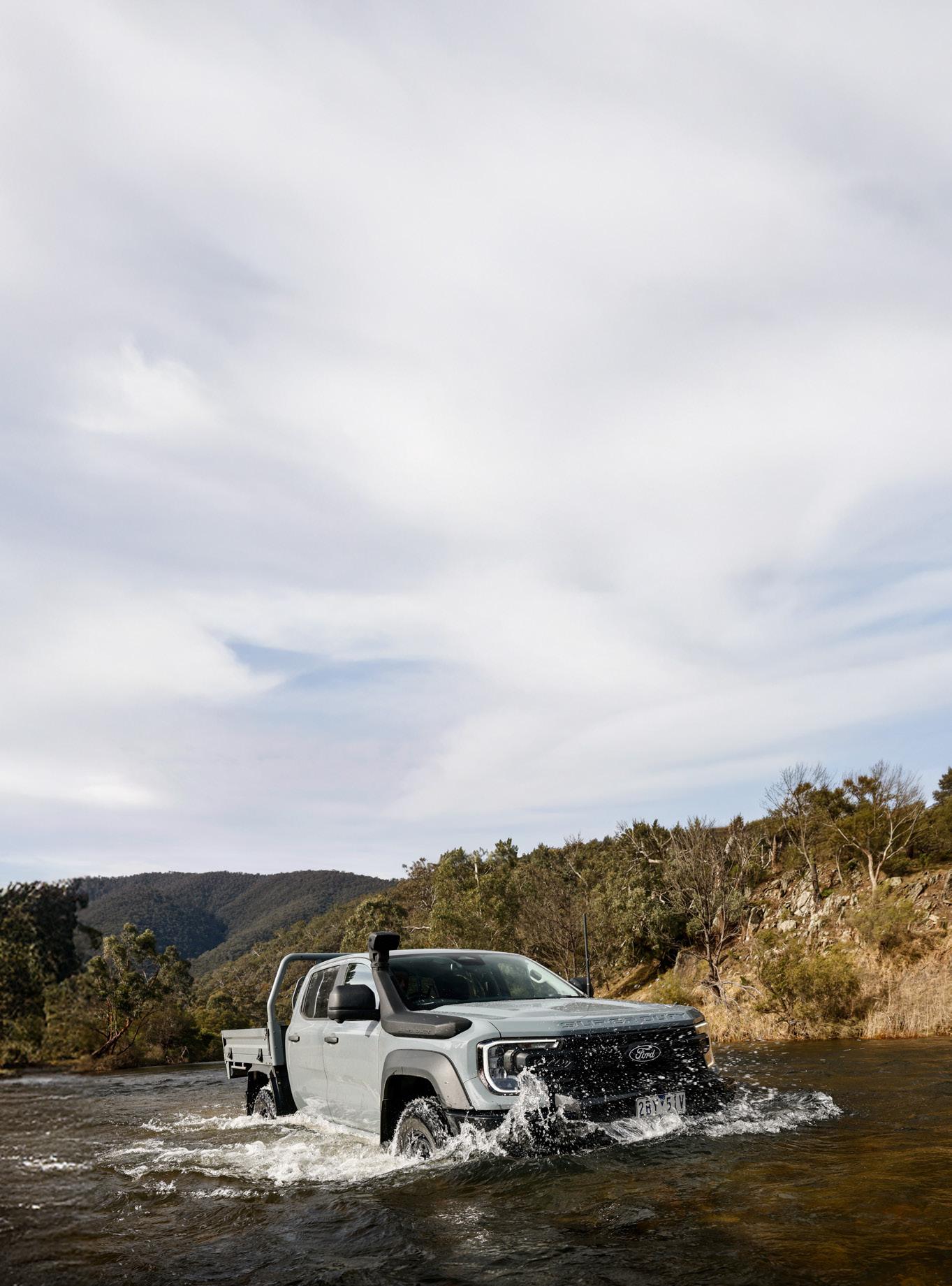
These vehicles commonly feature electronically controlled Four-Wheel Drive (4WD) systems, which can experience issues due to overuse or underuse. If the Ute is taken offroad, rocks and branches may impact the 4WD components, potentially damaging actuators, sensors, wiring, and breather hoses.
If the vehicle is used to ford rivers, water could enter electrical connectors or actuators, which may induce corrosion and electrical faults. Breather hoses coming off the front axle and transfer case actuators are typically found in late-model Toyota Hilux, which allows water to enter these expensive components. See the following video for more information.
https://youtu.be/1slcPsmYFd8
Lack of use can also induce problems as many drivers never engage their 4WD systems. Actuators and position switches can seize up and fail to respond correctly when required. The vibrations of driving can cause damage to the transfer case gears and bearing if they remain in one position. Whereas if the system is engaged regularly, this wear is more evenly distributed.
Wheel bearing replacement is a procedure that we frequently send out. This seems to be more common on vehicles which have oversized wheels and tyres fitted, and that have been heavily loaded with work or camping equipment, trailers and caravans. If the vehicle is used off-road, water ingress into the bearings can also shorten their service life. See the following video https://youtu.be/aJs67mP5ZCk
Most of the above issues can be prevented by regular servicing and educating your customers about preventive maintenance practices. The team at VACC MotorTech is aware of many known problems that could save you valuable diagnostic time if something goes wrong.
VACC MotorTech is the culmination of years of hard work by the VACC Technical Department to provide automotive businesses and VACC members with a VACC MotorTech subscription (at a level that suits their business needs), which can include diagnostic, service, and repair information to operate an efficient workshop. For more information on how a VACC MotorTech subscription can help you fix more cars faster, go to motortech. com.au or call 1300 130 116.
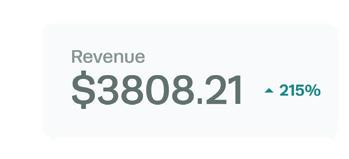
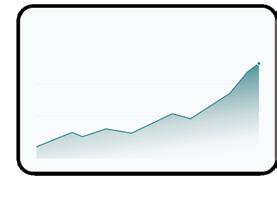
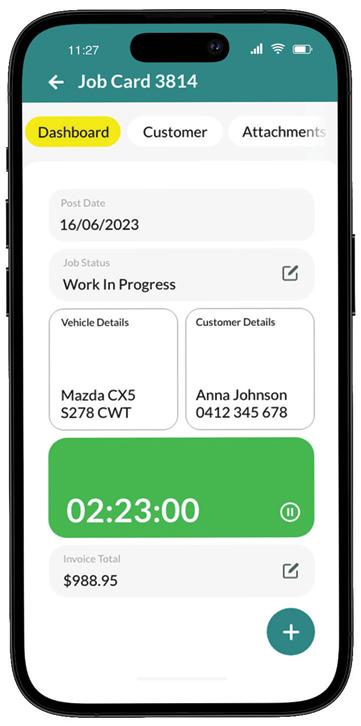

VACC members have access to a Commonwealth Bank Relationship Manager who can arrange for you to receive information on:
• Everyday banking solutions including business accounts and eftpos terminals.
• For your eftpos – a Commonwealth Bank Relationship Manager can provide information on the Least Cost Routing options.^
• Funding options including Business Credit Cards, Car and Equipment Finance and Business Loans.
These solutions may help you manage cash flow and expand your business.
To find out how Commonwealth Bank can help your business move forward, contact VACC on 03 9829 1152 or email marketing@vacc.com.au and they’ll put you in touch with a Commonwealth Bank Relationship Manager.
Things you should know: As this information has been prepared without considering your objectives, financial situation or needs, you should, before acting on this information, consider its appropriateness to your circumstances. Eligibility criteria and other conditions applies. Applications are subject to credit approval. Full terms and conditions will be included in our loan offer. Fees and charges may be payable.
^ Least Cost Routing is also known as Merchant Choice Routing. A reference in the Merchant Agreement dated 1 April 2023 to Merchant Choice Routing is also a reference to Least Cost Routing. The target market for this product will be found within the product’s Target Market Determination, available at commbank.com.au/tmd.
VACC may receive a fee from the Commonwealth Bank of Australia for each successful referral. Commonwealth Bank of Australia ABN 48 123 123 124 AFSL and Australian credit licence 234945.
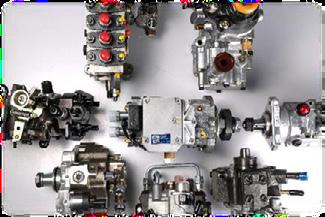
We service and repair for the general public, workshops and dealerships

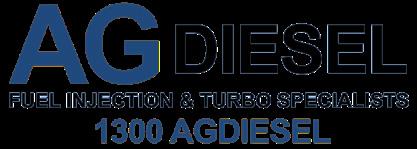
www.agdiesel.com.au
“AG DIESEL have specialised in Diesel Fuel Systems and turbochargers for nearly 40 years”
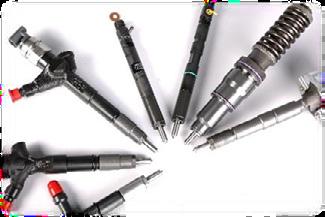
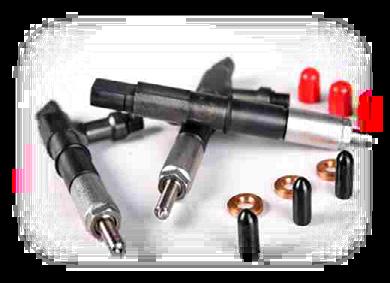




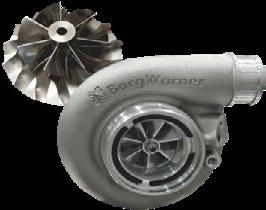


AG Diesel has the latest diagnostic equipment, state of art testing and repairing facility with the highest level of qualified technicians to meet your requirements. • Cars, 4WD, Trucks & Marine
Agricultural Equipment
Earthmoving Equipment • EFI Testing
Dyno Testing • Inhouse Turbo Balancing • Turbocharger Overhauls & Parts • New & Exchange Components • Comprehensive Spare Parts Sales






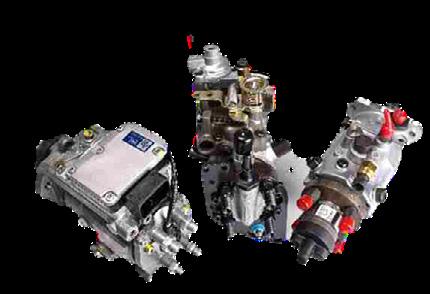












Premium beam blades for 96% of fitments, designed for Australia
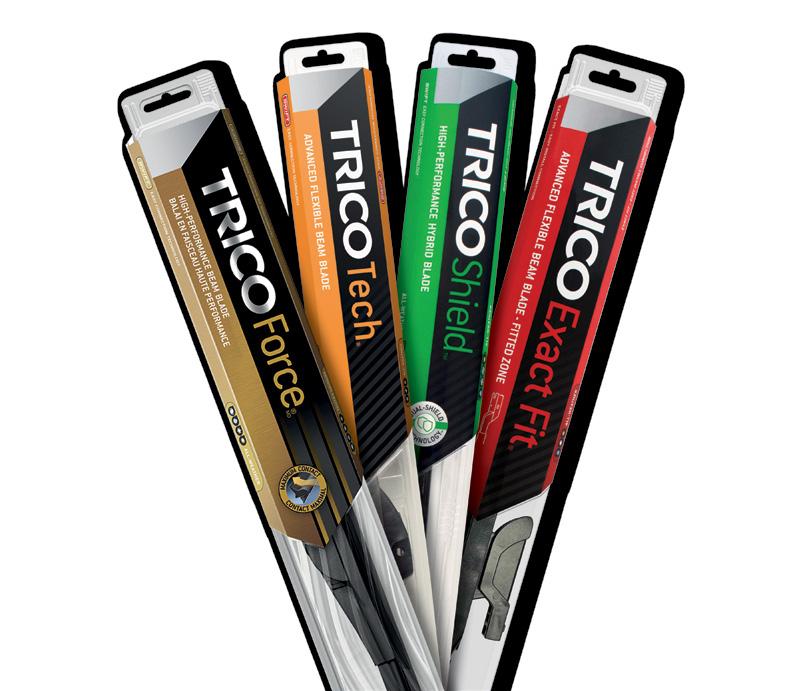
Advanced frameless design for superior performance
WIPERS SAFETY CHECK
No matter the weather, ensure your wipers are inspected before you hit the roads!
tr icopr oduc ts.com.au
Tailored wipers that ensure a perfect match for your vehicle, maximising performance and ease of installation
TRICO’S UNMATCHED QUALITY
Trico are the only wipers tested to 3 x OE standards (1.5m cycles)
WIDE PRODUCT RANGE
Trico wipers fit more vehicles than anyone else!
SCAN THE QR CODE to find the right wipers for your vehicle and check out our new website
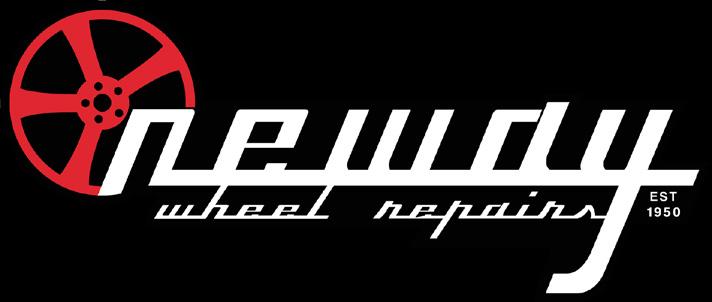
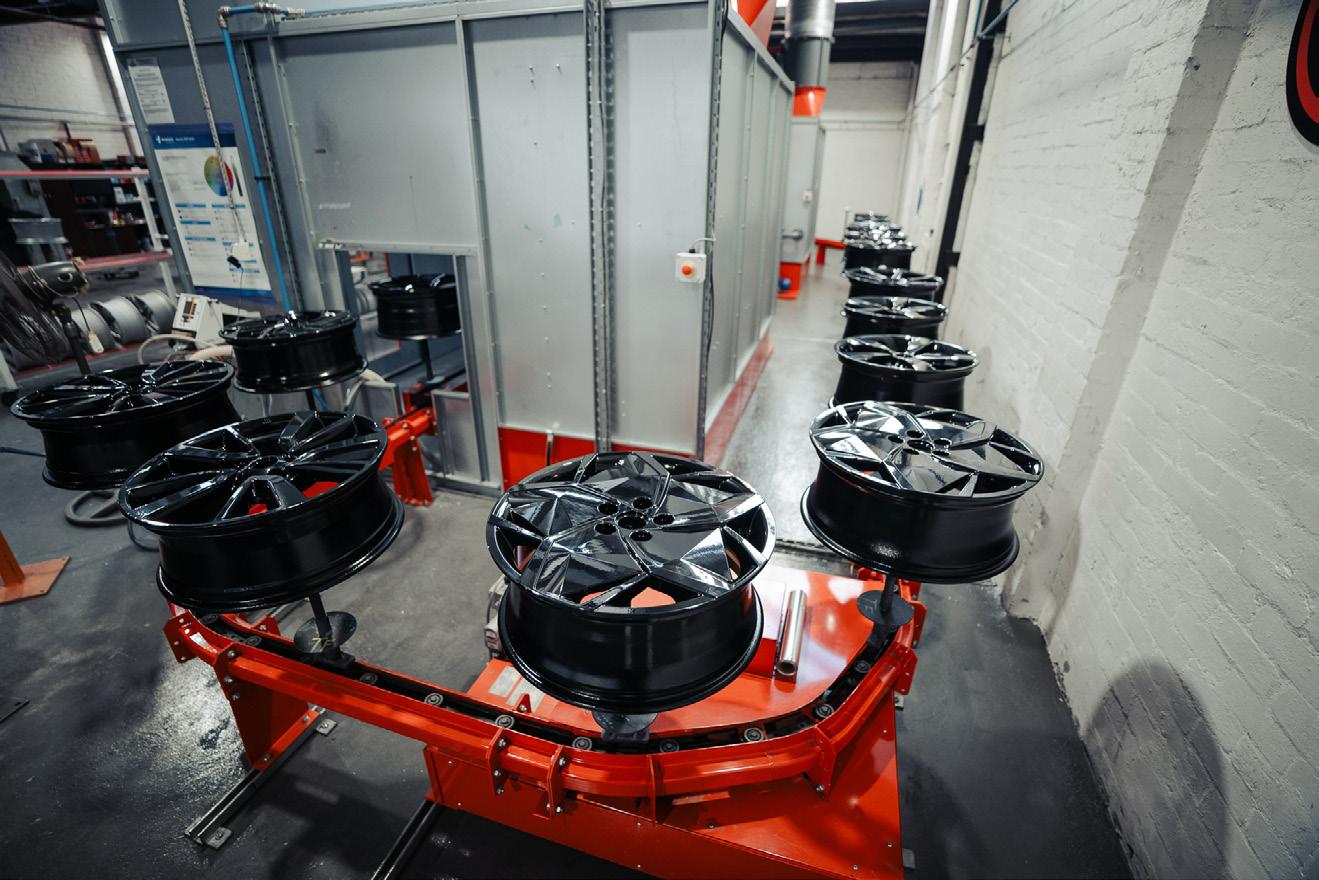
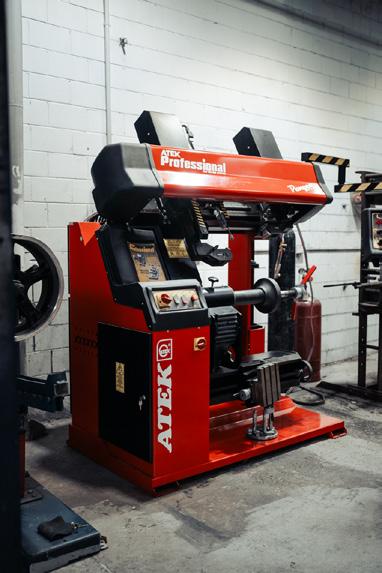
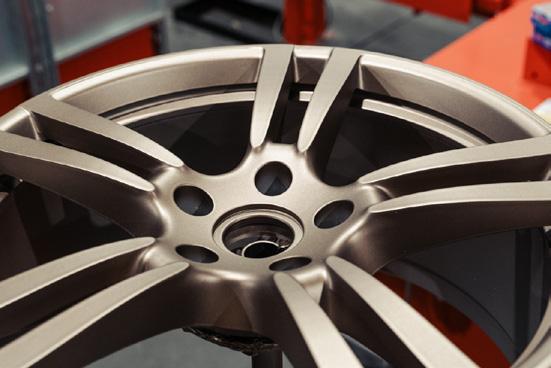

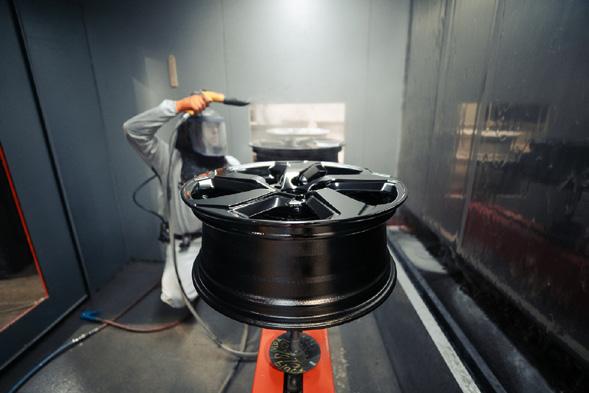
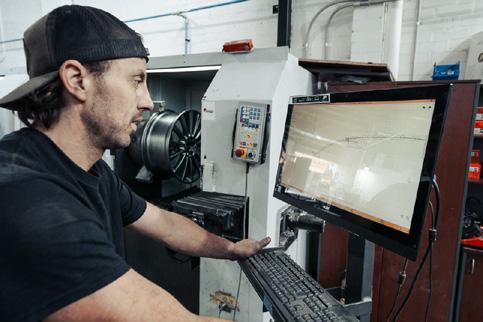
Neway Wheel Repairs is a family owned-and-operated company spanning three generations of knowledge and class-leading experience, servicing the automotive industry with trusted craftsmanship since 1950. We use state of the art equipment to remanufacture your wheels back to OM standard.
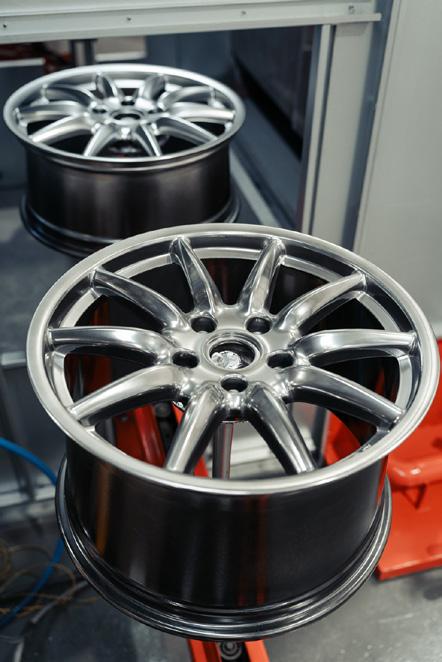
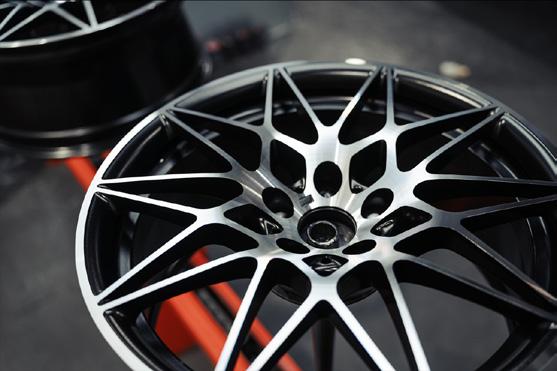
VACC has launched its latest advertising campaign to capture the traditional end-of-year recruitment wave for new automotive apprentices. Timed to align with school leavers exploring career pathways, the campaign features VACC and TACC’s Apprentices at work.
Featuring striking visuals of this year’s Apprentice Awards winners, the campaign aims to inspire the next generation of automotive professionals by highlighting the opportunities and rewards of automotive apprenticeship with VACC/TACC.
The creative materials will run across digital, print, and social channels, reaching both young people considering their first job and career changers looking for stable, future-focused work.
By putting award-winning apprentices front and centre, the campaign demonstrates the real-world success that comes with dedication, high-quality training and mentoring that our apprentices enjoy.
This initiative is part of VACC’s ongoing efforts to build the future workforce, strengthen the pipeline of skilled talent, and ensure workshops are well-equipped for the challenges and opportunities ahead.
VACC and TACC members have access to a dedicated Workplace Relations and Occupational Health, Safety & Environment (OHSE) service—providing specialist advice designed to protect businesses, support compliance, and create safer, more productive workplaces.
The Workplace Relations team offers practical, tailored guidance on awards, pay rates, employment contracts, and employee dispute resolution. The service provides timely and accurate advice to help employers remain compliant and confident.
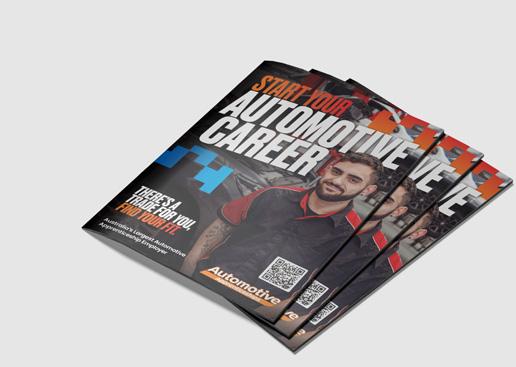
In parallel, the OHSE team assists members in navigating complex workplace safety obligations. From risk assessments and safe work procedures through to accident investigations and WorkSafe compliance our experts deliver advice and resources to reduce workplace risks. Members can also access templates, policies, and checklists—ensuring they are equipped with the right tools to meet various legislative requirements. The combined service recognises that workplace relations and safety are closely linked. Supporting staff wellbeing while meeting regulatory obligations not only reduces risk but also builds stronger, more resilient businesses. Please contact the workplace relations team on 03 9829 1111 or email ir@vacc.com.au
For modern workshops, access to the right technical information can make all the difference between a quick repair and hours of lost time. That’s where a MotorTech membership comes in—delivering trusted, up-to-date technical data and resources tailored for the automotive industry. MotorTech provides members with direct access to comprehensive repair manuals, wiring diagrams, service schedules, and diagnostic procedures across a wide range of vehicle makes and models. This information is sourced from both our extensive library as well as from leading global databases and continually updated to keep pace with rapidly changing automotive technologies, including hybrids, EVs, and advanced driver assistance systems.
Beyond technical data, MotorTech membership offers practical tools to improve workshop efficiency and profitability. Features include detailed labour times, parts catalogues, and service bulletins, ensuring businesses can quote with confidence and streamline workflow.
Most Importantly, MotorTech support is backed by VACC expertise, where you can rely on local industry specialists – on the phone – or email, for guidance and troubleshooting support.
In a competitive industry, staying ahead means working smarter. MotorTech membership equips workshops with the resources to service vehicles safely, accurately, and profitably, helping you deliver quality outcomes every time. Find out more about Motortech subscription here: motortech.com.au
Training for electric vehicles is proving increasingly popular among members, as workshops prepare for the growth of electrified vehicles on Australian roads. The surge in demand reflects the industry’s recognition of the critical need to upskill technicians in high-voltage vehicle systems.
VACC’s training program is designed to equip automotive professionals with the skills to safely service, depower, and reinitialise EVs. The one-day AURETH101 course—Depower and Reinitialise Battery Electric Vehicles—has become a key entry point for technicians seeking to expand their capabilities.
This training is more than just a compliance exercise, it’s about ensuring safety, protecting workshop staff, and future-proofing your businesses. Participants gain handson experience with EV systems and, every member business who enrols receives a free safety glove kit.
The growing popularity of the course highlights the industry’s shift toward readiness for new technologies. With EV sales climbing, the ability to confidently service these vehicles is fast becoming a competitive advantage for workshops.
Find out more about EV Training and register here: vaccsdc.com.au
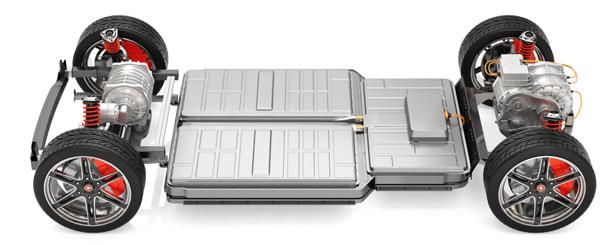
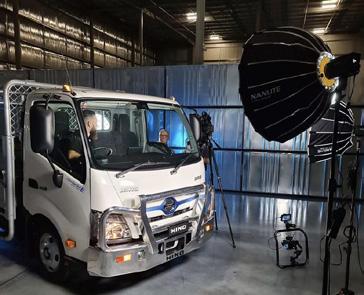
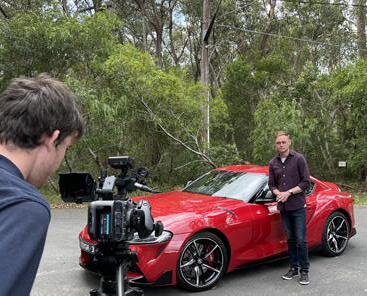
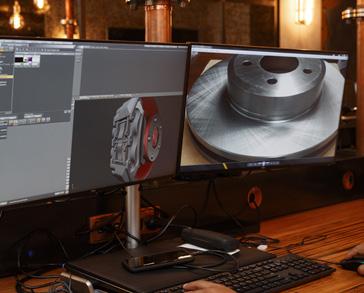
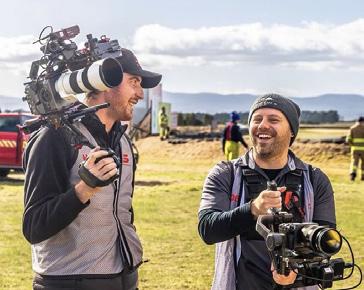
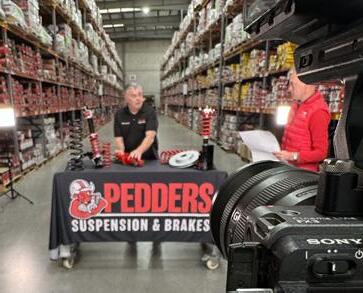
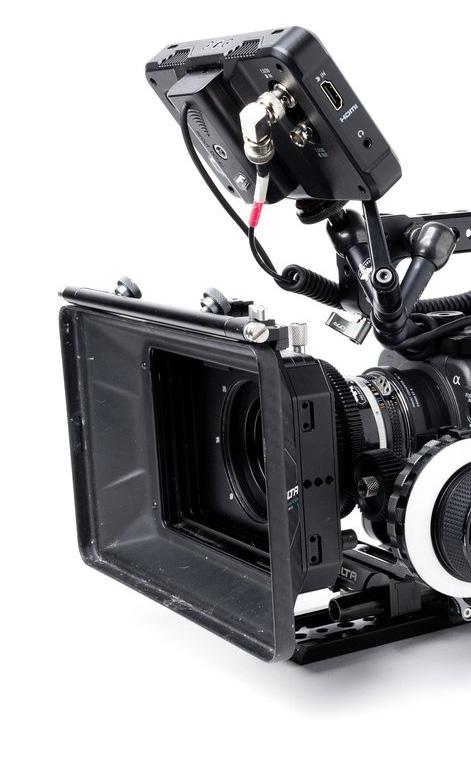
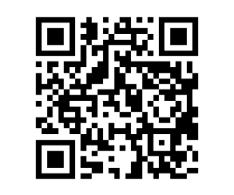
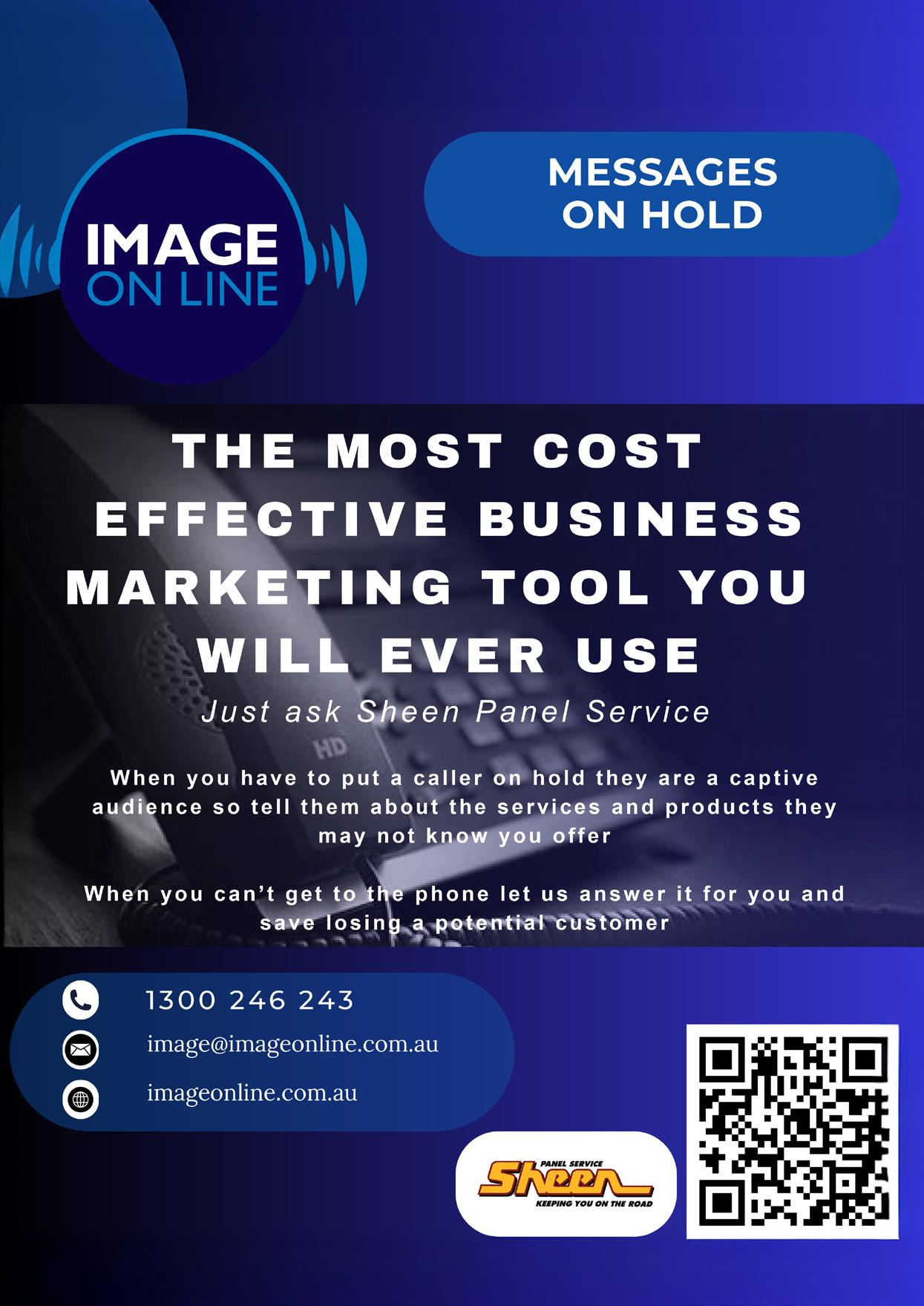
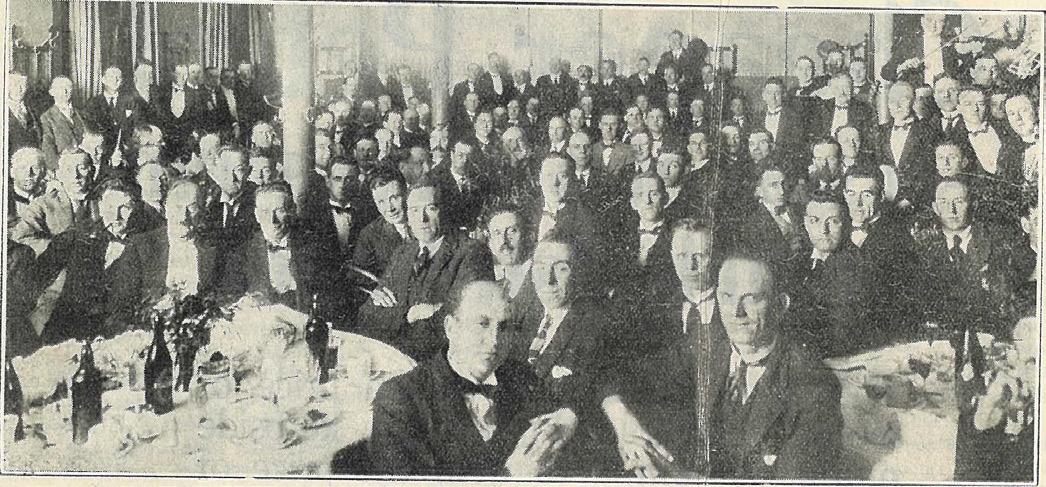
photo taken of the Annual Meeting and Dinner of the Victorian Automobile Chamber of Commerce, held at Sargent’s Cafe, Elizabeth Street, Melbourne, on Tuesday evening, September 22.
The spirit of geniality and good fellowship marked the Annual General Meeting and Dinner of the Victorian Automobile Chamber of Commerce, held at Sargent's Cafe, 28 Elizabeth Street, Melbourne, on Tuesday, September 22nd, at 6 and 7 o'clock respectively.
There was a large and representative gathering of members from all parts of the State.
The President of the Chamber, Mr. J. McMillan, presided.
In opening the meeting he stated he was pleased to see such a large attendance of members and it augurs well for the future prosperity of the Association.
He then called on Mr. E. K. Varcoe, General Secretary, to read the minutes of the last Annual General Meeting, held on the 23rd September, 1924, and at the conclusion of the reading of the minutes, Mr. Arthur Kent, of the Kent Motor and Engineering Co. Pty. Ltd., moved that the minutes as read be confirmed and was seconded by Mr. R. E. Dalton, of the Dominion Motor and Engineering Works, Camberwell, and carried with acclamation.
The Chairman stated that this was the most successful year the Association had had, mainly on account of the enthusiasm displayed by the members and through them the trade interests, is the only way to carry into effect matters of their Executive. He further stated that meetings during the twelve months had been well attended and that they were looking forward to an even more prosperous twelve months than the past. He then called on the General Secretary, Mr. E. K. Varcoe, to read the seventh Annual Report and Balance Sheet of the Executive, which appeared in the September issue of the Journal.
It was moved by Mr. J. E. Russell, Box Hill, and seconded by Mr. F. R. Paillot, Mooroopna, that the report as read be received.

It was moved by Mr. F. C. Blacklock, and seconded by Mr. J. Hickey, Wangaratta, that the report and balance sheet as received be adopted. The motion on being put was carried.
The President stated that as there was no other business to discuss at the Meeting, he would conclude the meeting by stating that the time for the balloting for the office of President had closed and that Messrs. T. R. Haslam, Ballarat, and E. H. Godfrey, Melbourne, would officiate as scrutineers for the Presidential Election and make known the election at the Annual Dinner held that evening. The President then declared the meeting closed and invited all present to adjourn to the other room, where a dinner and social evening would be provided.
Prior to closing the meeting, a hearty vote of thanks to the Chairman was carried with acclamation.
Mr. J. McMillan, President, occupied the chair at the function, and in doing so extended a hearty welcome to all visitors and members of the Association, and said that it was the only time of the year that the motor traders had an opportunity of discussing their troubles with one another, and he was quite convinced that at the end of the evening they would come to one decision and that was that by their conversations together they had benefited by one another's experiences.
The progress of the Association had been most noticeable, particularly during the last six months since the election of Mr. E. K. Varcoe as General Secretary, and judging by the feeling expressed at the meeting held prior to the dinner, there was every likelihood of the Association becoming the most united and powerful organization of its kind in the Commonwealth. He further stated that he had pleasure in saying that all Past Presidents of the Association were present that evening, and it clearly showed that the Association did not forget the men who helped to lay the foundation stone. He then called on those present to bring the health of “The King,” which was drunk with musical honours. After those present had partaken of a

